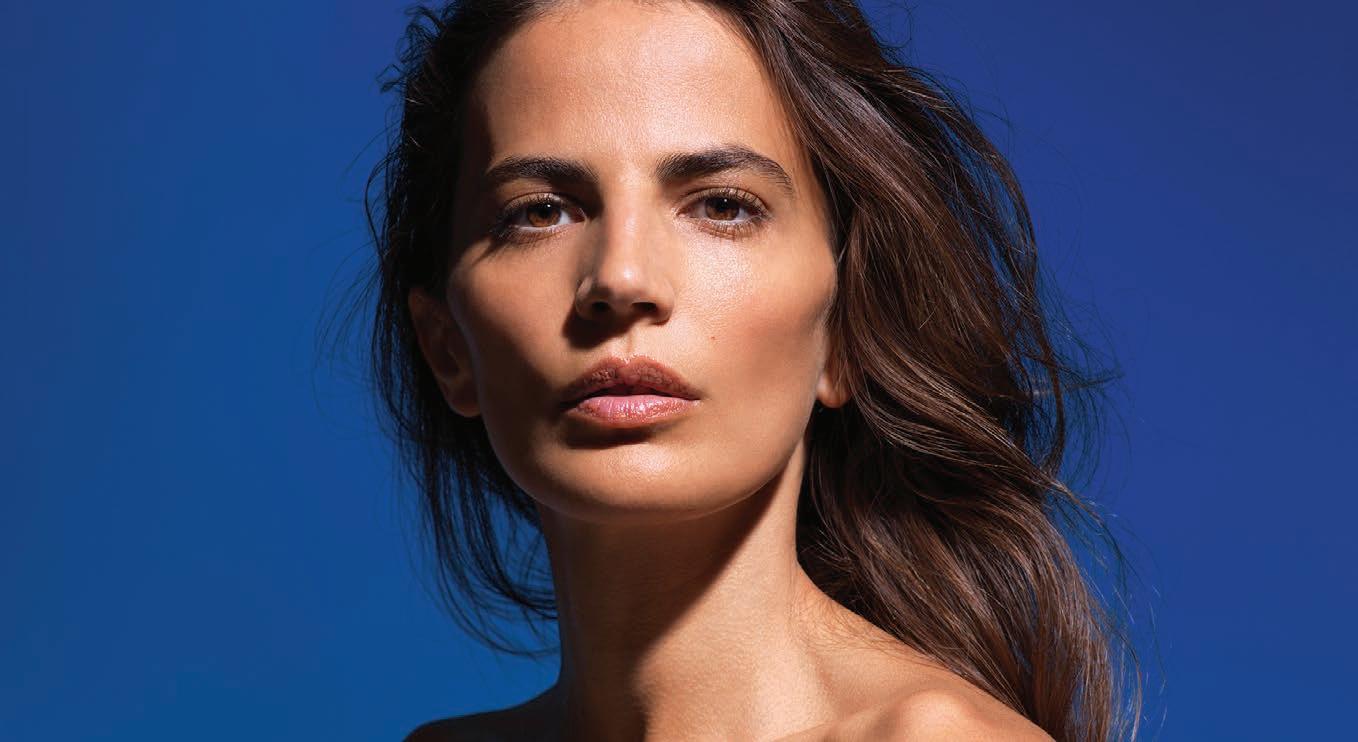
10 HEALTH CHECKS TO DO AT HOME plus WHY WE’RE PUTTING BABIES ON HOLD DISH UP NATIVE TASTES

THERAPY GOES BACK TO NATURE Beauty CREATE A BOLD FOCUS


10 HEALTH CHECKS TO DO AT HOME plus WHY WE’RE PUTTING BABIES ON HOLD DISH UP NATIVE TASTES

THERAPY GOES BACK TO NATURE Beauty CREATE A BOLD FOCUS
The House of Wellness TV co-host Melissa Doyle on fi nding balance, embracing



















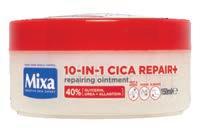
The gentle soap-free cleansing gel that softens, hydrates and respects
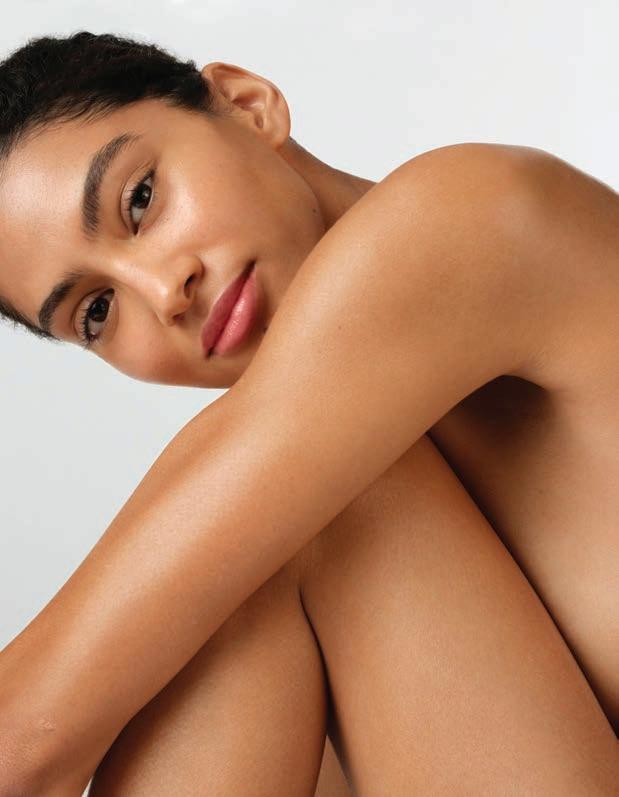

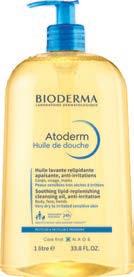








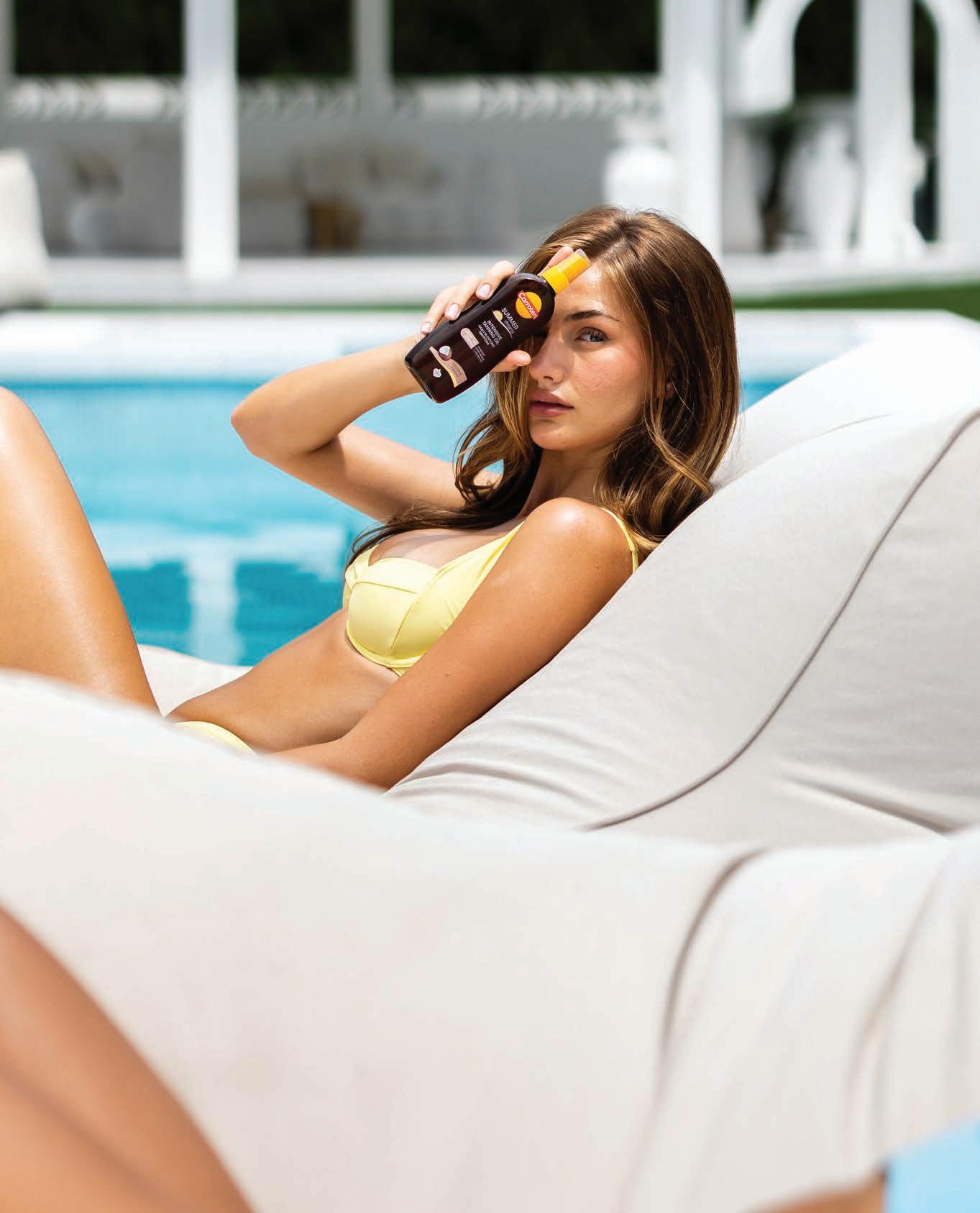

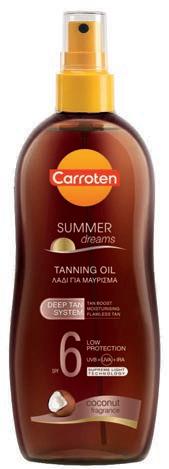


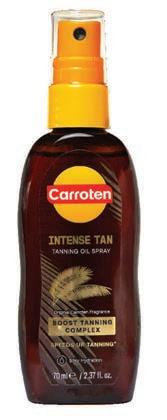
THE HOUSE OF WELLNESS is published for Chemist Warehouse by News Corp Australia
PUBLISHER
Chemist Warehouse
SUDDENLY MANAGING DIRECTOR
Nick Smith
CREATIVE CONTENT DIRECTOR
Fiona Welsh
EDITOR
Laeta Crawford
CREATIVE
Pascale Clearihan
Meisha Reynolds
Sheridan Frawley
SUB-EDITORS
Maureen Doyle
Joanne Trzcinski
Cathy Laird
PHOTOGRAPHY
News Corp Australia
Getty Images
Snapper Images
The Herald & Weekly Times Pty Ltd
ABN 49004113937
HWT Tower, 40 City Rd Southbank, Victoria 3006
COLOUR
SEPARATIONS
HWT Imaging
PRINTING
IVE Group
HOUSE OF WELLNESS
PRINT PRODUCTION SPECIALIST
Kayla Elgaznieks
houseofwellness.com.au
thehouseofwellness@ news.com.au
The House of Wellness is published quarterly by The Herald & Weekly Times (ABN 49004113937) on behalf of Chemist Warehouse. Prices correct at time of printing. All products subject to availability. Not all products or promotions are available online. Information correct at time of going to print.
AC-008563
Melissa Doyle is all for living a life with balance — purposely slowing down and enjoying the good things in life while focusing on her own health and wellness.
As a career journalist, who for many years juggled early morning starts on breakfast TV while raising her children, Mel is relishing her latest role as The House of Wellness TV co-host, alongside Shane Crawford.
“I’d like to think that I worked my butt o for a hell of a long time to get to this point. I’ve slowed down a lot purposely,” she notes.
“The older I’ve got, the more I’ve learnt about balance and just doing the best I can.”
Podcast host and author Sarah Grynberg reveals how a random sick day changed the course of her life for the better, while Gotcha4Life ambassador Hugo Toovey shares how his own battle with two cancers prompted him to start a charity focused on the health of young people.
We investigate the growing trend of people delaying having children, learn how a viral mindset hack could help free you from emotional angst and discover the benefits of abstaining from alcohol.
Plus, make-up techniques to avoid (and take years o your face), our how-to guide for dramatic eyes, and all our regular health and lifestyle features.
Stay w l and enjoy!
From the team at The House of Wellness


HOUSE
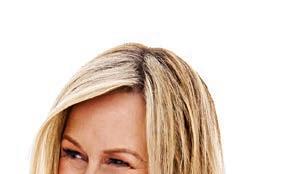

STEVEN CHEE
STYLING
NATALIE SHEHATA
HAIR AND MAKE-UP
SONYA DOWNIE
Mel wears Viktoria & Woods skirt and vest, Ole Lynggaard Copenhagen jewellery (worn throughout) and her own shoes
COVER Scanlan Theodore top and skirt


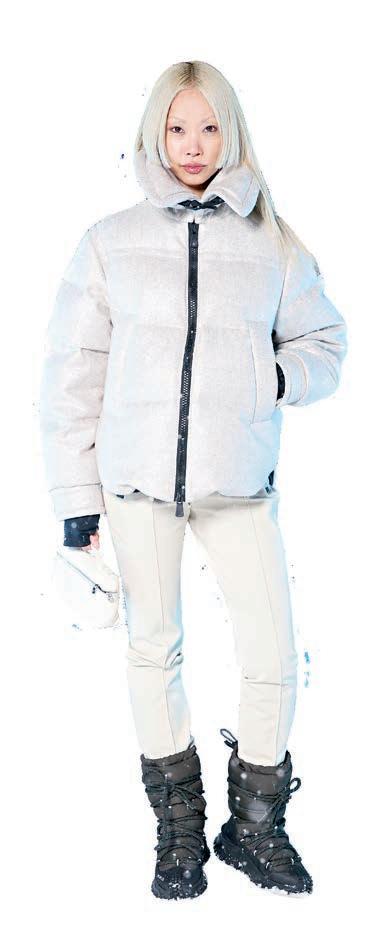



Trends
8 We are loving
Cosy comfort that’s hot
Style
11 Healthy winter hair
Protect your scalp and tresses against the cold
16 Get the look
Elevate your eyes to the extreme
19 Turn back time
Tricks to avoid ageing make-up
20 Beauty forecast
The outlook is frosty
23 Spritz blitz
The spray is here to stay
27 Rich rewards
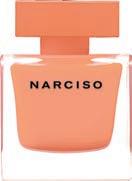
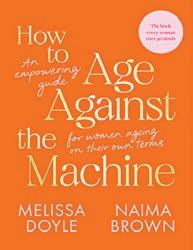
Health
63 Home remedy
10 simple ways to keep a check on your health
67 Baby on board
What to know about gestational diabetes
68 Vet’s diagnosis
Take care of yourself, too
71 Stepping up
Pharmacies a hub of community health
72 On the ball
The latest on dealing with testicular cancer
75 The good fight
An Army Major speaks up for young people’s health
Warming fragrances
28 Fashion
An eye for detail
31 Cool aura
Edgy layering pieces
Features
40 You before me
Get to know your parents
44 Putting o pregnancy
Why we are waiting longer to start a family
48 Let it go
What others do is not your problem
52 When the party’s sober
The benefits of going alcohol-free
55 Support system
Navigating childhood hearing loss
56 My life
Sarah Grynberg
59 Keeping it fresh
MasterChef Australia judge Jean-Christophe Novelli
77 Dr Sally Cockburn
Winter health myths busted
Live well
81 Native influence
Bushfoods brought home
86 Power forward
Michelle Bridges talks perimenopause
89 Natural high
The great outdoors works wonders on the inside
Also
93 Decor
95 Books
96 What’s on and quiz
98 Cover up
Protecting your skin all year round

Simply tell us in 25 words or less how you have looked after your wellbeing as you have aged.
Competition entries open at 12.01am on Saturday, June 28, 2025, and close at 11.59pm on Sunday, July 27, 2025. Email your entry, name and contact details to thehouseofwellness@news.com.au
Compiled by Penny Harrison

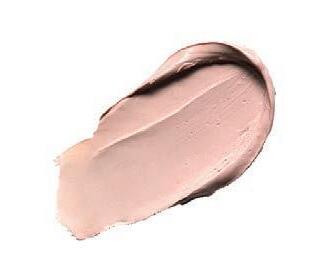
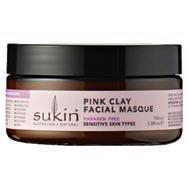

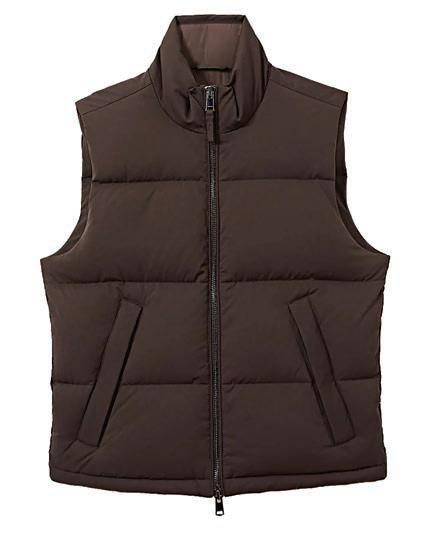

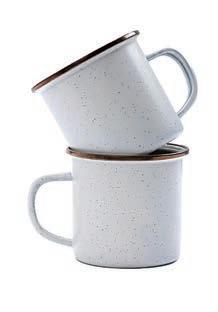
Abigail scarf, $139, uimi.com.au; Reiss Jessie quilted vest, $395, next.com.au; Hario Buono kettle, $239.95, alternativebrewing.com.au; Barebones enamel espresso cups, $29 (set of two), homecamp.com.au; Fairford wood bucket, $99, earlysettler.com.au; Bobbi ankle boots, $159.95, merrypeople.com; Sukin Pink Clay Facial Masque 100ml, $17.99
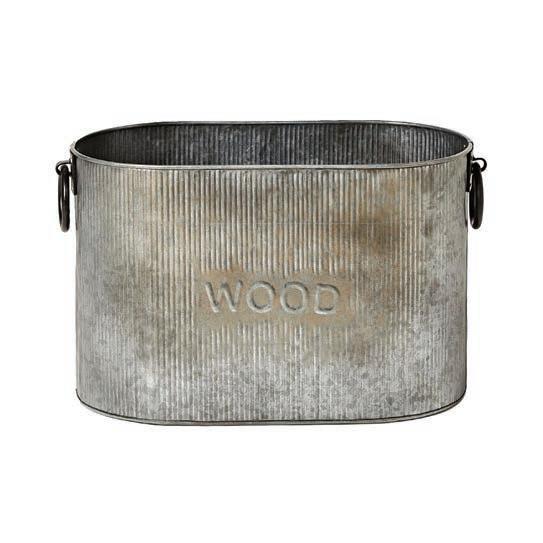
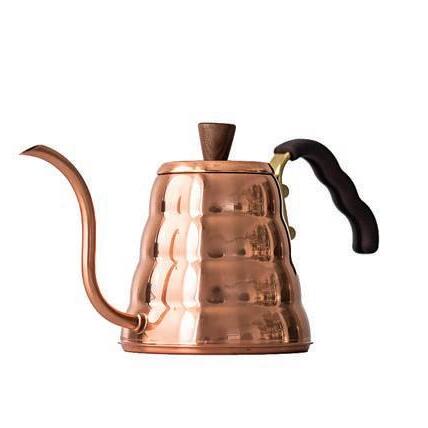


TELEGRAPH STOOL, FROM $250, FIVEMILERADIUS.ORG
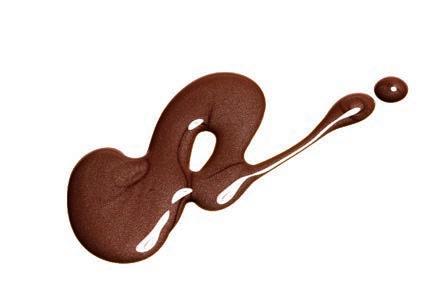
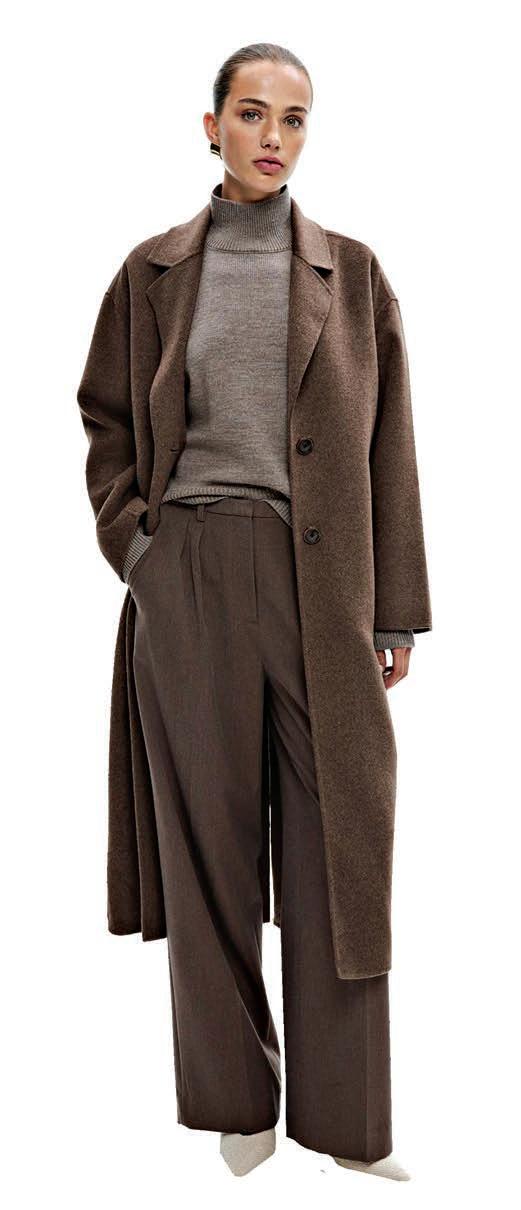
HI NECK RELAXED KNIT, $159, WITCHERY.COM.AU


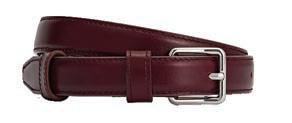




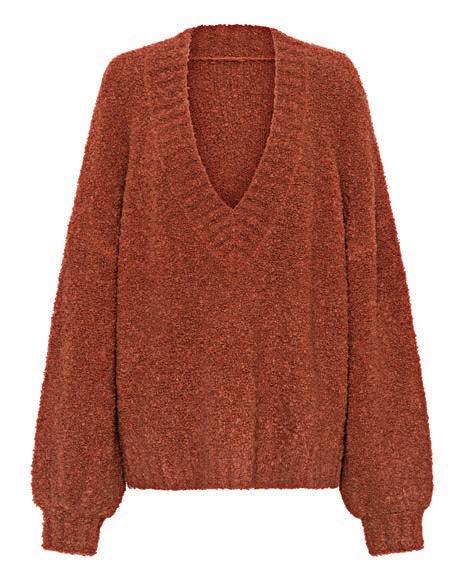




CLOCKWISE FROM TOP LEFT Mavala Mini Colour Firenze Brown Nail Polish 5ml, $8.49; Marimekko Karla shoulder bag, $375, nordicfusion.com.au; Garmin Lily 2 classic smartwatch, $499, garmin.com; Morgan & Taylor Valentine beanie, $49.95, theiconic.com.au; Bohemian Traders boucle jumper, $330, harryandgretel.com; Storylines Friend notebook, from $16.95, creatorsfriend.com.au; HK Living stoneware planter, $349, houseoforange.com.au; Printworks Swell lacquered tray, $89.95, until.au; Yves Saint Laurent Libre 90ml EDT, $169.99; Huddle by Jade Miles, $45, hardiegrant.com; Covergirl Trunaked Eye Shadow Palette Desert Heat, $19.99; Florence belt, $129, oroton.com


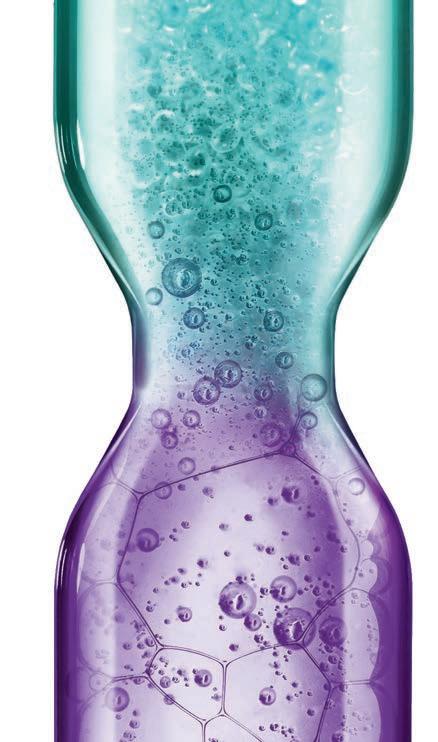



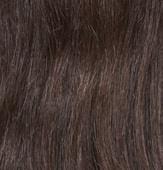

Your hair doesn’t have to succumb to the season’s harsher elements
Words Charlotte Brundrett


Brittle ends, flat roots and untameable flyaways are just some of the seasonal predicaments that affect hair during winter, and yet most of these concerns can be reduced — and even avoided — with the right tools, products and care. Our hair type and its condition ultimately determine factors such as texture and density. But simple habits such as having regular trims, introducing treatments and masks into your routine and avoiding excessive use of heat tools — especially without heat protectants — all provide the building blocks for stronger, healthier hair.

Many avoid hydrating products out of fear they will weigh down their hair and reduce time between washes. However, this attitude can lead to damaged hair that’s prone to split ends and fallout. Sunshine Coast hairstylist Cass Kallas says moisture isn’t an option, but a necessity. “Winter can be tough on your hair, with all the dry air, harsh winds and indoor heating. The key is moisture: your hair’s best friend,” Cass says. “Always start by using a good hydrating shampoo and conditioner. I live for rich, moisturising products that leave hair soft and nourished.”
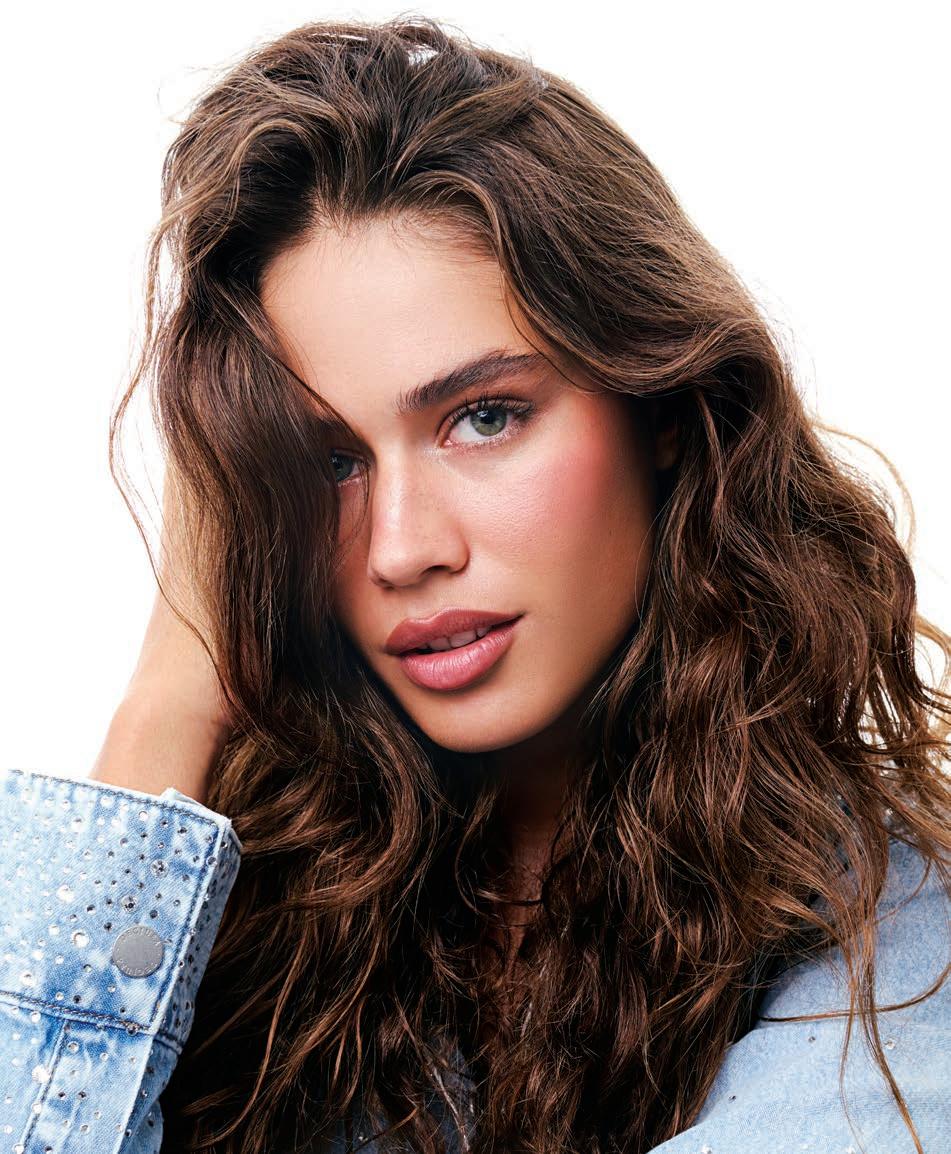
“WE CAN’T NEGLECT THE SCALP. THIS IS THE ROOT CAUSE OF MOST HAIR ISSUES.”

The scalp is often overlooked, despite being the foundation for hair growth. “We can’t neglect the scalp. This is the root cause of most hair issues. Thankfully, scalp health is finally being put on the radar, which I’m so here for,” Cass says. In addition to scalp scrubs and masks designed to detoxify the scalp and provide a deep cleanse from product buildup, regularly brushing and massaging your scalp helps to promote blood flow to the area, which can support hair health.

Bond builders and protein treatments have revolutionised the hair industry. “These treatments help strengthen hair by repairing bonds broken during colouring or bleaching,” Cass says. But, she cautions, like anything, too much of a good thing can backfire. “Overdoing protein treatments can lead to protein overload, making your hair feel stiff, brittle and dry,” she says. This is particularly pertinent to people with low-porosity locks, as their hair type can be sensitive to protein and prone to overloading from excessive treatments. “If you overdo protein without enough moisture, your hair can feel dry and straw-like,” Cass says. “So, I recommend using bond builders and protein treatments as needed — usually once a week — and always follow up with adequate moisture.”


CASS SAYS SLEEK, GLOSSY HAIR — ALSO KNOWN AS “GLASS HAIR” — IS HERE TO STAY. “PEOPLE ARE REALISING THAT HAIRCARE IS JUST AS ESSENTIAL AS OUR OTHER BEAUTY ROUTINES,” SHE SAYS.

This quintessential 2010s trend is back in a big way, but Sydney hairstylist and Raw salon owner Anthony Nader recommends being more subtle this time around. “I’m a fan of the trend, provided the ‘dip’ isn’t extreme or akin to a Cadbury Top Deck,” he says.
“The key to this French painting technique is less is more, always.”


Bedhead hair is another 2010s trend having a resurgence, but much of the styling comes down to the right cut. For the ultimate messy — yet chic — tousled look, ask for lots of face-framing layers for added dimension.

The “clean girl” aesthetic is less of a focus this season, but sleek, timeless hairstyles aren’t fading away any time soon. According to Anthony, the right styling tools are essential for this look.
“Opt for products that aren’t heavy or gel-based, as they contribute to the style falling and looking wet.”
Upgrade your toolkit with these new launches designed to achieve and maintain healthy, nourished hair
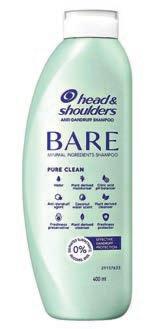

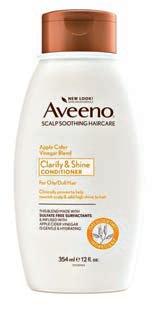

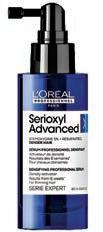


WE LIKE Head & Shoulders BARE
Pure Clean Shampoo 400ml, $18.99; Aveeno Apple Cider & Vinegar Blend
Clarify & Shine Shampoo For Oily/Dull Hair 354ml, $16.99; Aveeno Apple Cider Vinegar
Blend Clarify & Shine Conditioner For Oily/Dull Hair 354ml, $16.99; Garnier Fructis Damage Eraser Keratin Filler 200ml, $14.99; L’Oréal Professionnel Serie Expert Serioxyl Advanced Densifying Professional Serum 90ml, $56.99; Palmer’s Amino Bonding Complex Leave-In Treatment 198ml, $16.99; L’Oréal Professionnel Serie Expert Absolut Repair Oil 90ml, $33.99

“Going from warm summer days into the colder more windy days, especially after I have a hot shower, my biggest skin challenge for winter has definitely got to be the feeling of dehydration and dryness on my body and eczema-prone hands. I want to make sure that anything I use on my family’s skin is gentle and effective. Especially with children as young as mine.”
TV PERSONALITY, MUM, AND LIFESTYLE CONTENT CREATOR, SARAH FAHD
That’s why Sarah turned to Mixa, the sensitive skin expert. Developed by a pharmacist over 100 years ago, Mixa offers scientifically proven formulas tested under medical control — and 100% tested on sensitive skin. France’s #1 body moisturiser brand!* “They have been around for so long and have a great reputation.”
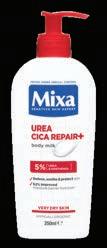
Deep Hydration
Sarah’s day starts with Mixa’s Cica Repair Lotion – Formulated with 5% Urea & Panthenol this lightweight, non-greasy moisturiser is scientifically proven to reduce extreme dryness & roughness, with 95% of users agreeing their skin felt smoother after just one week^^.
“At the moment I like to opt for this lighter texture moisturiser for the day under my clothes. It doesn’t have a greasy texture and absorbs nicely. You also don’t need to use much. A little goes a long way.”

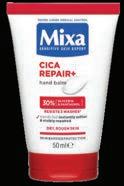

Target Relief for Dry Spots
“In winter my hands are extra dry, Cica Repair+ Hand Cream is a need in my bag. Dryness between my fingers sometimes requires something with more of a barrier like the Mixa 10 in 1 Repairing Ointment. I also like using that on my cuticles, elbows and heels.”
Mixa 10 in 1 Repairing Ointment is a targeted solution for extremely dry areas like feet, knees, hands, and elbows, formulated with 40% Glycerin, Urea, and Allantoin to repair, reduce cracks due to dryness, smoothe & strengthen the skin moisture barrier.
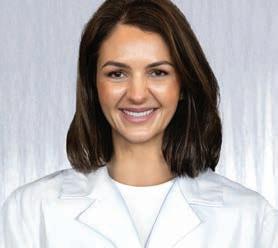
DERMATOLOGIST
DR. ANNALIESA WRIGHT
“As a dermatologist, I treat a wide range of skin concerns - from common conditions to issues such as redness, dark spots and dryness. These concerns can lead to persistent discomfort, and even sleep disruption, all of which can significantly affect daily life.
For those with sensitive skin, choosing the right skincare is essential. Look for gentle, hydrating, hypoallergenic formulas that include supportive active ingredients like Urea. Urea is a powerful humectant that attracts and retains moisture, helping to soothe, soften, and restore dry or rough skin - while remaining incredibly gentle.”
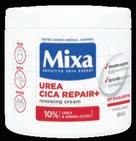
As the day winds down, Sarah reaches for the Mixa Cica Repair Cream. Formulated with 10% Urea & Amino Acids this rich, fast absorbing cream visibly reduces flakes by 90% in 1 use**, with 95% of users agreeing dry areas appear less rough within 1 week^. Ideal for dry, rough patches needing intensive care. “At the moment I am all about richer creams for the evening. I love the texture and how soothing it feels on my skin. I can genuinely still feel it working on my arms and legs the following day.”
For the kids Sarah opts for the Panthenol Comfort Range.
“Both my youngest son and I have eczema-prone skin so once I heard about the Panthenol range and how it has been scientifically proven to be gentle and effective for sensitive skin, and that it can be used on all our skin, I had to try it out. I fell in love with it straight away.”


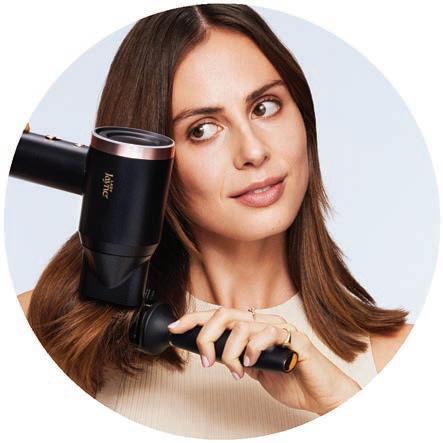







94% OF USERS AGREED Gave similar results to other higher-end brands!








JADE KISNORBO

It’s great to see maximalist trends such as statement eye make-up being embraced once more. The antithesis of clean girl beauty, extreme eyes embolden people to get more creative with their look

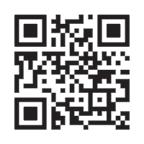
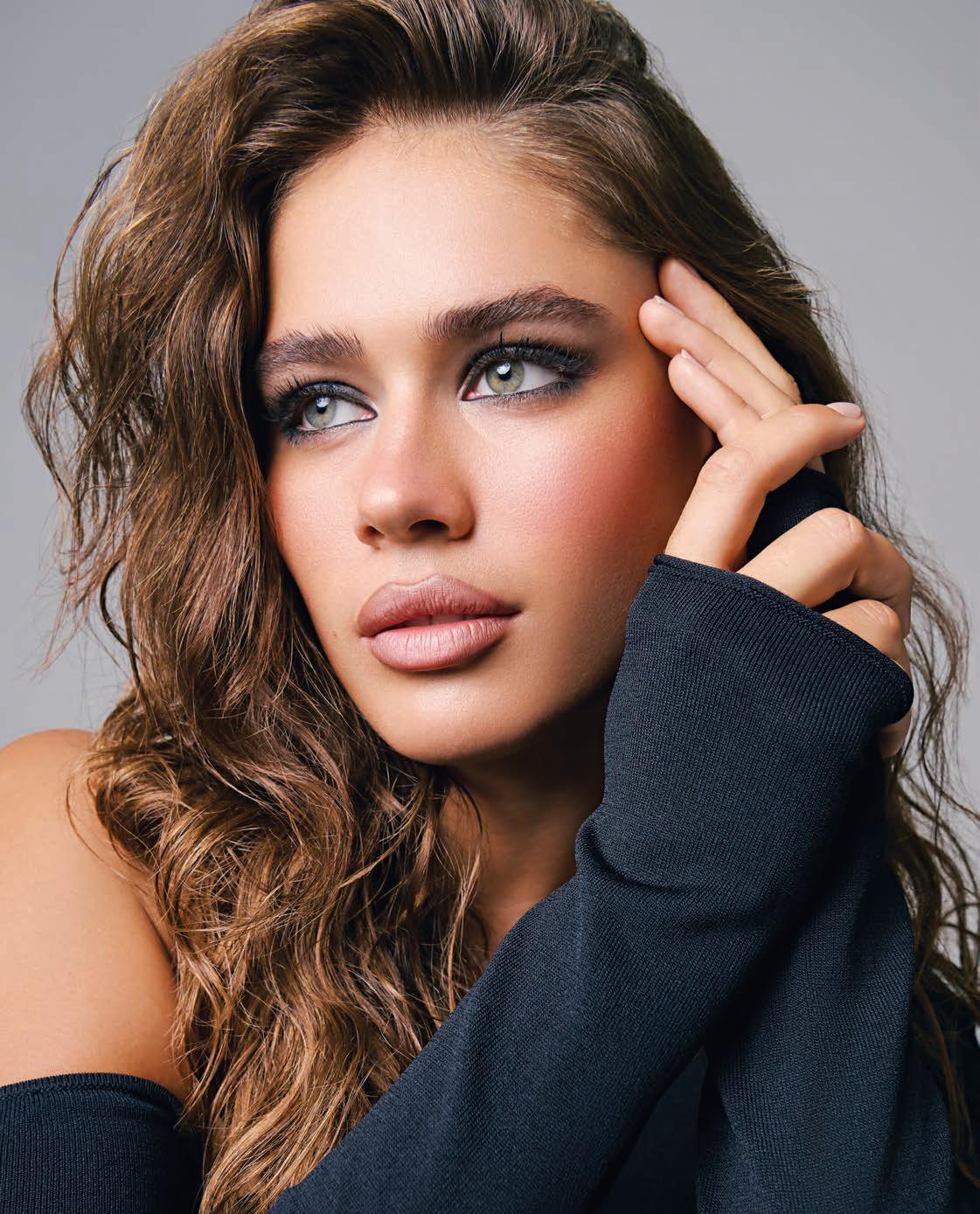


1
When we think about maximalist beauty, it’s often tied to the idea that more is more. However, when creating a statement look, the easiest way to make the focal point of your make-up truly pop is to make everything else toned down and muted. For this look, I’ve created a simple, dewy base that doesn’t distract or take away from the eyes. To achieve this base, you’ll want to ensure the skin is adequately prepped and hydrated. Next, take your preferred liquid illuminator to give that ‘glow from within’ effect to the skin. Once that’s blended in, apply a light layer of your preferred foundation; I’d recommend a glowy formulation for added luminance. Lastly, spot conceal, but only where necessary.
WE LIKE Revlon Illuminance Hydrating + Smoothing Primer, $24.99; Revlon Illuminance Skin Caring Foundation, $36.99


2
Depending on your skin type, you might want to set your make-up with a light dusting of powder to help avoid shine on the T-zone. Because this eye look is quite grungy and not precise, it’s prone to eyeshadow fallout. If you’re working with a lot of powder eyeshadows, do your eye make-up before your base so it’s easier to clean up. For this look, I went in with a dark eye crayon, applying it along the upper and lower lash line, avoiding the inner eye area as we want it to look open and bright. Using a brush, smudge the pencil out and upwards to the ‘outer V’ part of the eyelid; this lifts the eye area and is a great technique for hooded eyes. For added intensity and to help set the cream eye base, go over the area with eyeshadow.
WE LIKE NYX Jumbo Eye Pencil in Black Bean, $14.99; Rimmel Scandaleyes 5 Pan,

3Once the framework of the eye look is done, go in with your preferred eyeliner and line the upper and lower waterline and upper lash line to intensify the smoky effect. Coat your lashes with two coats of mascara (allow adequate time for each layer to dry), and the eyes are done. To complete this look, use a tinted brow gel to shape and lift your brows. This will polish the brows without looking overdone.
WE LIKE Maybelline Tattoo Liner Gel Pencil in Black, $16.99; L’Oréal Paris Lash Paradise Mascara Black, $21.99

lips
For an updated take on the concealer lip, line your lips with a shade close to your natural lip, but darker and browner to contour and add dimension, which is important when you’re working with such light shades. Next, apply your preferred nude lipstick and then, using a cream or liquid concealer, blot a tiny amount into the centre of your lips.
WE LIKE Rimmel Lasting Finish Lip Liner Brownie Pie 790, $10.99; Nude by Nature Flawless Concealer, $22.99; L’Oréal Paris Le Matte Resistance 105 Breakfast in Bed, $26.99




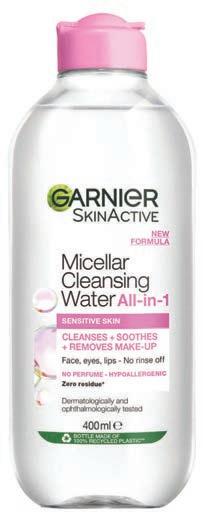

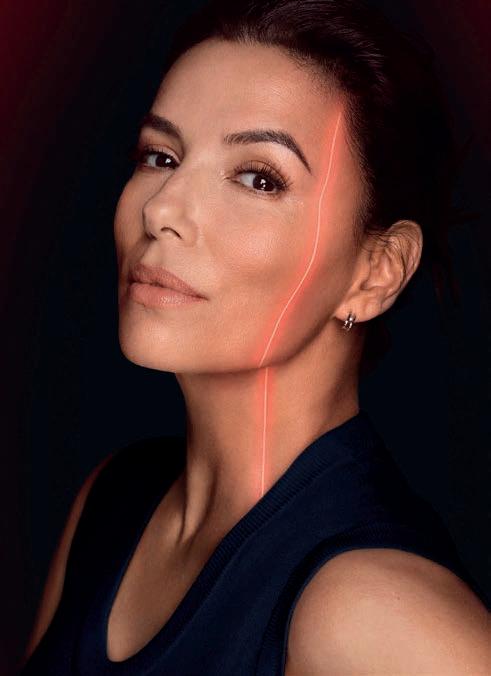

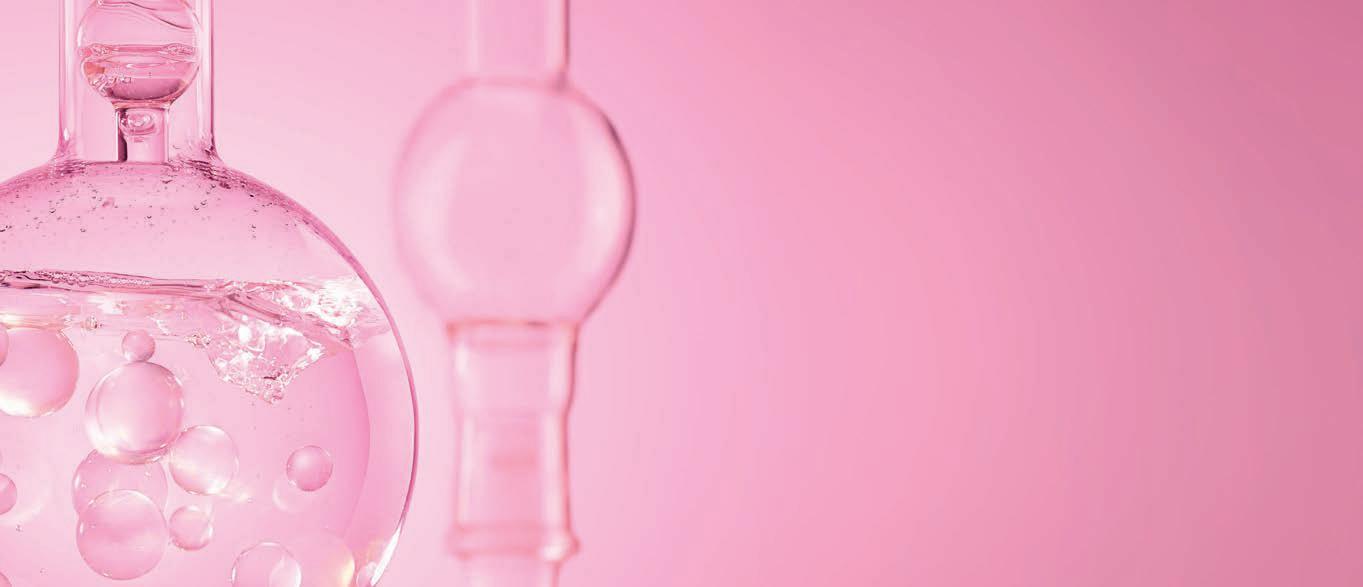

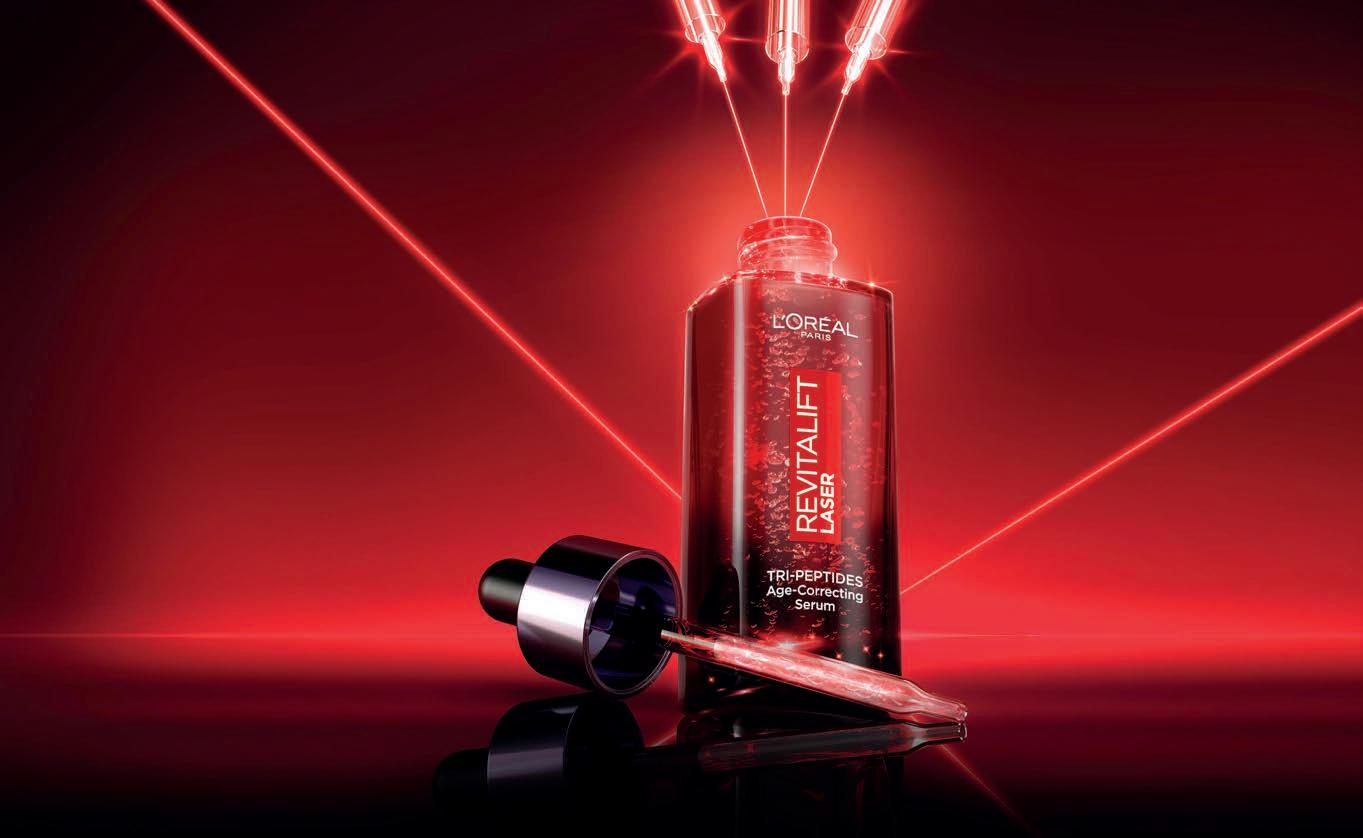



Skip these if you don’t want to add years to your face
Words Tania Gomez
The eyes are often one of the first areas of the face to show signs of ageing, so it pays to be clever with how you apply eye make-up.
“A common eye technique that I find to be ageing is heavy eyeliner on the lower lash line. This can drag the eyes down, instead of giving a youthful, lifted appearance,” says make-up artist Vic Anderson.
To avoid this, Vic says to simply keep eyeliner to the upper lash line.
Make-up artist Jess Berg says the modern way to apply a base is to avoid a mask-like effect and instead allow the skin’s natural texture to still peek through.
“What you want to avoid is a heavy coverage foundation,” Jess advises.
“I’d go for a light to medium coverage that you can build.”
Another reason to avoid heavy foundation is it can look dry on the skin.
“As your skin starts to absorb some of the foundation throughout the day, the heavier coverage can end up looking patchy and parched,” Jess says. “More visible cracks and crevices can become accentuated, so it’s best to keep your coverage light and breathable.”
The one thing ruining a perfectly youthful pout? Lipstick or lip gloss settling in the lip lines, which can make your lips look quite aged, Vic says.
“(If this sounds familiar) a lip liner laid down before lipstick will help prevent bleeding, as will a little bit of translucent powder pressed into the skin around the edges,” she says.
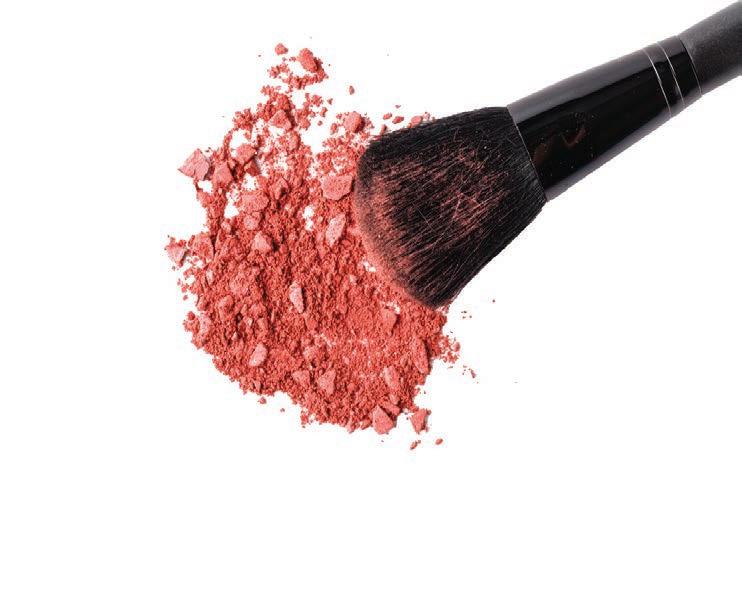
Jess says applying blush correctly should result in a more “lifted” effect, essentially drawing the eye upwards.
Avoid applying blush too low on the apples of the cheeks or drawing ’80s-style “tiger stripes” of colour down your cheeks.
The best way to do blush?
“Apply blush to the high apples of the cheek. You almost want to start directly underneath where your pupil is,” Jess says.
“Draw a straight invisible line down from your pupil to the top of your
us with sparse brows may have to fill in the gaps.
However, Jess warns against going overboard with the eyebrow pencil.
“(The aim is) soft, feathery and lifted brows. It’s important to try to avoid heavy, sharp angles when it comes to brows,” she says.
To get the right effect, consider using an eyebrow gel and brush your eyebrows upwards to lift the hairs.
“Using a micro eyebrow pencil you can draw or ‘feather’ in little individual hairs in an upward motion,” Jess says.
Bear in mind it’s best to avoid pencilling in the tails of your brows too heavily or in a downward motion from your arch.
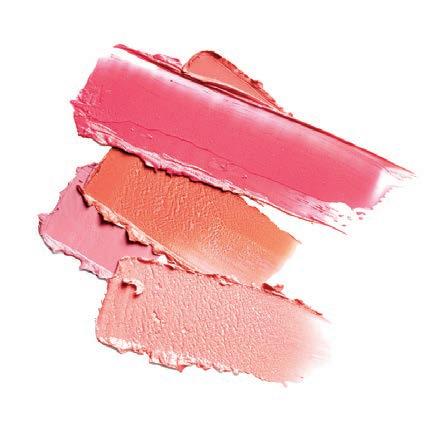
“This can make your eyes look droopy, sad or more aged,” Jess notes.
“Instead, keep them lifted by drawing a straighter line from the arch. This will give you an instant eye lift.”

Icy, cool shades, innovative nail designs and a classic take on eye make-up are just some of the beauty trends making an impact
If you’re finding yourself in a hibernation-induced beauty rut, the abundance of fresh, exciting trends circulating this season will quickly snap you out of it. Take cues from Weinsanto FW25/26 at Paris Fashion Week, which saw models sporting frosted eyelashes, glittery cheeks and cool-tone lipstick, drawing inspiration from the winter chill. If that sounds too experimental for your liking, Sydney make-up artist and hairstylist Fernando Hervas suggests zoning in on one area of the face. “Don’t be afraid to try frosty and cooler tones; it’s all about experimenting with different formulations and finishes this winter,” Fernando says. “If you feel nervous, start small with something like a cool-tone lip liner or frosty lipstick.”
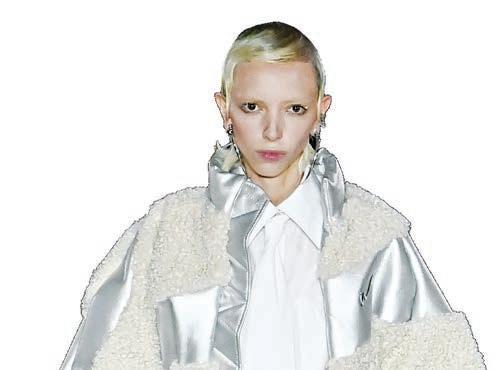
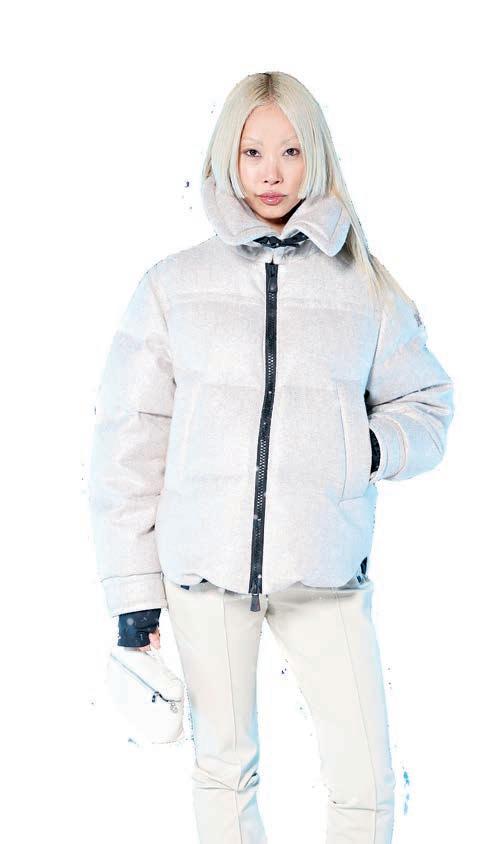
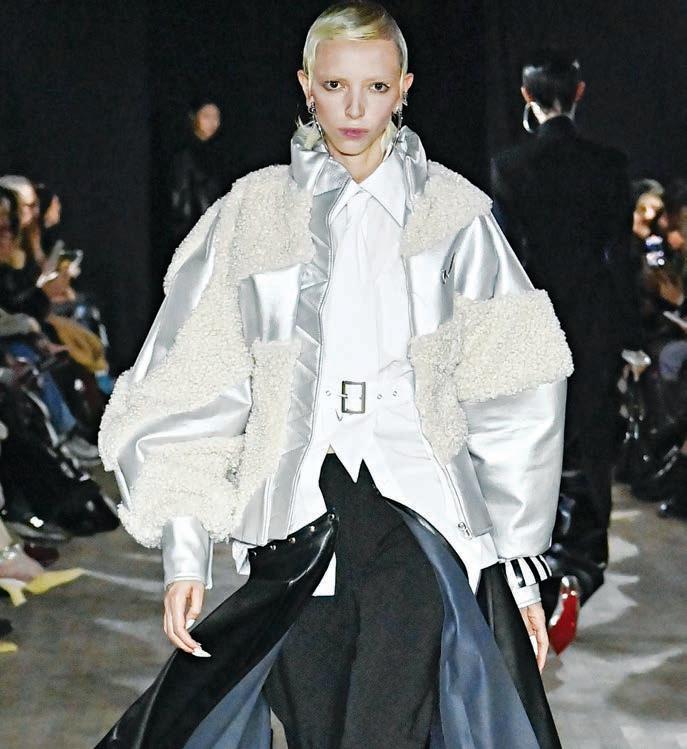
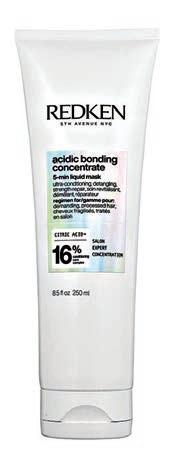


brightness to your eyes.







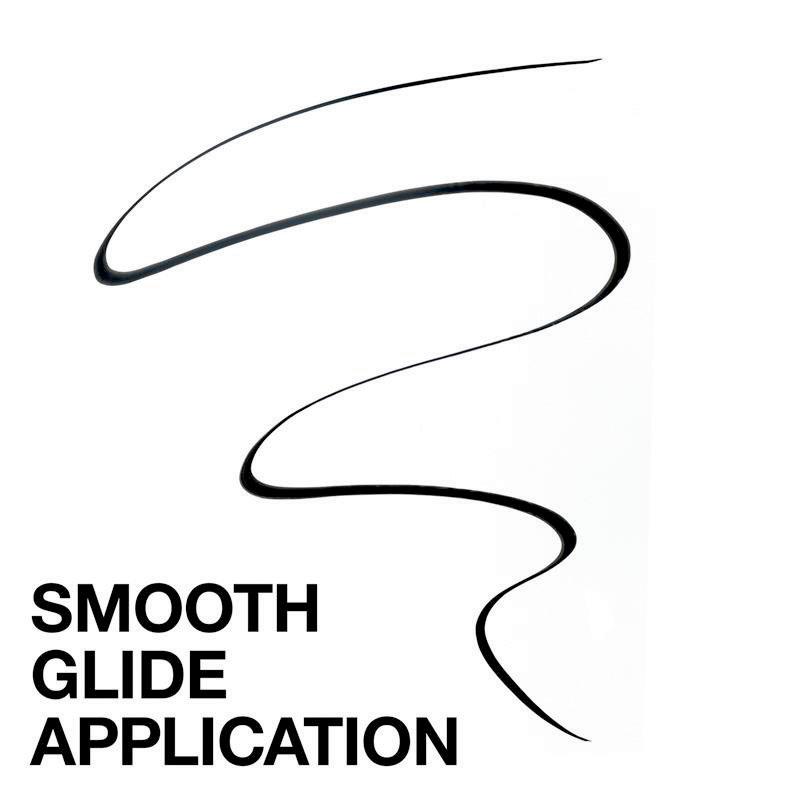
A classic cat eye is one of the most flattering make-up techniques, which is why it’s so timeless. Lots of practice and a steady hand can help, but a long-lasting liquid liner pen removes a lot of the guesswork.
“My hack is to stamp out the shape using a brown eyeshadow using an angle brush, then go over with a liquid eyeliner,” Fernando says.
WE LIKE Maybelline Hyper Easy Eyeliner in Black, $16.99; Covergirl Clean Color Eyeshadow Quad in Classic Smokey, $17.99
SLEEK HAIR DOESN’T HAVE TO BE BORING THIS WINTER. TAKE CUES FROM SAINT LAURENT FW25/26 AND TRY A BRAIDED STYLE INSTEAD OF A STANDARD TIGHT BUN.
Animal print is having a moment this year, and it’s extending to nail design trends. Cow print is an early favourite thanks to its brown tones, which are trending across the board in beauty.
WE LIKE Essie Nail Polish in Odd Squad, $13.99; OPI Nail Polish in Funny Bunny, $18.99; Sally Hansen Miracle Gel Nail Polish Shiny Top Coat, $15.99

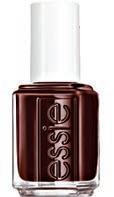




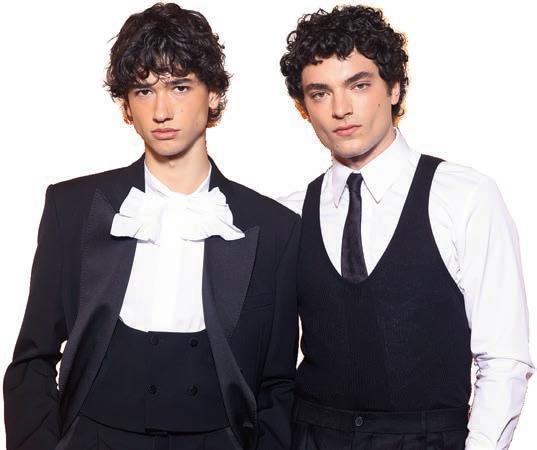

Glossy, textured hair was everywhere during Paris Fashion Week.
“If you want to recreate the look at home, sea salt sprays are making a comeback,” Fernando says.
“To add shine and glossiness, add some hair oil through the ends.”




No longer relegated to the ‘lazy girl’ beauty toolkit, spray formulations have evolved into versatile, high-performance products
Words Charlotte Brundrett
Ever since make-up setting sprays first soared in popularity a few years ago, beauty consumers have recognised the potential of spray formulations.
Nowadays, you would be hard pressed to find a beauty product that doesn’t have a spray formulation alternative.
From face products such as spray foundation, sunscreen and moisturiser, to fake tan and even blush, there is something for everyone.
For today’s beauty consumers, product efficiency remains a top priority. For this reason, New Laboratories chief executive Rohan Widdison says spray formulations are in a league of their own.
“Spray formulations are convenient and efficient to use — a single spray can distribute product more economically over a larger surface area than distributing product by hand,”

Rohan says. “Beauty consumers today love products with an enhanced application experience, where ease of use and mess-free application is just as important as the efficacy of a product.”
According to the cosmetic manufacturer, spray technology has seen a huge evolution in a relatively short period, no doubt accelerated by the pandemic and the need for more hygienic and efficient products.
“Innovation in fine-mist technology means that there is more even coverage and improved absorption in skincare, haircare and other types of cosmetics, so it’s little wonder why sprays are taking off across all categories of beauty,” Rohan says.
“This has led to a range of game-changing products in make-up, skincare, haircare and more. We are seeing spray foundations, blush, highlighter, sunscreens, masks, serums and even moisturisers.”
Air travel often involves decanting beauty products, and make-up brands have seen the demand, boosting the range of travel-friendly products such as sprays.
“Convenience is a big factor for beauty consumers; they like multitasking, quick and easyto-use products,” Rohan says.
“Keep in mind that sprays eliminate the need for brushes, sponges and sometimes even direct hand contact, which means they’re more sanitary and ideal for on-the-go use like travelling or commuting.”
Rohan says there are many possibilities when it comes to the next direction for spray formulations.
“Advancements in microencapsulation, ultra-fine mist bottles, reusable and refillable sprays, and skincareinfused make-up sprays are just some of the innovations


at play,” he says. “Some other options that are already on the horizon include spray foundations that adapt to different skin tones, eco-friendly sprays that utilise compressed air to save on water, and multifunctional sprays that combine skincare or make-up elements like SPF and setting properties.”
Leading Melbourne hair and make-up artist Amy Bysouth is very familiar with spray formulations because they tend to provide a particularly seamless, flawless finish, especially when it comes to airbrush make-up.
“For bridal, I love adding a layer of airbrush make-up over foundation to create a seamless blend and boost longevity,” Amy says.
“For everyday use though, it’s a bit trickier. You usually need to close your eyes when spraying anything on your face, so it’s not the most user-friendly option.”





“CONVENIENCE IS A BIG FACTOR FOR BEAUTY CONSUMERS.”
Rohan W dison







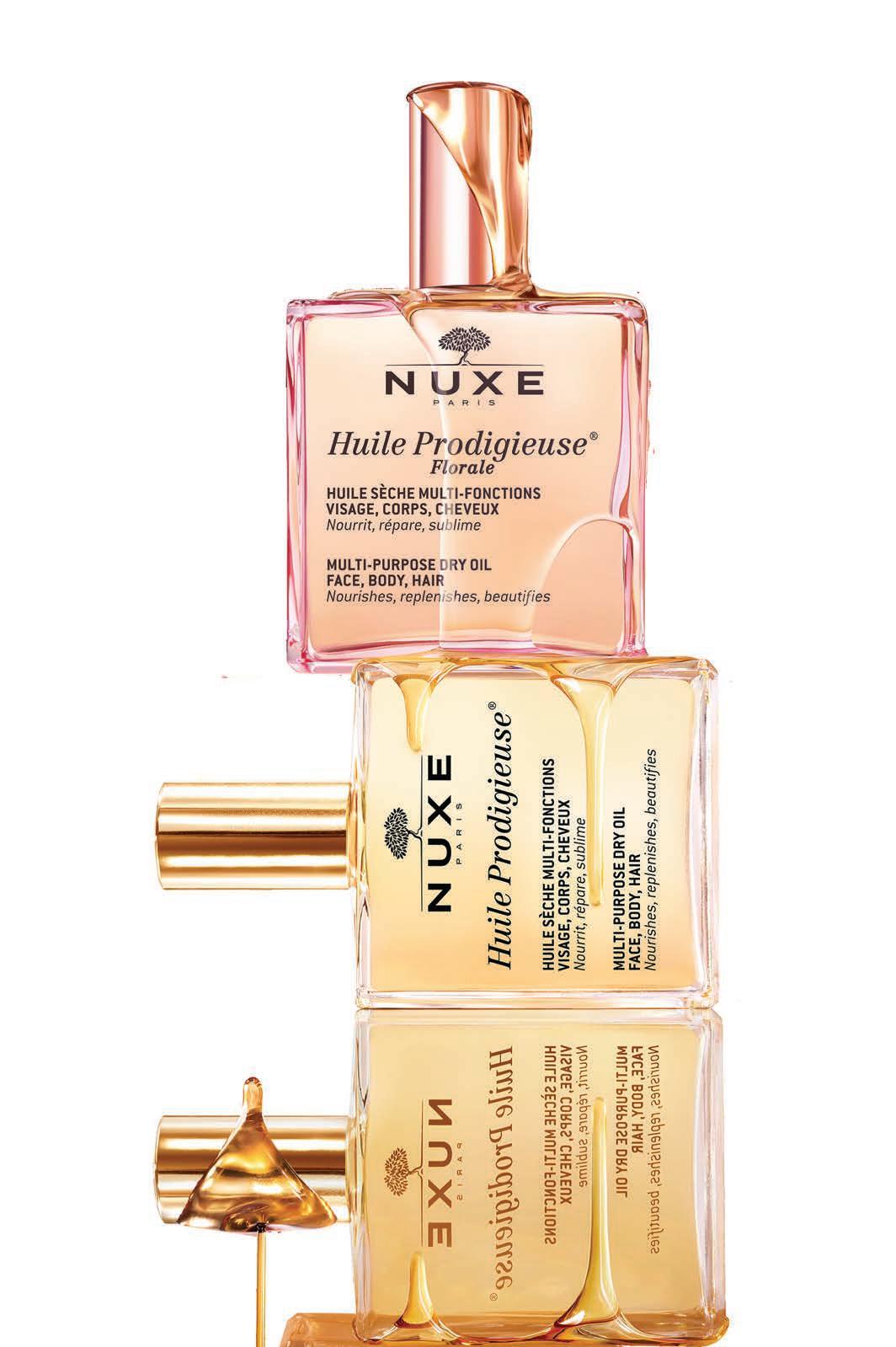
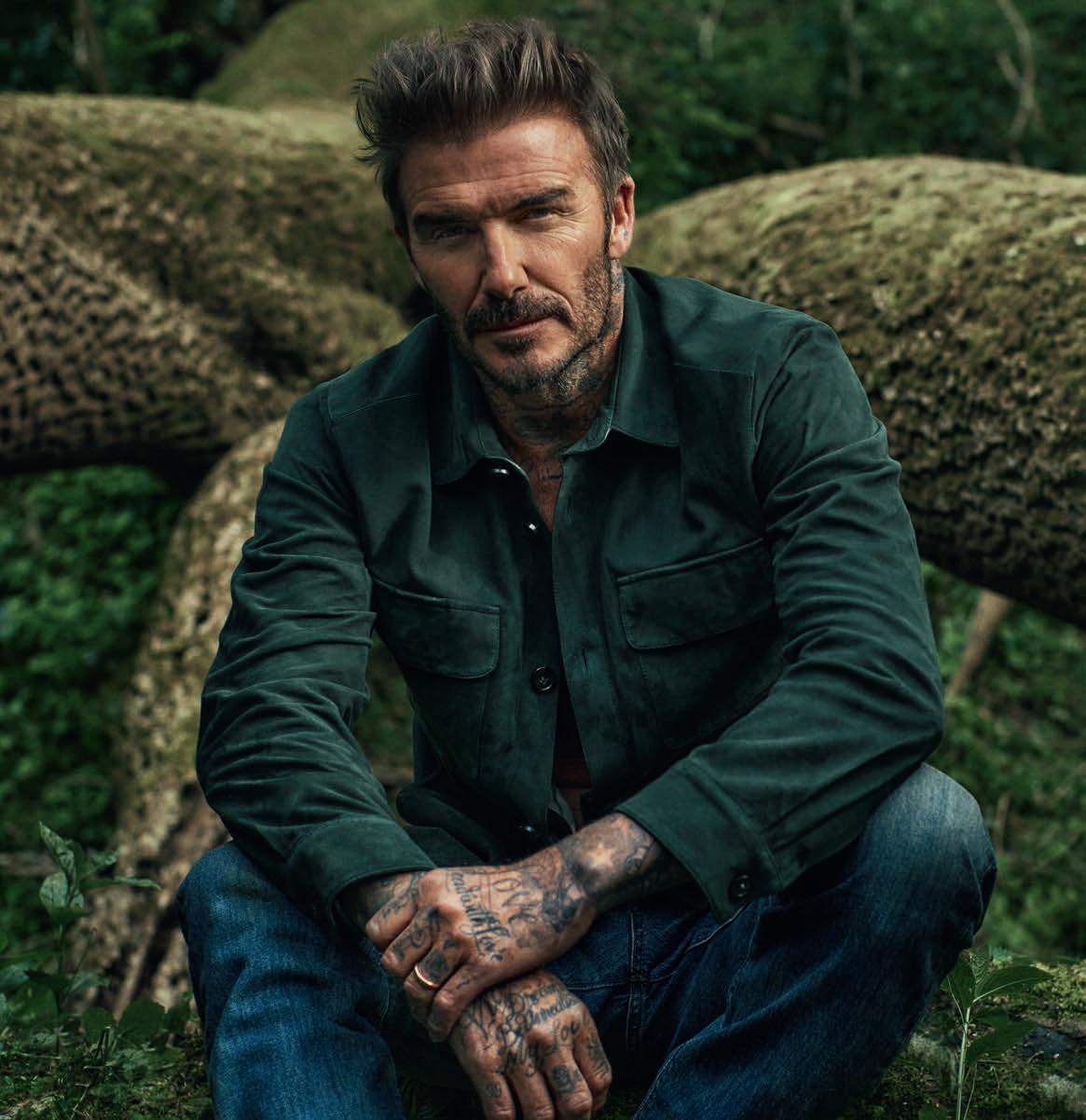
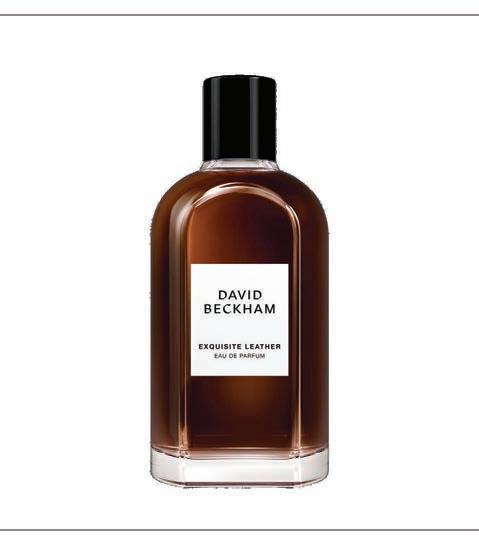



Prepare
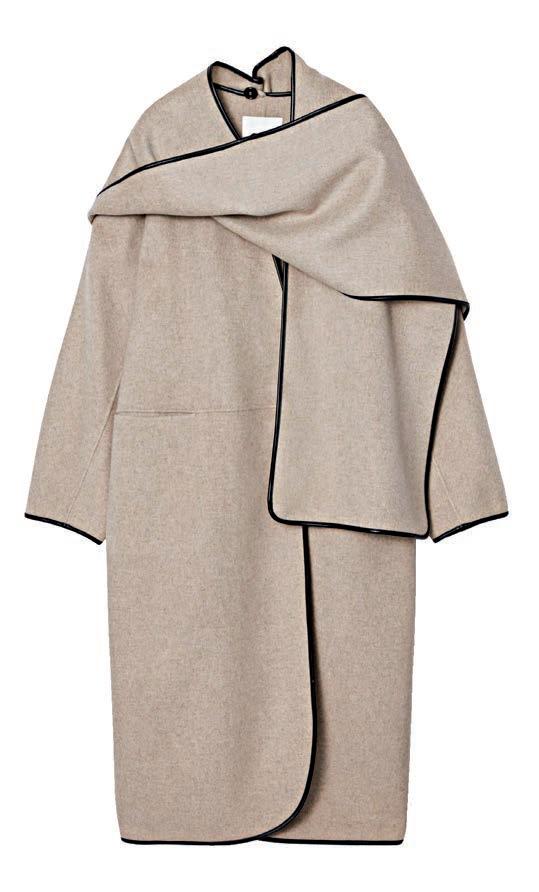
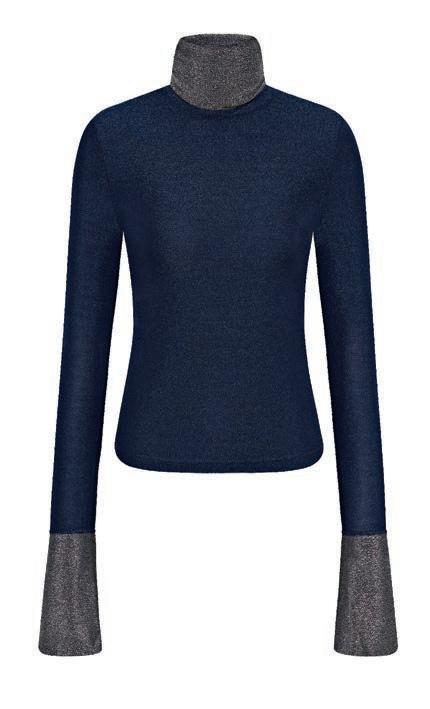

Experiment with di erent tones, patterns and fabrics, all the while keeping warm
Compiled by Charlotte Brundrett



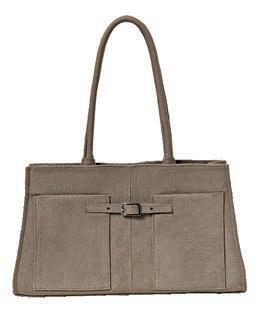

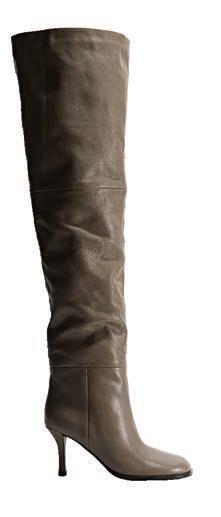
CLOCKWISE FROM TOP LEFT Leather-trimmed wool scarf coat, $630, cos.com/au-en; Imax choc pony heel, $199.95, tonybianco.com.au; Rhinestone detail top, $69.99, hm.com/au; Draped midi dress, $119, zara.com/au; Over the knee leather boots, $399, hm.com/au; Michael Kors Pour Femme 100ml EDP, $169; Annamaria canvas bag, $410, gimaguas.com; Wool-blend wide leg pants, $260, cos.com/en-au; Faux fur scarf, $200, revolveclothing.com.au; Electric feel knit, $280, deering.world







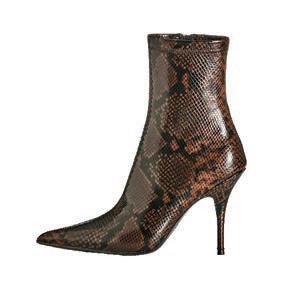



CLOCKWISE FROM TOP LEFT


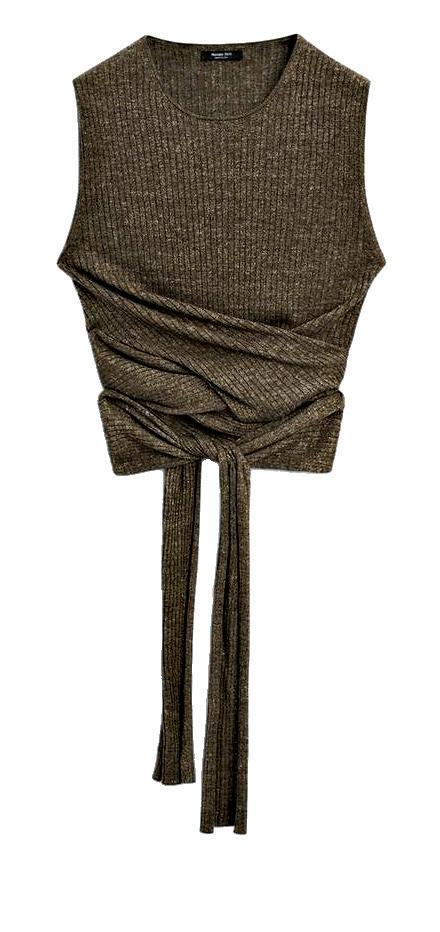
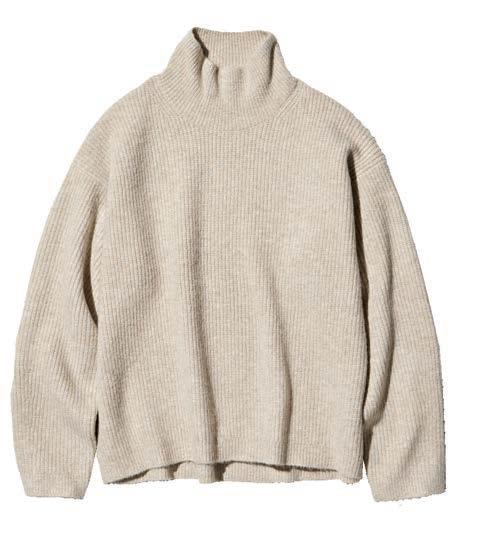


Zoe lace rhinestone top, $79.95, decjuba.com.au; Velvet kimono with beaded garza embroidery, $269; zara.com/au; Maybelline Lash Sensational Sky High Mascara Brown, $21.99; Melange linen blend top with tie detail, $101, and linen patchwork midi skirt, $176, massimodutti.com; Nuxe Huile Prodigieuse Or Multi-Purpose Dry Oil 100ml, $68.99; Souffle yarn high neck sweater, $49.90, uniqlo.com/au; Shashi Alice tortoise earrings, $97, revolveclothing.com.au; Sunder boots, $289.95, eosfootwear.com; Straight leg jeans, $220, venroy.com.au; Louisa heeled boots, $329.95, aliasmae.com.au; Team spirit flower cluster earrings, $360, alemais.com; Faux fur jacket, $320, khy.com; Apparis Eliza scarf, $180, farfetch.com/au


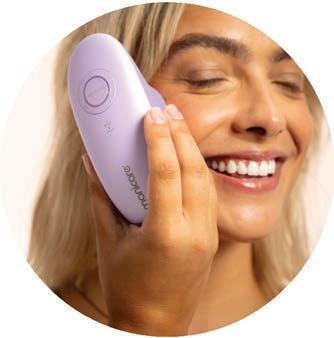






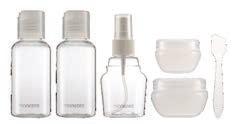
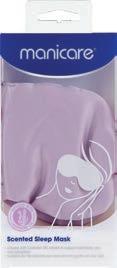



Get into the seasonal spirit with these crisp, cool layering pieces

Compiled by Charlotte Brundrett




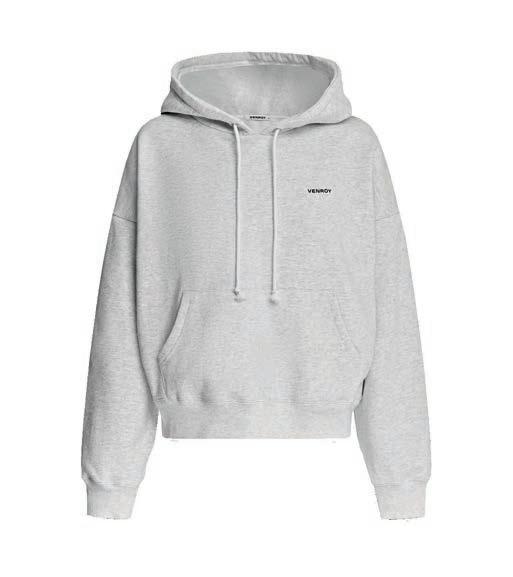
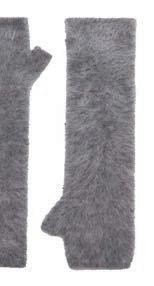




CLOCKWISE FROM TOP LEFT

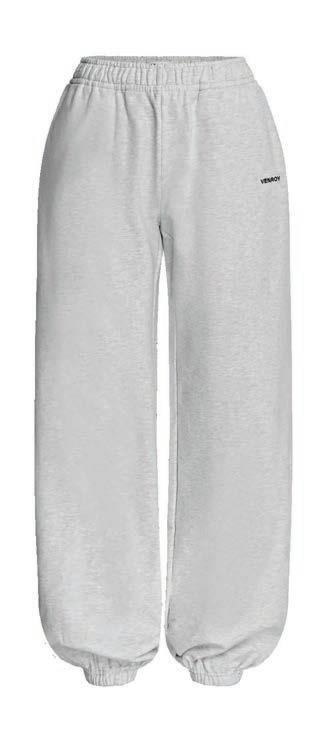


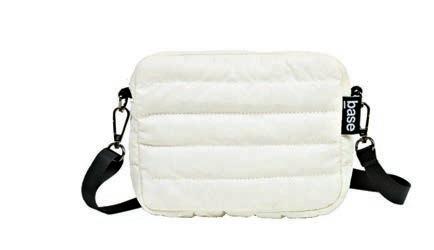

Long puffer jacket, $99.99, hm.com/au; L’Oréal Paris Infallible 24H Brow Lamination, $25.99; La Roche-Posay Hyalu B5 Hyaluronic Acid Anti-Ageing Moisturiser, $56.99; CHPO Erica sunglasses, $80, theiconic.com.au; Fleece track hoodie, $180, venroy.com.au; Wool vest, $650, bassike.com.au; High-rise straight jeans, $59.95, zara.com/au; Samba OG sneakers, $180, adidas.com.au; Mini base crossbody, $40, basesupply.co; Nivea Original Care Moisturising Lip Balm, $4.49; Fleece track pants, $160, venroy.com.au; Brushed-cashmere fingerless gloves, $139, cos.com/en-au; Puma x Kidsuper Ringer Tee, $105, hbx.com; Speedcat OG sneakers unisex, $180, au.puma.com; Mixa Ceramide Protect Strengthening Cream 400ml, $17.99; Ecosculpt cross-back sports bra, $68, allfenix.com

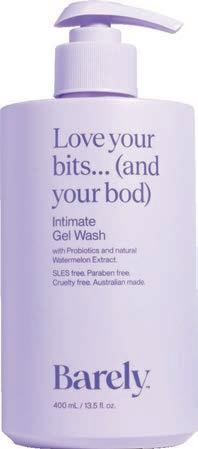

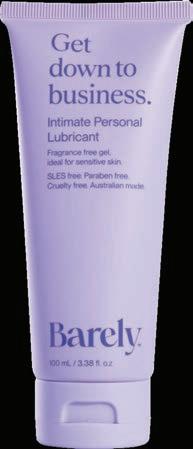
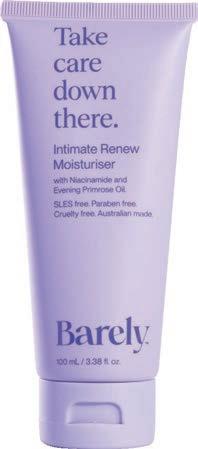



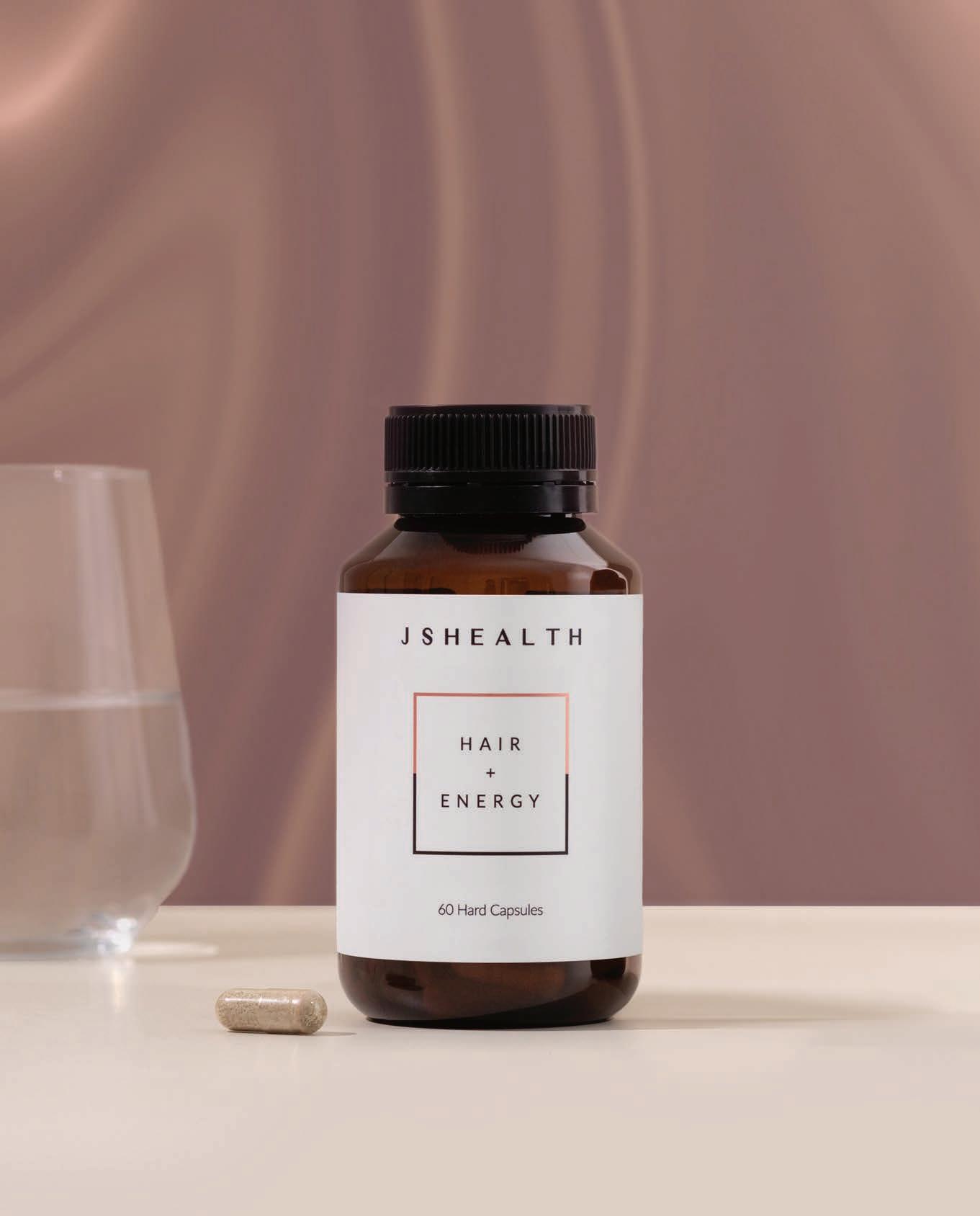
“THE OLDER I’VE GOT, THE MORE I’VE LEARNT ABOUT BALANCE AND JUST DOING THE BEST I CAN.”
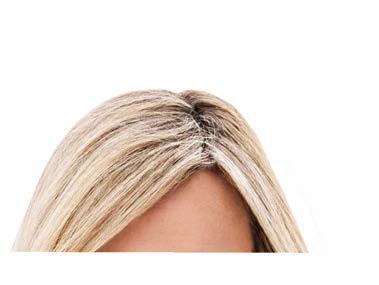

How the seasoned broadcaster learnt to slow down, embrace ageing and fi nd joy in new pursuits
Words Erin Miller
Melissa Doyle has covered some of the world’s biggest news stories, witnessed history unfold and built a deep connection with audiences in a career that has spanned decades in the Australian media.
But her passion for storytelling has never dimmed and she is relishing diving into health and wellness topics in her new TV role at the helm of The House of Wellness, alongside co-host Shane Crawford.
“I’ve always been curious and I still am and love storytelling,” Mel says. “I’m just fascinated by people everywhere every day.”
We’re living in a time when we are more proactive about our own health and seeking information, she explains, adding that the Friday evening lifestyle show is filled with “practical health tips”. Mel, 55, looks after her own wellbeing by going to the gym,

gardening and eating well most weeks, but admits that life is busy, and there are times she indulges in a bit of chocolate and doesn’t exercise as often.
“The older I’ve got, the more I’ve learnt about balance and just doing the best I can,” Mel says.
“It’s about what is possible, what is attainable and what are some things that we can be doing just to make ourselves a little bit healthier in mind, body and spirit. Let’s find a way to be as good as we can as often as we can.”
For more than a decade, life was a whirlwind for Mel as she juggled early morning starts on breakfast television with raising two children.
“Working full time with two small children and getting up at 3am, there wasn’t a huge amount of scope for much else in my life other than family, work and just staying awake,” Mel reflects on the years of co-hosting Sunrise
Now with her children grown up, Mel is enjoying a new phase of motherhood.
Son Nick, 24, has been living in the United States, attending college, while daughter Talia, 21, graduated from university in Sydney last year.
“It’s fabulous to see them blossom,” Mel says.
“They’re doing their own thing and I’m loving it. The older they get, you engage on a different level with them and I love watching them become the people that they’re becoming.”
Later this year, Mel and her husband John Dunlop will celebrate their 30th wedding anniversary — a milestone she credits to mutual respect and independence.
“Giving each other the space to be an individual” is one of the keys to their long-lasting union, she says.
“I’ve loved my career and the travel that it involved,” Mel says.
“I love the adrenalin rush of having to cover breaking news — that’s something I thrive on and the journalist in me always really enjoyed. But to do that, I clearly needed an amazingly supportive family around me.
“It’s letting the other person shine and do what brings them fulfilment,” she adds.
“You’ve got to support the other person’s ambitions.”
For Mel, those ambitions have been wide and varied in recent years.
She has juggled TV and radio hosting roles with authoring several books and travelling overseas as a goodwill ambassador with World Vision.
She wrote her book How to Age Against the Machine after facing constant questions about turning the milestone age of 50 and engaging in plenty of conversations about the issues women face as they age.
“There was always so much negativity associated with ageing,” Mel says.
“Everything from how we look — even the term anti-ageing — to people being moved out of jobs because of ageism.”
She believes the conversation is shifting, albeit slowly.
“Ageing hasn’t been embraced as positively as I wish it was. We’re starting to see a lot more conversations now, thankfully.”
to go and tap one on the shoulder and ask for help,” she says.
“Tap into one another’s wisdom. I wish there was more focus on intergenerational sharing and what we can learn from older women and what we can learn from younger women.”
After a career that has included covering everything from the devastating Black Saturday bushfires and the Beaconsfield mine disaster to royal weddings, Mel has a wealth of knowledge.
Her career has taught her not just about others, but about herself.
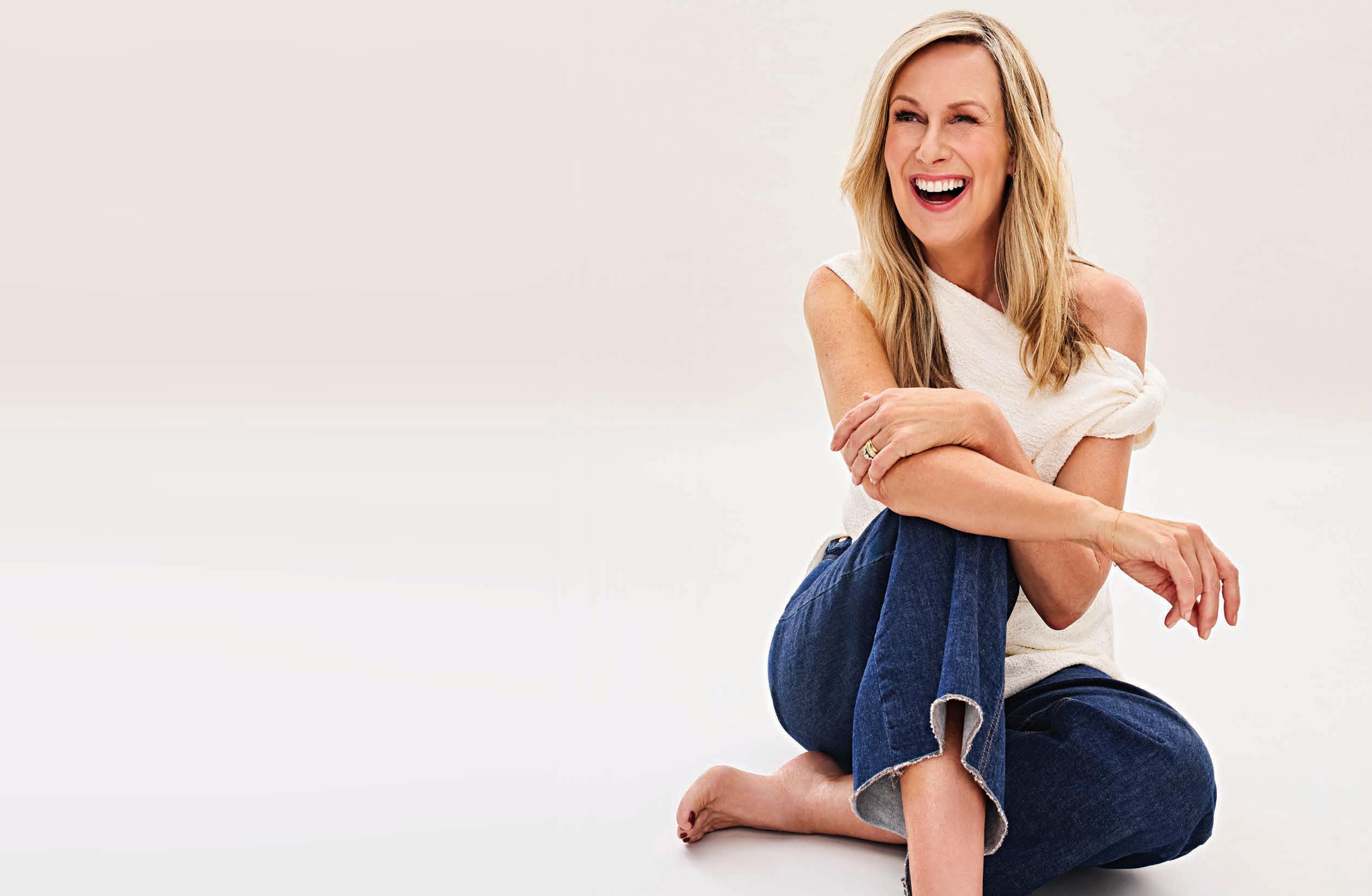
Rather than resisting the passage of time, Mel encourages women to embrace it.
“I’d like to think I’ve learnt constantly from the people I’ve come across,” she says. “I’ve learnt to recognise my strengths but also my weaknesses.”
“AGEING HASN’T BEEN EMBRACED AS POSITIVELY AS I WISH ... WE’RE STARTING TO SEE MORE CONVERSATIONS NOW. ”
In April she visited Kenya as part of its Strong Women Strong World program, which aims to empower women and girls and improve access to employment, health care and education. For Mel, a highlight was visiting a Maasai tribe in a remote part of north-east Kenya, who proudly told of how a water bore, installed thanks to World Vision, had changed their lives.
“Now there is no more walking four hours a day each way across a treacherous mountain range to get fresh water. It’s now a 10-minute walk, which means girls can instead go to school and families are growing kitchen gardens and feeding their children fresh green vegetables.
“In turn this means rates of malnutrition are declining.”
A strong advocate for women’s health, Melissa is also passionate about changing the way ageing is perceived.
“Embrace all that has come before you to this point and recognise all the things that you’ve learnt and achieved and done,” she says.
“Everything we’ve done along the way has brought us to this moment and it’s made us smarter, wiser, richer, kinder and more empathetic for it.”
It’s an approach Mel also applies to her own life.
As a mentor to young women in the media industry, Mel is passionate about fostering intergenerational learning.
Only a few days prior to chatting with us, Mel had met for a coffee with an aspiring journalist to give her some guidance.
“I’ve mentored a lot of young women over the years because when I was starting out there weren’t many older women around me and I don’t think I would have been brave enough
And while there have been plenty of years of hard work, Mel is now enjoying taking the slower lane in this latest stage of life.
“I’m really lucky that I can say no to things as much as I can say yes to things. But I’d like to think that I worked my butt off for a hell of a long time to get to this point. I’ve slowed down a lot purposely,” she notes.
“I walk the dog and potter around the house a lot more.
“I used to be rushing all the time — hanging out the washing in the dark before I went to bed and rushing to the supermarket like any busy working parent does.
“Now I like to have an early dinner with a girlfriend and just sit there and enjoy her company or be at home reading a book — all of those really normal things that are good for your soul. I can relax a bit more and that’s been really nice.”








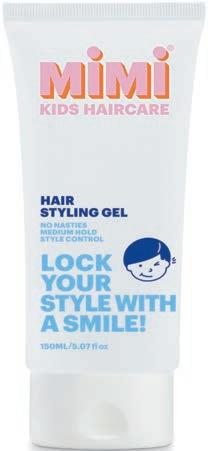


DERMATOLOGIST RECOMMENDED SKINCARE BRAND US^ IN THE

NORMAL TO DRY SKIN
NON-FOAMING GEL TEXTURE
CHOOSE TO REFILL AND SAVE
NORMAL TO VERY DRY & SENSITIVE SKIN
FOAMING OIL TEXTURE
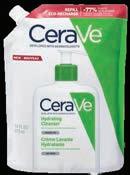
PLASTIC COMPARED TO 2 x 8 FL OZ BOTTLES

DEVELOPED WITH DERMATOLOGISTS
OILY, BLEMISH PRONE SKIN
GEL-TO-FOAM TEXTURE
NORMAL TO OILY SKIN
FOAMING TEXTURE



TO STRENGTHEN THE SKIN BARRIER
ALL DAY



Do you know who the people who raised you really are? Maybe they’ve been waiting for someone to ask
Words Sarah Vercoe
e all think we know our parents — after all, we have spent years with them. We’ve watched them handle the daily grind, laughed with them at their favourite TV shows and received their endless advice. But have you ever really asked
became your mum or dad? Not the routine questions about where they grew up or what they did for work, but the deeper stuff — the they took, the secrets they kept
Interviewing your parents isn’t just about gathering family history; it’s about discovering the people they
You might uncover stories that reveal a rebellious streak you never knew existed, or learn that your mum had an entirely different life planned before motherhood took centre stage. And when you open the door to these stories, you might realise they’ve been waiting for
We often think we know everything about our parents, but have we truly uncovered the layers of life that shaped who they are?
“Interviewing your parents is a great way to find out who they are as people, not just as mum and dad,” says Dimity Brassil from A Lasting Tale, a service dedicated to capturing and preserving family stories in audio format for future generations.
Life’s hustle doesn’t always leave time for deep reflection.
“Maybe your parents are looking after your children or live in a different town, or perhaps they just don’t get the chance to chat deeply. Interviewing them opens a window to their world,” Dimity explains.
By asking the right questions, you might start noticing patterns in their stories. Perhaps your dad was a bit of a hothead in his youth, and now you’re starting to see where you — and maybe your children — get that same adventurous spirit, Dimity says.
“You get to see links from their stories, and you might start thinking, ‘Oh, my dad took that much risk — no wonder I do the same’,” Dimity says.
It’s like solving a mystery that’s been hidden in plain sight.
At first, interviewing your parents might seem like a fact-finding mission. But it’s often much more.
“Even those who start just wanting to record the historical stuff end up sharing emotional messages, moments of forgiveness and pieces of their heart,” says Michelle Gomes, chief executive of Evaheld, a platform dedicated to preserving personal legacies and health care wishes.
These interviews can be deeply therapeutic — for both you and them.
“It’s surprising how much healing can come from simple words of affirmation,” Michelle says.
A heartfelt “I love you” or “I appreciate you” can create meaningful moments of connection, often sparked by these conversations.
“Sometimes, those small words are the ones that make the biggest impact,” she adds.
The beauty of these conversations isn’t just in the stories — it’s in the connection they create.
“It’s a chance for both parties, the interviewer and the subject, to really listen to each other,” Dimity says.
“And it doesn’t have to be heavy stuff — it can be the lighthearted, everyday moments that build a sense of closeness.”
Listening to your parents reminisce can be one of the best gifts you give — and receive.
“Everyone tells me it’s the best gift they’ve ever gotten,” Michelle says.
“Capturing all the conversations that were never had, all the words that were never spoken — that’s priceless.”
Worried about making the conversation feel too formal or stiff? Don’t stress.
“Start with easy questions and let the conversation flow,” Michelle advises.
“Try something like, ‘Tell me about your childhood adventures’. Make it about them and they’ll open up.”
Dimity suggests framing it as a gift. “I always say: ‘I want to hear your childhood stories. They might seem ordinary to you but they’re really special to me — and your grandkids.’” This small request can help them see the value in sharing their experiences.
One crucial tip? Keep it light and non-confrontational, Dimity says. “Don’t dive straight into sensitive topics,” she warns. Start with curiosity and warmth, and the meaningful conversations will follow.
At the heart of interviewing your parents is connection. It’s a chance to sit down, ask questions and truly listen — something that can sometimes get lost in the busy rhythm of life.
“These conversations allow you to forgive and reframe the past,” Michelle says. “They change the way you see the past and, sometimes, even shape the future.”
So grab a cup of coffee, hit record and ask the questions you’ve always wanted to ask.
You might just discover that the most powerful stories were right in front of you all along.
Dimity and Michelle share some questions to help get the stories flowing
What is your happiest childhood memory?
What is something you got away with as a kid that your parents never found out about?
If you could give your younger self one piece of advice, what would it be?
What did you think your life would look like when you were my age?
Tell me about a time when you felt really proud of yourself.
How did you feel when you became a parent for the first time?
Who have been the biggest loves of your life?
Do you have any life lessons for the future generations of your family as they’re embarking on their adult life?










































































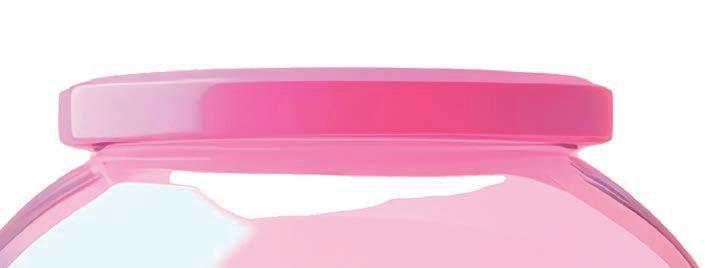
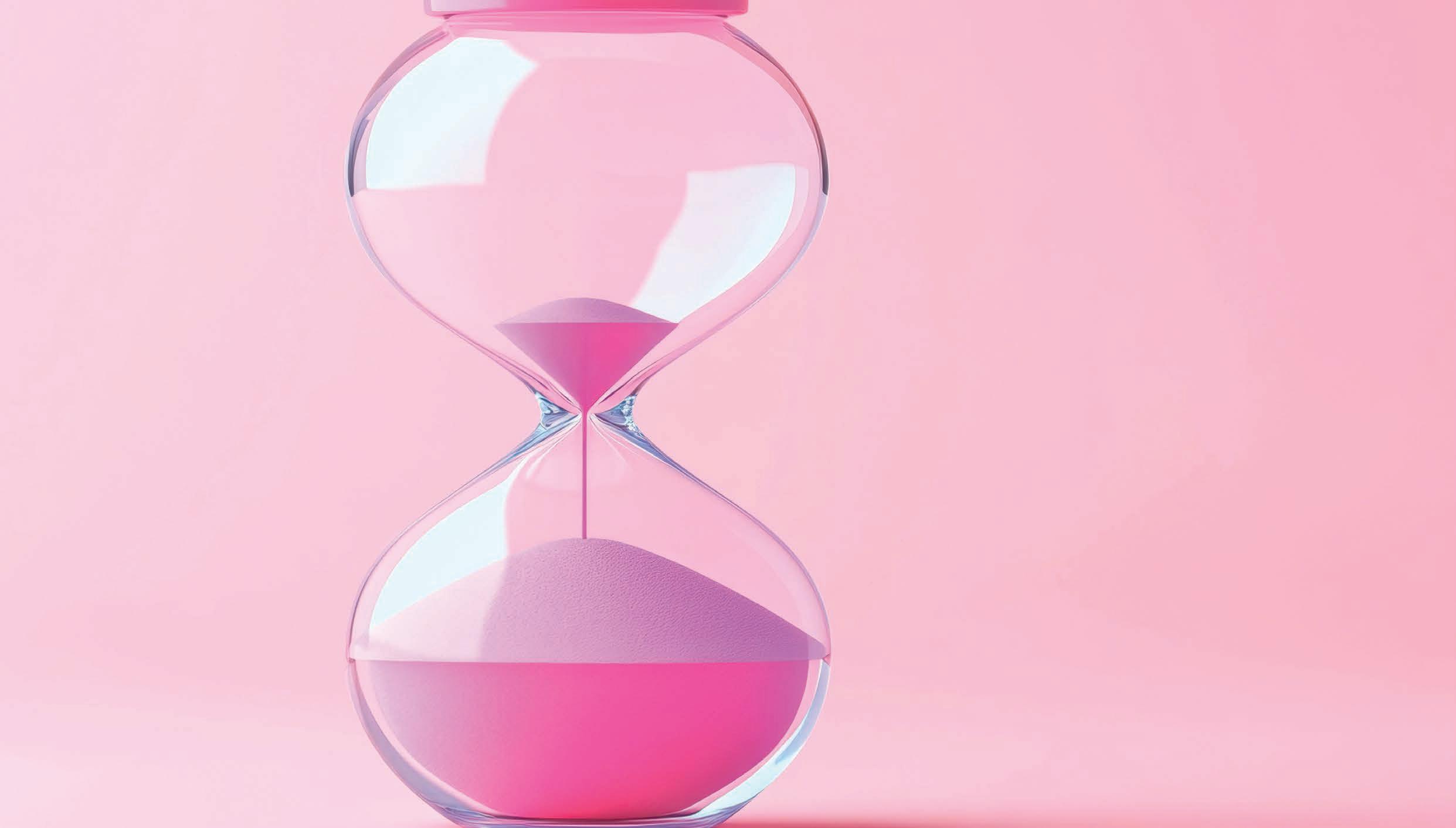
More of us are postponing parenthood. Why are we waiting longer to have kids?
Words Jenna Meade
Have you delayed having children?
If you have, you are part of a growing trend.
Australian women are having fewer children and having them later in life, according to data released in 2023 from the Australian Bureau of Statistics (ABS). And this is reflected in our birth rate, which is plummeting.
ABS figures show the fertility rate in 2023 dropped to a record low of 1.5 babies per woman.
Australian National University demographer Dr Liz Allen notes the average age Australian mothers have their first child has increased by about a year and a half over the past decade.
“The median age of parents is now 31.9 years for mothers and 33.8 for fathers, reflecting a steady increase in age at birth for mothers since the baby boom (1946-1965), when they were aged around 25 years,” Dr Allen says.
Here are some reasons why many of us are postponing parenthood.


Financial pressure can begin to build even before a child is conceived, says Finder personal finance expert Sarah Megginson.
“Costs can start early if you need reproductive assistance or fertility treatment. (And later) you can easily expect to spend $300 a month on nappies and other items when they’re little, then childcare, school fees, sports and hobbies, clothes and shoes as they begin to grow,” Sarah says.
Add to that the rising cost of household bills and groceries. Research by Finder found groceries reached a record high in January this year, with the average household spending $209 a week.
“From energy and groceries to insurance, petrol, and rent or mortgage payments, everything has increased and it’s putting so much pressure on family finances,” Sarah says.
“When I first enrolled my daughter into childcare 13 years ago, the rate was $57 a day before the rebate. Now it’s virtually impossible to find childcare placements for less than $100 a day.”
“THE BEST AGE FOR A WOMAN TO FREEZE HER EGGS TO PRESERVE FERTILITY IS IN HER EARLY 30S — BETWEEN 30 AND 33 YEARS.”
Dr Stephanie Sii
ADORA FERTILITY
Putting their career and relationship with their partner first is an empowering shift for women, says Happy Minds Psychology psychologist Sarah-Jayne Duryea.
“Women are not focusing on having children in their 20s; they are pursuing careers and taking time to find the right partner,” Sarah-Jayne explains. She adds having these foundations in place can help with the adjustments that come with starting a family.
“Having a child is a huge life event that requires a major adjustment and changes to our identity, our place in the world and our relationships. My advice is to reserve the right to change your mind down the track, and to be ready for the possibility that this might mean it’s harder to conceive.”
Up to one in five women may experience symptoms of anxiety or depression during pregnancy or following birth, according to Perinatal Anxiety & Depression Australia (PANDA).
It’s a factor being considered when it comes to family planning, says psychologist Rachael Walden from The Bondi Psychologist.
“Health anxiety might ramp up as you hear about what might go wrong with pregnancy, labour and postpartum — not to mention what could happen to your newborn. People who have had depressive episodes in the past are more likely to experience postnatal depression, and those with a trauma background might open some old wounds,” Rachael says.
She notes while all this could happen when starting a family, it doesn’t mean it will.
“You might need to go a bit easier on yourself, enlist more help from others or accept you can’t look after a baby and redecorate your living room at the same time,” she says.

Dr Allen says Australia’s fertility rate is well below the replacement level nationally.
“Sadly, it’s likely the total fertility rate will decline further,” Dr Allen says. “There’s great uncertainty for Australians, who (feel) fear about tomorrow, following decades of inaction on housing affordability, economic insecurity, gender inequality and climate change.
“A lack of hope for the future means people are foregoing having much-wanted children.”
“The biological clock is real. Younger women are more likely to conceive faster because of better quality eggs,” fertility specialist Dr Stephanie Sii, from Adora Fertility, explains.
The chance of conceiving when trying per month is called the fecundity rate.
“The rate is around 20 to 25 per cent for a woman in her 20s, and less than 5 per cent for a woman in her 40s,” Dr Sii says.
“As women age, the quality of her eggs will decline. Poorer quality eggs are more likely to fail fertilisation and have a reduced pregnancy rate per embryo transfer.”
It’s not only women who are faced with the ticking clock. Age can also have an impact on fertility for men.
“Male sperm quality generally starts to decline at around 40 years and there is a slight increase in some genetic conditions in the offspring of males aged over 50,” Dr Sii says.
Single women or same-sex couples are faced with a different set of timeline challenges that can delay their journey to becoming parents.
“WOMEN ARE NOT FOCUSING ON HAVING CHILDREN IN THEIR 20S; THEY ARE PURSUING CAREERS AND TAKING TIME TO FIND THE RIGHT PARTNER.”
Sarah-Jayne D yea
PSYCHOLOGIST
They also have to factor in additional time to find a donor egg or sperm, plus weigh up the physical, emotional and financial costs of IVF.
Dr Sii says assisted reproductive technology such as egg freezing presents an opportunity for women to preserve their future fertility and alleviate the burden of starting their family when the timing may not be right.
“The best age for a woman to freeze her eggs to preserve fertility is in her early 30s — between 30 and 33 years,” she says. “The pregnancy rate from eggs retrieved from a 33-year-old woman is around 50 per cent per embryo transfer, as opposed to 10 per cent for a 40-year-old.”
There are no guarantees, and there are risks.
“The downside of elective egg freezing is that it may be costly, given there is no Medicare rebate, with the approximate costs ranging between $9000 to $15,000 per cycle,” Dr Sii says.
“The risks include hormonal side effects, weight gain and, in very rare cases, bleeding, infection, ovarian torsion or ovarian hyperstimulation.”

Nikki and Luke Hobbs dedicated their 20s and early 30s to building an exceptional life together.
“My love and attention were focused on my fitness, animals, career, creating beautiful homes, generating wealth and travelling with Luke,” says Nikki (pictured with daughter Poppy). “At the time, we felt fulfilled, inspired and content with our lives and relationship.”
After many years together, when Nikki was 34 and Luke was 38, they decided they were ready to start trying for a baby.
Nikki says she wasn’t shocked when one year passed and she hadn’t fallen pregnant.
“It was certainly upsetting not to fall pregnant naturally, but it didn’t surprise me, due to my age and stress I carried with my business,” she says.
They undertook invasive procedures at their GP. The results were inconclusive, pointing to a likely issue with one or both of Nikki’s fallopian tubes. They started IVF as soon as possible.
“Embryo transfers one and two were unsuccessful,” Nikki says. “Transfer three was our daughter Poppy.”
When Poppy was three months old, the new parents found out Nikki was pregnant again. This time she had conceived naturally.
“We got the news when I was back working in my showroom with Poppy most days, and was breastfeeding and pumping,” Nikki says. “We fondly think of our son Woody as our miracle baby.”



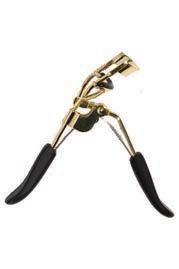

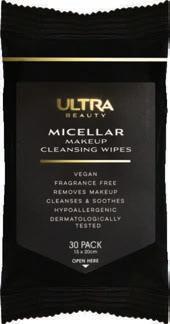





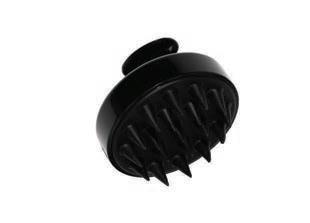

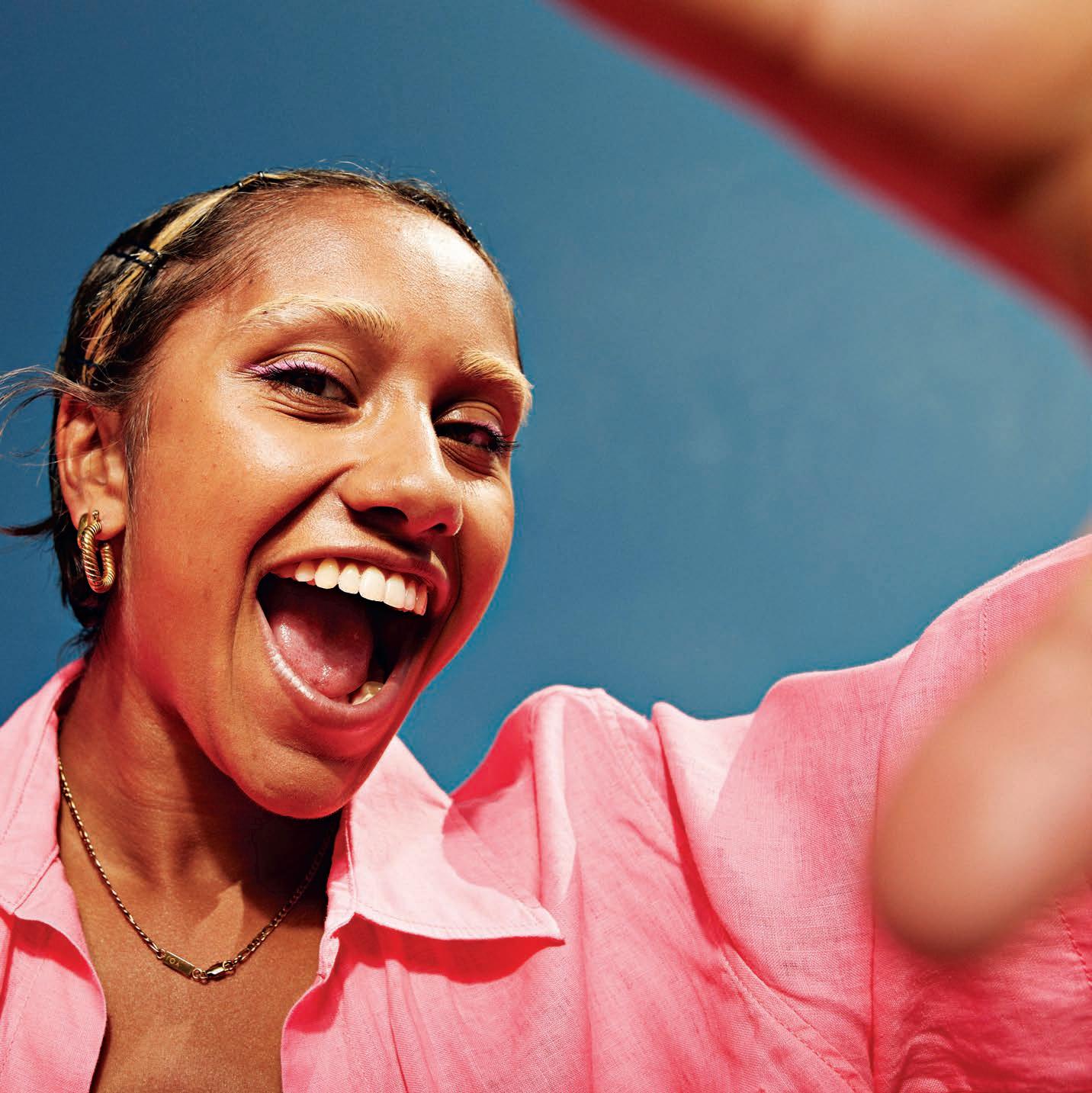
It’s the viral mindset hack that could free you from emotional angst
Words Tania Gomez

Popularised by podcaster and motivational speaker Mel Robbins, the “let them theory” involves letting other people do, say and think what they want — to essentially “let them”. The book of the same name has spent weeks at the top of The New York Times bestseller list and the theory has quickly gone viral.
So, could finally finding emotional peace really come down to two simple words — should you just “let them”?
As far as mindsets go, this one is simple. Your best friend is dating a walking red flag? Let them. Your kid doesn’t want to join the soccer team this year? Let them. Your husband doesn’t want to go to that dinner with you? Let them.
Ultimately, it’s about letting go of trying to control other people’s actions and instead focusing on what you can control — your own thoughts and behaviour.
Psychologist and president of the Australian Association of Psychologists Sahra O’Doherty says this approach flows on from the ever-popular concept of implementing boundaries.
“The core concept of boundaries is essentially that we set limitations and standards for ourselves. If people are unable to respect those boundaries or are not able to treat us in the way that we want to
be treated, then the onus is on us to let go of the expectation that they might behave in the way that we want them to behave,” Sahra explains.
For such a no-fuss approach, surrendering to “let them” has numerous benefits.
Psychotherapist and Lemonade Psychotherapy founder Elizabeth Anile says people can often find themselves with more energy because they’re no longer trying to manage things beyond their control, and more peace because they stop personalising other people’s behaviour.
“(It can also lead to) stronger relationships because you’re no longer over-functioning or chasing one-sided dynamics, and more confidence because you realise you don’t need outside validation to be OK,” Elizabeth says.
However, to “let them” can also bring on uncomfortable emotions.
Sahra says the mindset can be hard for those who have an ingrained pattern of behaviour of peoplepleasing or self-sacrificing behaviours, which are often an attempt to help prevent any negative outcomes.
“When we try to break those kinds of habits that might be ingrained in us from childhood, then it can be incredibly hard to not just fall into those automatic patterns. We can then be the ones left with a sense
of discomfort or distress because we now have to potentially face the outcome of whatever preventing this negative emotion might be,” she says.
Elizabeth says the sense of control we have when we try to work at managing others’ thoughts and actions can be hard to relinquish, as having control feels safe. For some, letting go can feel like walking on a tightrope with no safety net.
“You might think if I don’t correct them, they will misunderstand me.
we really have control over is ourselves — from our decisions to our choices and our interactions with other people.
“Beyond that, we have very little influence or control. And when we recognise how little control we have over others or external situations, then coming back to what it is that we can control can feel very empowering.”
To introduce the “let them theory” into your own life, Elizabeth says to start by pausing before you rush in
“LET THEM MISUNDERSTAND YOU. LET THEM BE UPSET. NOT EVERYTHING NEEDS TO BE MANAGED.”
PSYCHOTHERAPIST
If I stop proving myself, they won’t see my worth. If I let them go, I’ll be alone. That discomfort makes sense.
“We’ve been taught to work for acceptance, not just exist in it,” she says.
Mel Robbins has said the “let them theory” is about letting others be themselves, staying out of their business and stopping the “reflexive need to comment or control everything”.
By giving yourself permission to allow others around you to do, say and think what they want, there’s a sense of freedom.
Sahra says that our interactions are often about circles of control and influence. But the only thing
to fix, defend or explain. Ask yourself if it is actually your responsibility.
The next is to try to detach yourself from people’s reactions. “Let them misunderstand you. Let them be upset. Not everything needs to be managed,” she says.
Ultimately, remind yourself that their choices are not about you.
“Most of us have spent way too much time trying to control the uncontrollable,” Elizabeth says.
“We obsess over what people think of us, whether they’re upset with us, how we can get them to see our side. But here’s the thing — none of that is actually in our control. When you let them, you stop fighting a futile battle.”





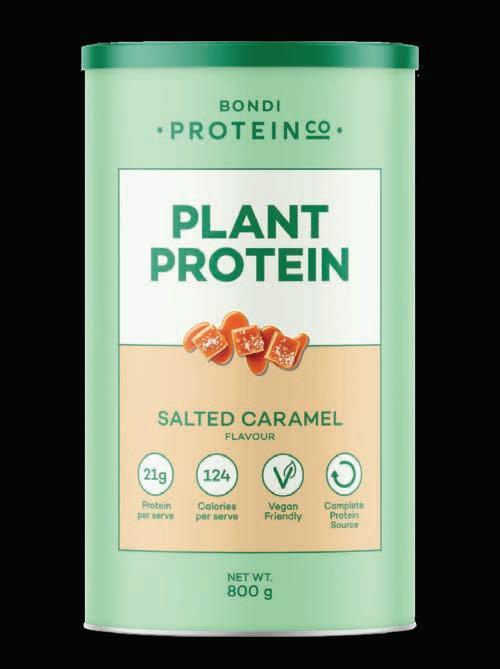



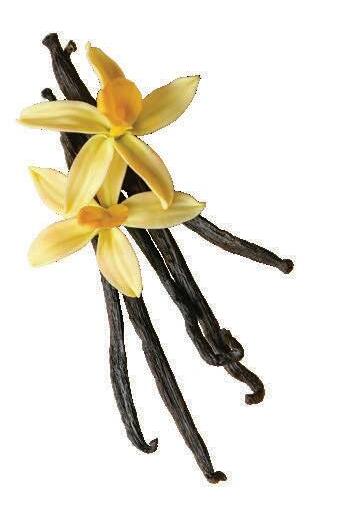


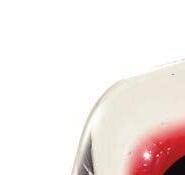
Sobriety isn’t just about what you give up, it’s about what you gain. Discover the benefits of going alcohol-free
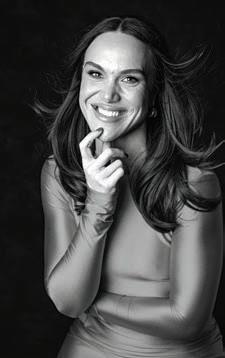
Bleary-eyed and hungover after a raucous bender, Julia Rangiheuea (pictured left) stood in her bathroom on January 3, 2023, and decided she’d had enough. Enough of spending her life drunk or hungover. Enough of fighting with her partner after a few too many drinks. Enough of having an empty bank account
Words Erin Miller
and no stability. “Something came over me and I thought, ‘I can’t do this for another year’,” Julia says.
“Deep down I knew that drinking was the root cause of my problems. I had no money because I was always spending it on my lifestyle. I was living in a mouldy share house because I could never save enough to move.”
That day, Julia put down the bottle — and never picked it up again. Her partner Beau Perussich also quit the booze at the same time.
More than two years on, Julia, 31, is still sober and describes her life and relationship as more stable and fulfilling than ever.
But she admits the journey hasn’t always been easy.

The former Big Brother contestant started a TikTok account, Recovering Party Girl, to document her sobriety journey — a move she credits with helping her remain steadfast.
“I started it because I didn’t see anyone else on social media who had given up alcohol in their 20s or anyone who was a party girl,” she explains.
“I picked up my phone on day one of sobriety and documented it for my TikTok audience, so I had that huge accountability to people all over the world. That really anchored me.”
In the first few months of sobriety, Julia experienced physical symptoms from alcohol withdrawal including head fog, night sweats, adult acne and sugar cravings.
“But my life got better almost immediately,” she says. “I found a stable job. My partner and I moved out to our own place and found our dream apartment.”
Having started drinking heavily as a teenager to fit in and mask self-doubt, Julia had to rediscover who she was when she didn’t have a drink in her hand.
“I had built my whole personality around alcohol,” she says. “When I was drinking, I was gregarious and spontaneous. ‘Sober me’ is incredibly grounded and measured.”
Red Frogs is a national organisation that runs education programs across the country and aims to look out for young people in party environments where alcohol is involved.
Red Frogs national marketing and communications manager Rebekah Gilchrist says Australia has a big drinking culture, and there can be pressure on young people to push their limits.
“There’s often social pressure to drink, and sometimes that leads to risky situations like binge drinking, drink spiking or not knowing their limits,” Rebekah says.
Julia says her friendship circle changed once she went sober, with many drinking buddies drifting away, but the relationships that truly mattered have strengthened.
“My mum has told me so many times that she is proud of me, and my best friend has said I’m finally the friend she always knew was deep down inside,” Julia says.
Looking back, the Sydneysider estimates she spent at least $180,000 on alcohol in her 20s. “Now I’m much more measured in the way that I spend, and am saving for a New York holiday instead of blowing it on a bottomless brunch.”
After appearing on several podcasts, Julia now hosts her own podcast, Soberly Speaking, where she interviews guests about their relationship with drugs and alcohol and their path to sobriety.
“People need to see themselves in success stories so that they know they can stop drinking or evaluate their relationship with alcohol,” she says.
Alcohol and Drug Foundation adf.org.au
The online tool
Path2Help will connect you with local services that can help, based on your personal circumstances
DrinkWise.org.au/ support-services
Advice and information on support services
National Alcohol & Other Drug Hotline 1800 250 015
A free and confidential 24/7 phone service that provides counselling and advice
Alcohol and Drug Foundation chief executive Dr Erin Lalor says consuming alcohol comes with serious health risks, including an increased risk of seven types of cancer such as throat, mouth, liver, breast and bowel. Heavy drinking can also lead to stroke and osteoporosis.
“There’s also a clear link between alcohol and mental health,” Dr Lalor says. “Alcohol can worsen mental health symptoms. While alcohol might seem to ease stress, anxiety or low mood in
the short term, it often makes these issues worse over time.”
Reducing alcohol consumption can bring so many benefits including improving mood, concentration, sleep, fitness, relationships and finances.
“If a person’s drinking is impacting their health, relationships, work or finances, they may be experiencing a negative relationship with alcohol,” Dr Lalor explains.
“For those experiencing issues with alcohol, such as dependence, it’s important to consult with a health professional before cutting back, as withdrawal can be potentially dangerous and life threatening.”
She also acknowledges that people trying to drink less can face stigma and unsupportive comments from loved ones.
“If someone you know is trying to cut back, avoid questioning their decision and instead ask how you can support them,” she says.
“This could include planning alcohol-free social activities and offering them non-alcoholic beverages if they visit you.”

31 PER CENT OF PEOPLE AGED 14 AND OVER ADMITTED TO DRINKING AT RISKY LEVELS IN 2022/23. — AUSTRALIAN INSTITUTE OF HEALTH AND WELFARE


How the experts are transforming support for families
Words Erin Miller
Melbourne audiologist
Rita Kairouz is on a mission to change the narrative of hearing loss as being something that kids feel awkward or embarrassed about.
In 2020, she launched Little Auricles: a brand focused on hearing aid accessories for children.
Rita’s motivation was clear — she wanted to tackle the stigma surrounding hearing aids.
“As an audiologist I was very aware of the stigma. People didn’t want to wear their hearing aids. They were hiding them under their hair and children were bullied for wearing them at school,” she says.
“People shouldn’t need to hide their hearing aids. We need to promote a ‘nothing to hide’ attitude instead, to help deaf and hard of hearing people feel unashamed and proud of their differences.”
Rita began designing hearing aid jewellery and stylish accessories that made hearing devices something to showcase rather than conceal.


The response was overwhelmingly positive and as the business grew, Little Auricles evolved to include a range of hearing aid jewellery for adults.
In 2022, L’AUR by L.A was launched, expanding into mainstream jewellery. The decision to create non-hearing related pieces was strategic.
“I wanted to incorporate hearing aids and hearing aid jewellery on my models in mainstream campaigns to try to nomalise hearing loss. Glasses used to be something people were embarrassed about — now they’re fashionable. Why can’t hearing aids be the same?”
Pediatrician and Murdoch Children’s Research Institute senior research fellow Associate Professor Valerie Sung says normalising hearing loss is essential to overcoming the stigma that people can face.
For families, navigating childhood hearing loss can initially be overwhelming.
“It’s often a shock because most families don’t have a history of hearing loss,” Assoc Prof Sung explains. “The majority of these parents have typical hearing themselves, so it can be a big shock to the system.”
Ensuring children receive the right support early on is crucial. “The approach depends on the type and severity of hearing loss,”
Assoc Prof Sung says.
Rita agrees: “The more we see hearing aids in mainstream media, the more normal they will become. That’s the goal — to create a world where wearing a hearing aid is no different from wearing glasses.”
Meanwhile, Assoc Prof Sung and her colleagues are working on the Australian National Child Hearing health Outcomes Registry to collect and connect data on children with hearing loss.
“The birth prevalence of hearing loss is about one to three in every 1000 newborns,” Assoc Prof Sung says.
“Additionally, a proportion of children with normal hearing at birth develop progressive hearing loss. By school age, up to 13 per cent of children report at least a mild degree of hearing loss.”
The data system will help identify children or areas of service that need more help, she says. “This will help us to better understand how children progress over time and improve support services.”
“For children with hearing loss in both ears at a moderate or greater level, the path is clearer — hearing aids or cochlear implants are well-established options.
“However, for children with mild or unilateral hearing loss, the management can be more complex and less straightforward.”
Australia has several early intervention services, including Hearing Australia, which can help children develop communication, speech and language skills.
“Children with hearing loss may experience delays in communication, speech and language development, social challenges and academic difficulties if their needs are not adequately addressed,” Assoc Prof Sung says.
“Ensuring an inclusive and supportive environment — whether at home, in school or in social settings — can make a big impact.”
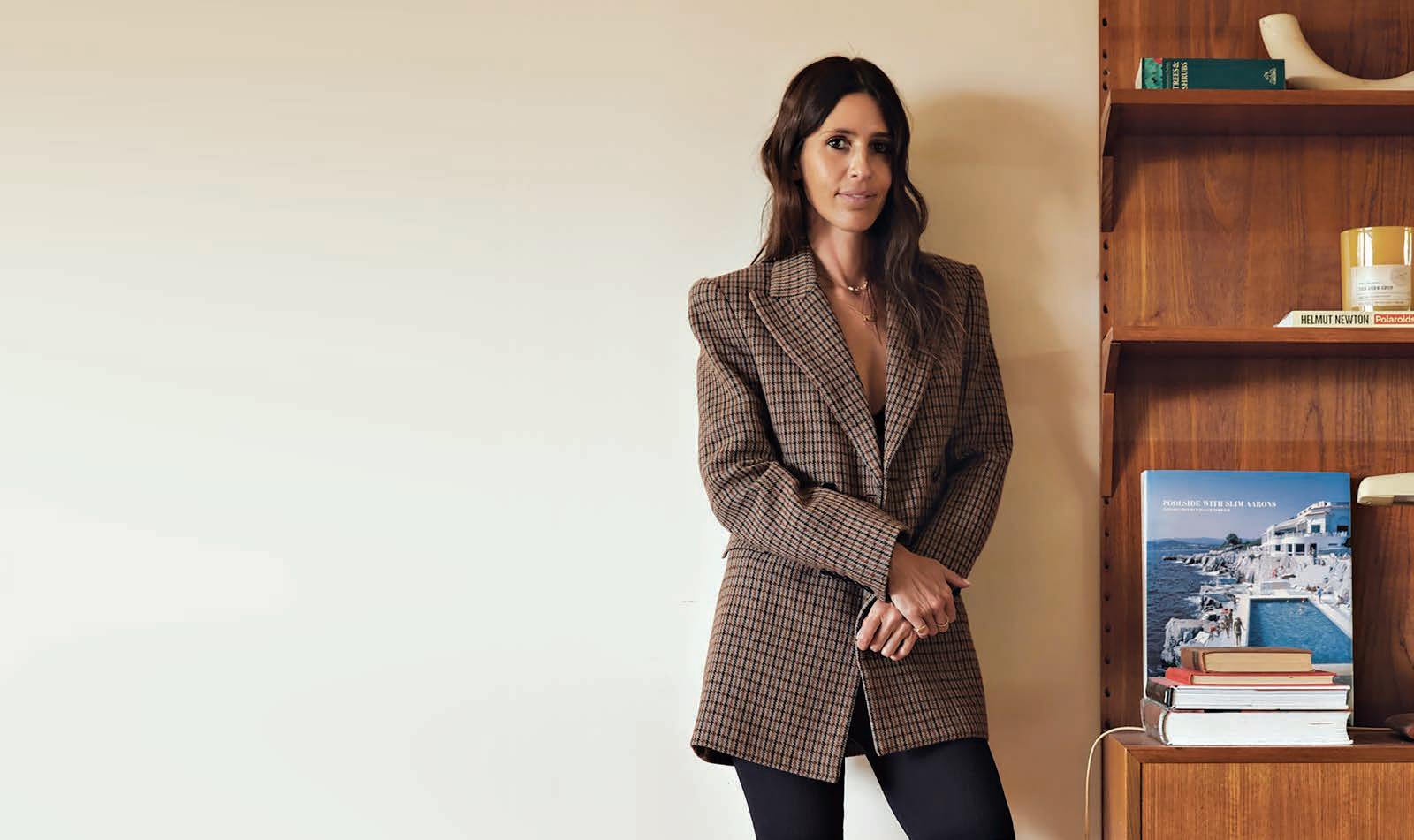
The podcast host and author once appeared to have it all — but she was deeply unhappy. Then life headed in an unexpected direction
Words Hayley Hinze
After a short stint in marketing, a young Sarah pivoted to radio and landed a high-flying job producing one of Australia’s top radio shows.
“I remember at the time thinking that all my Christmases had come at once. It was all about the external things like getting paid well, working with big celebrities and going to parties. That’s all I cared about, and I felt like I’d ticked all those boxes.”
However, a few months into the role, reality set in.
“You’d think I was living the dream, but inside I was just so miserable. I would wake up at 3am, five mornings a week, and had a two and four-year-old at the time. I became exhausted, deeply unhappy and wondered how I could feel like this when, on paper, I had everything that anyone would want.”
It took a random sick day (and a shameless cry
session) for her to realise that something had to change.
“I had done no inner work on myself. I knew I wanted to make a change, so I dove into every personal development book under the sun. And I wasn’t just reading the books, I was embodying everything in them.”
Sarah’s personal growth was soaring but her job remained the same. That is, until an opportunity

popped up in this new thing called podcasting.
“Back then, podcasting was in its infancy. Hamish and Andy had just moved into podcasting and I became their executive producer for four years. It was such an amazing role and I had the best time.”
Producing was her nine-to-five work,but she also hada promising project going on the side.

“I really got into personal development work and saw my life change, so I wanted to teach people how they could change their life, too. So I started my own podcast called A Life of Greatness.”
As her podcast continued to grow, Sarah toyed with the idea of committing to it full time.
“It got to a stage where I felt I could make that leap without there being this huge risk of everything falling apart. I loved my job, but realised I could leave on a high to pursue my dreams.”
More than 500 episodes later, A Life of Greatness has hosted everyone from celebrities and thought leaders to everyday people with great stories to share.
“I love storytelling — it has the power to connect people and show someone that they’re not alone in whatever they’re going through. The idea was to get the best people in the world to share their wisdom.”
One standout guest was Olivia NewtonJohn, whom Sarah interviewed just a year before she died. “We were connected over video call and she opened up so much about her life. We covered her days in Grease and relationship with John Travolta and what she thought happened after life. At the end she said to me, ‘Sarah, you took me to places that I haven’t been for a while that you allowed me to remember, so thank you for that’.”
Not only a mindset coach, podcaster and keynote speaker, Sarah has now added author to her dynamic job title.
Take a moment for yourself with Sarah’s box breathing exercise
Breathe in for four seconds
Hold for four seconds
Breathe out for four seconds
Hold for four seconds
Repeat for as many times as you need to feel calmer
“My path was not straight but everything I’ve done has led me to this point. Things like meditation, conscious awareness, forgiveness and purpose can help us lead the best possible life. All those things are already inside of us, and the book is just a guide to help you reconnect with them.”
And her advice for those running on empty?
“If you’re ever feeling anxious or panicky in a situation, the right breathing technique can help slow your heart rate and help you regain control. When we realise how to use our breath, it becomes our biggest ally.”

Living a Life of Greatness by Sarah Grynberg, published by Allen & Unwin, RRP $34.99.




Words Siobhan Duck
Never content to hang his chef’s hat on his multiple Michelin stars, the naturally restless Jean-Christophe Novelli is always looking for fresh challenges in the kitchen and new horizons in life.
“I’m like a kid: I get bored very easily,” the Frenchborn chef and restaurateur enthuses.
“That’s why I never stay in the same place. If I had stayed in the same place, I might have more Michelin stars but I want the thrill. I want the teamwork. This is what excites me. I couldn’t possibly open the same (restaurant) door every day. Cooking is my exploration.”
Since leaving school at age 14 to pursue his passion for cooking, Jean-Christophe has run award-winning kitchens — most notably in England, France and South Africa.

Even now, having put down roots in Hertfordshire, where he and wife Michelle Kennedy Novelli are raising their three sons and running a culinary academy, JeanChristophe pushes himself to keep learning.
And so, while working long hours on the Melbourne set of MasterChef Australia (where he’s a judge alongside Andy Allen, Poh Ling Yeow and Sofia Levin), the already bilingual speaker uses his downtime to learn Italian and study piano.
The 64-year-old also encourages his sons Jean, 16, Jacques, 12, and Valentino, 8, to follow his example, with nightly public speaking practice, as well as music lessons, boxing and kicking a soccer ball around their 14thcentury farmhouse property.
“I’m also teaching them how to shoot,
how to fish, how to ride, how to drive a car,” he says. “I am trying to teach them as much as possible because I am older; I want to do it as soon as possible.”
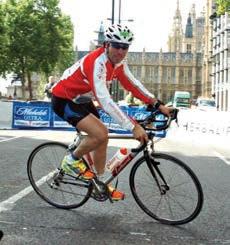
Being at the stage of his career where he’s not completely beholden to gruelling restaurant hours is an upside of being an older father, he notes.
“I’ve been very fortunate that I can take time to be with my wife and my three boys, which I did not get the chance to do with my daughter (Christina Novelli, who is now 38 and a DJ),” he says.
“So, I can pick them up from school every day — though my oldest boy now makes me wait in the corridor like a stranger.”
Born and raised in France, Jean-Christophe is passionate about making any dish, whether it’s a traditional beef bourguignon or a vegan alternative, worth savouring.
Healthier choices, he believes, shouldn’t be lesser choices and he has found ways
to maximise flavour without relying on salt and sugar.
“The greatest thing that I have learned is to have a sense of respect for your body,” he says. “To listen to your own clock. And to burn more than you eat.”
Always one to eat in moderation, he is seeing his willpower and lifetime of healthy eating being tested with MasterChef. “I can become quite a little (glutton) because the contestants are fantastic,” he says.
“I didn’t believe it when Andy warned me about this (potential for weight gain) because he’s so fit. But he was right. I don’t eat as much as this in real life.”
Nowadays, as he awaits two knee replacement surgeries, he’s found other ways to burn off all those MasterChef meals. To counteract the calorie-laden concoctions, he will get up early and hit the gym to stretch or to ride on the bike.
As with anything he does, there’s no set routine. He likes to mix things up each day to keep himself motivated.
“It’s good because there’s nobody in the gym (at dawn),” he smiles. “I don’t have to talk to anyone. I just put on my music and go.”
MasterChef Australia: Back to Win airs Sunday to Wednesday on 10 and 10 Play
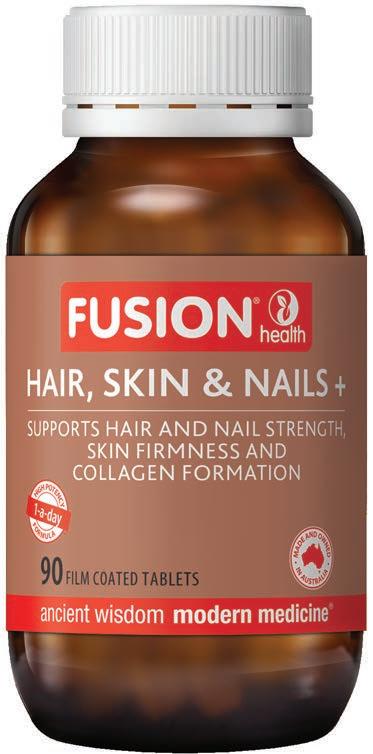






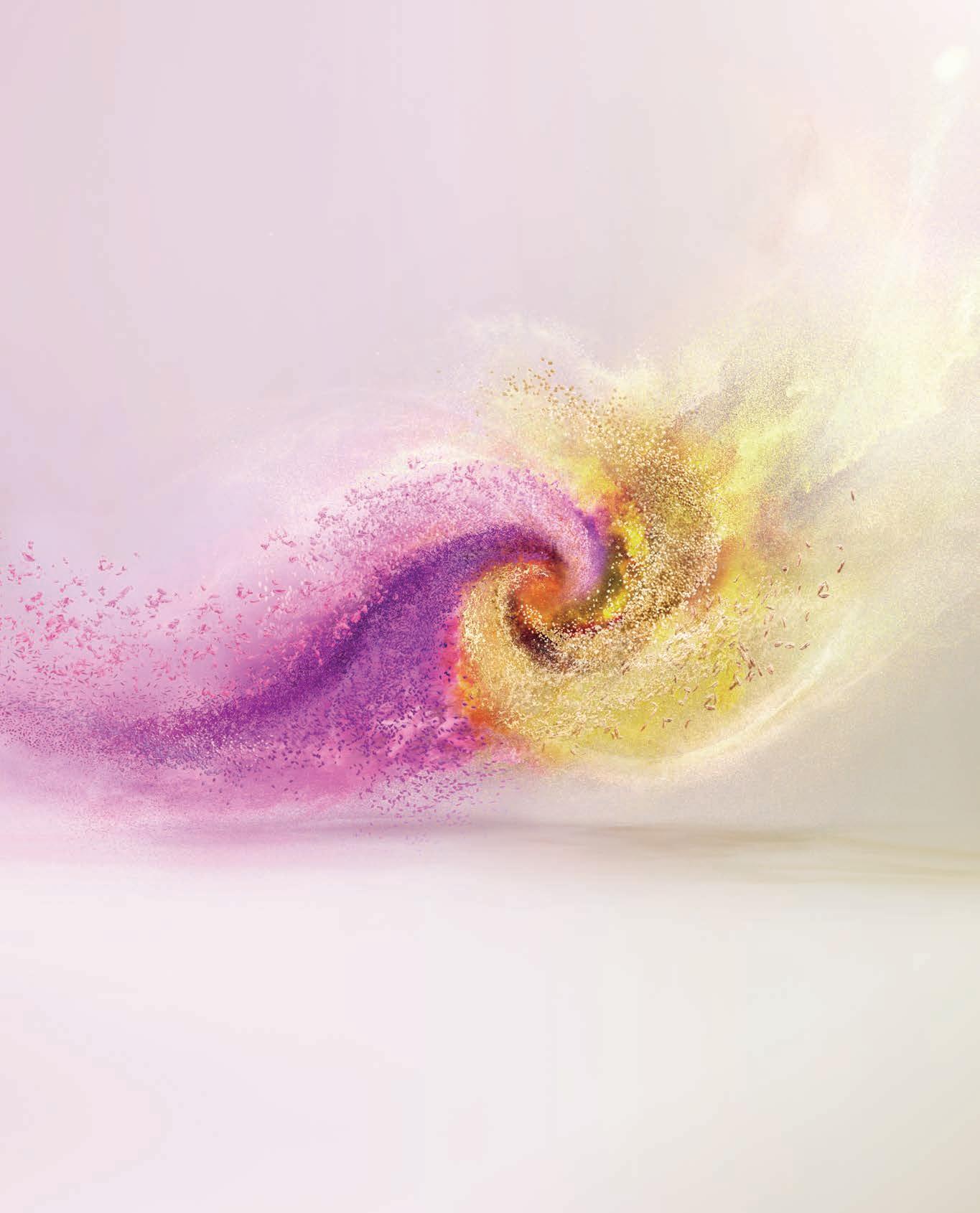

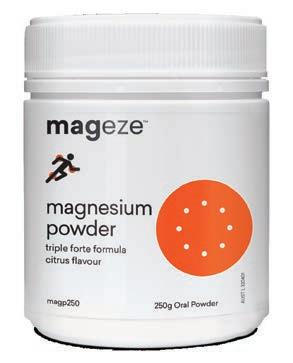


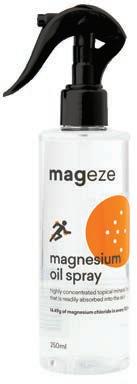






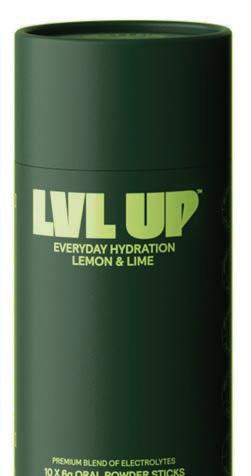

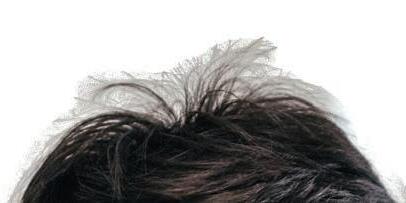

Here’s how to assess your strength, balance, flexibility and general fitness with some simple exercises and activities
Words Sarah Marinos
Each year, you probably take your car to the mechanic for a service — a routine inspection to see how your vehicle is holding up and whether there are any underlying issues that need to be fixed before they become bigger problems.
But how many of us do the same for our health by doing a few simple exercises to check our cardiovascular fitness, balance or strength? We asked some experts to share the top exercises to do every six weeks to monitor your general health and fitness.
Monitoring your daily step count is a simple way to ensure you’re not spending too long sitting down. You don’t need 10,000 steps a day — that statistic was part of a 1960s marketing campaign by a company selling pedometers — but movement across the day is important, says Associate Professor Kegan Moneghetti from the Baker Institute.
“Most people overestimate their activity, so using your phone or watch to count your steps is an objective measure of how active you are. If you’re sedentary, even a few thousand steps a day will have a meaningful effect on reducing cardiovascular risk,” Assoc Prof Moneghetti says.
Your resting heart rate is how many times your heart beats every minute when you’re resting. For adults, a normal resting heart rate is 60 to 100 beats per minute.
“Some smartwatches can measure your resting heart rate, but it’s easy to do yourself,” says Dr Jena Buchan, a Queensland-based exercise physiologist.
“Sit quietly for a few minutes — don’t measure after you’ve been moving around or had coffee. Place your index and middle finger on your wrist, near the base of your thumb, and count the beats for 20 seconds. Times that by three to calculate beats per minute.”
For men in mid-life, being able to do at least 40 push-ups may lower cardiovascular disease risk, according to US researchers, who found men who only did 10 push-ups or less were at greater risk of coronary artery disease and heart failure. Push-ups are also a sign of upper-body strength.
“If you have a fall, you’ll need to be able to push
yourself up from the ground. Upper-body strength is important for daily activities — from pushing a trolley and getting out of bed to hanging laundry,” Dr Buchan explains. Set a 60-second timer and do as many push-ups as you can. If you’re a beginner, do push-ups against a wall, bringing your chest close to the wall, or do them on a countertop. Bring your chest down to the surface, and aim to gradually build your count.
A Radboud University (Netherlands) study found 2600 steps a day can lower cardiovascular disease risk by 11 per cent — that risk reducing further up to about 8800 steps a day.
3

Take the six-minute test
Walk for six minutes and see how much distance you can cover to measure your endurance capacity, says Associate Professor Erin Howden from the Baker Institute. The further and faster you walk, the greater your endurance and cardiorespiratory fitness. American Thoracic Society guidelines found walking about 400 to 700 metres was within normal range.
“If you’re mid-age and onwards and have to take a break or feel breathless, that can indicate you’ve lost some fitness and strength and could gradually increase your physical activity,” Assoc Prof Howden says.
“This is particularly important for women because menopause and being sedentary place them at greater risk of osteoporosis and heart disease. It’s critical that women do some strength training and aerobic activity.”
You probably had to touch your toes as part of school PE classes — but being able to touch your toes throughout your life is a great test of your core strength and your spine’s mobility. If you can’t quite reach your toes, build your core and spine strength by doing the baby cobra stretch. Lie on your tummy, hands under your shoulders, and lift your chest about 5-10cm off the ground and hold for five seconds. Repeat 10 to 20 times.

Check your lower-body strength with the sit-to-stand test. Sit on a chair, stand, sit and stand and repeat for 30 seconds. Try not to use your hands to help you stand, or use one hand only, and work towards standing unaided.
If that’s not a challenge, sit on the floor and stand, without using your hands to help you up. Research in older adults found the fewer times that people could sit and stand unaided, the greater their mortality risk. Sitting and standing around 15 times in 60 seconds was about right for people in their 60s.
“IT’S CRITICAL THAT WOMEN DO SOME STRENGTH TRAINING AND AEROBIC ACTIVITY.”
BAKER INSTITUTE
Our feet contain about 29 muscles, and walking barefoot gives them a workout. It also helps maintain balance.
“You can check your balance by walking a straight line on the floor, as if walking a tightrope. At first you might take wider steps and look down to see where you’re going, but gradually walk the line using smaller steps, heelto-toe, and look ahead,” Dr Buchan says.
Queensland exercise physiologist Tim Douge also recommends the tandem stance. “Stand with one foot in front of the other (heel-to-toe), close your eyes and hold for 10 seconds.”

Your grip says more about your health than you might realise and can be a sign of your overall strength and bone density, according to researchers at Campbell University in the US.
“Each day, spend 30 to 60 seconds hanging by your arms from a bar or beam in your home or garage. First, stand on tiptoes and hang, to gradually strengthen your grip until you can lift your feet off the floor,” Dr Buchan says.
Lower-body strength is vital — having powerful thigh, calf, buttock and hip muscles reduces the risk of losing muscle mass that can increase mortality and disease risk, Tim says. “From a standing start, do a broad jump, where you stand and then jump forward as far as you can, to get an idea of how much lower-body power you have,” he says. You can also do a vertical jump — jump as high as you can from a standing position.

Dr Matthew Ahmadi, of the Charles Perkins Centre at the University of Sydney, says you can check your overall fitness level during the day by including short bursts of higher intensity during routine activities.
“If you have a 10-minute walk to the bus stop each day, walk at a faster pace for one to two minutes. Or instead of taking the elevator … take it halfway up and then use the stairs. While doing housework, do it at a faster pace for a few minutes,” he says.
“Mix in short, high-intensity bursts throughout the day and by day’s end, you’ll have done 15 to 17 minutes of high-intensity activity. As it becomes easier, increase the length of those bursts of activity or their frequency.”


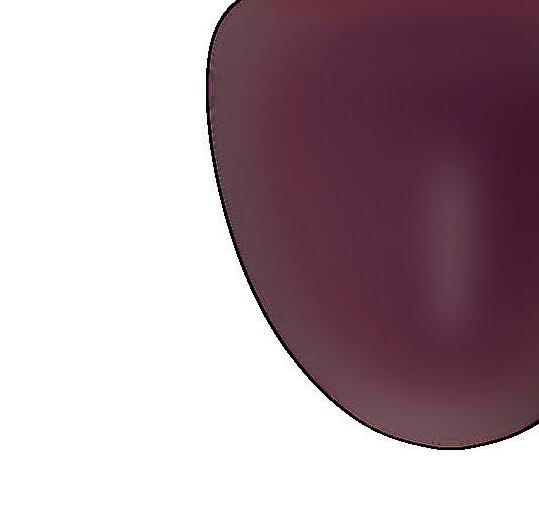


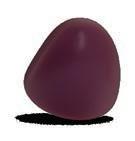
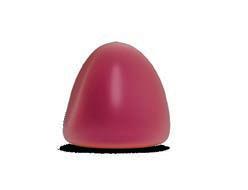
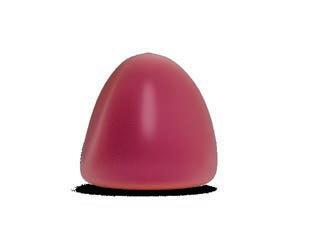


During pregnancy, more Australian women are being told they have gestational diabetes, with recent research finding an almost 70 per cent rise nationwide. A Monash University study published this year found cases in Victoria doubled between 2016 and 2021, and almost tripled in the Northern Territory.
“Gestational diabetes is the commonest medical complication of pregnancy and it now affects about one in six pregnancies globally,” says Dr Arianne Sweeting, a specialist endocrinologist at the Royal Prince Alfred Hospital in Sydney.
“It occurs during pregnancy when the body can’t produce enough insulin — the hormone made from the pancreas that controls the amount of glucose in the blood.
“This leads to insulin resistance and women having high blood sugar levels.”
Having a baby is usually a happy time, but more pregnant women than ever are being diagnosed with diabetes
Words Sarah Marinos
Women are screened for gestational diabetes at 24 to 28 weeks pregnant with an oral glucose tolerance test.
However, a national trial led by Professor David Simmons from Western Sydney University found testing women earlier could further reduce complications of gestational diabetes and better support mother and baby health. New guidelines on who should be tested and when could be released this year.
“For most women, gestational diabetes is temporary and disappears once a baby is born. But mum’s risk of developing type 2 diabetes in the future increases up to tenfold,” explains Dr Kristy Gray, of the University of South Australia.
“And type 2 diabetes is a serious lifelong condition that also carries the risk of cardiovascular disease, metabolic syndrome, kidney disease and some types of cancer,” Dr Gray says.
Aboriginal, Torres Strait Islander and Middle Eastern backgrounds having a greater chance of being diagnosed.
Prof Simmons, who is also chief medical officer at Diabetes Australia, says the rise in gestational diabetes is partly due to changing demographics.
“Women are having babies at a less young age and some have a higher body mass index (BMI) and these are amplifiers. But some women will be within a healthy weight range and still develop gestational diabetes because of their ethnicity or genetic predisposition.
“A diagnosis isn’t about blaming anyone — it’s about finding it and managing it to protect mum and baby.”
The condition can also lead to complications during pregnancy. “Glucose is a fuel and when a baby is exposed to higher glucose levels, it gets bigger. This can create difficulties during birth with the baby getting stuck and experiencing shoulder dystocia or a birth injury. Caesarean section is also more likely,” Prof Simmons says. A baby can also be born with breathing problems that require neonatal intensive care.
Expectant mums may be at greater risk of preeclampsia, which can cause high blood pressure, damage the placenta and lead to a premature birth.
Risk factors include being overweight, being over 40, having a close relative with diabetes, or having pre-diabetes. Ethnic background also increases the risk, with women from Southeast Asia, South and Central Asia and those from
“A diagnosis of gestational diabetes can lead to anxiety and stress but when we find it, we can manage it. For some women, going for a 10-minute walk after meals can be enough to lower glucose,” Prof Simmons says. But if glucose levels are higher than ideal, women may be prescribed insulin until their baby is born. An annual blood glucose test is then recommended to monitor for any signs of type 2 diabetes.
“If you’re planning a pregnancy and are over your healthiest weight, think about losing some weight beforehand. Follow a healthy diet and exercise regularly. After your baby is born, even losing 5 to 7 per cent of your body weight can greatly lower the risk of developing type 2 diabetes in the future,” Dr Gray says.
National Diabetes Week is July 13 to 19. Visit diabetesaustralia.com.au
“I was worried about what our profession will look
Dr Sarah Golding adores her role as a vet, but after seeing many others su er burnout, she created a way to help colleagues thrive
Words Erin Miller
Growing up in northern New South Wales, Dr Sarah Golding always felt a deep connection to life on the land.
Her passion for veterinary work was sparked at age seven when she witnessed a vet assisting a dairy cow through a difficult birth.
“I just thought it was the coolest thing ever, and ever since then I never wavered from wanting to be a vet,” she says.
Now 35, Dr Golding has worked as a vet for more than a decade, embracing the diverse challenges of rural practice in Inverell, NSW.
One day, she might be performing surgery on a dog in her clinic; the next, she’s out in the paddocks tending to an unwell horse. “I love that I’m
very hands-on, and it brings me a lot of joy to be busy and never bored,” she says.
But her chosen industry hasn’t been without its challenges.
A 2022 study review notes that veterinary professionals face risk factors including a lack of work-life balance, financial stress, challenging client interactions and a highpressure work environment.
Dr Golding says there is a severe shortage of vets worldwide, while pet ownership — and the cost of caring for pets — soared during and after the pandemic.
Australia’s pet population is estimated at 28.7 million, including about 6.3 million dogs and 5.3 million cats.
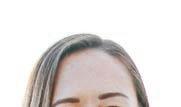

A 2023 Australian Veterinary Association report notes 38 per cent of vets provide an afterhours on-call service, which is an additional workload for vets.
These challenges, coupled with the profession’s high suicide risk — four times higher than the general public — ignited a spark in Dr Golding.
Determined to change the conversation around the industry, she created The Vet Mind Mentor course.
“I hope it gives graduates the tools and the skills that they’re not taught at university
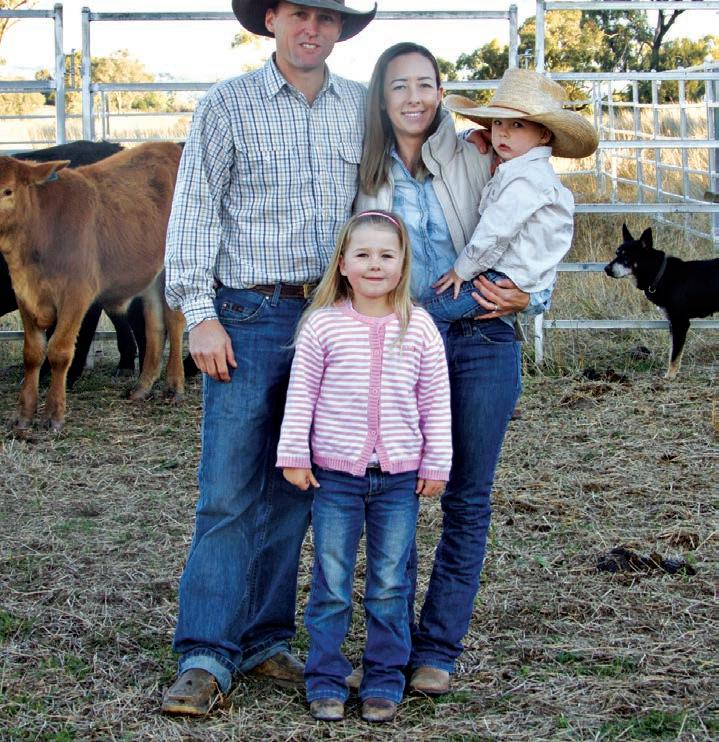
to manage their emotional wellbeing,” Dr Golding says.
“And I hope it gives clinics that ability to support graduates in a better way and give them a better start that is less sink or swim.”
The 13-week online course tackles this gap head-on.
From managing client expectations and handling after-hour emergencies to recognising burnout and cultivating self-care, The Vet


Mind Mentor course provides practical strategies for building a sustainable and fulfilling veterinary career.
The course has already garnered positive feedback from both participants and clinic owners.
Vet and clinic owner
Dr Terri Eckel from Charleville, Queensland, arranged for her employees to do the course.
“I wanted our vets to feel confident, enjoy their job and have a long, successful career in the industry,” Dr Eckel says.
“Learning the mindset and skills to make that happen shouldn’t be left to chance — it needs structure and intention.
“As a mum, vet and business owner, I often feel like I don’t dedicate enough time to
“I HOPE IT GIVES GRADUATES THE TOOLS AND THE SKILLS THAT THEY’RE NOT TAUGHT AT UNIVERSITY TO MANAGE THEIR EMOTIONAL WELLBEING.”
VETERINARIAN
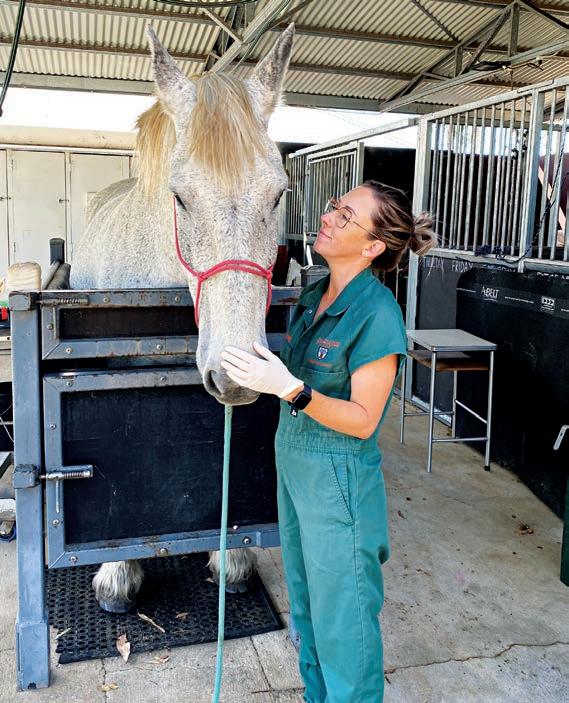
helping our team develop these skills, and I didn’t want them to miss out because of that.”
Dr Eckel adds that she hopes the course fosters a better workplace culture where vets feel “valued, supported and prepared”.
“Then we’ll see better patient care, stronger teams and a profession where people genuinely love what they do,” she says.
Veterinarian Dr Emma Young, who works with Dr Eckel in Charleville, has undertaken the course and found it helped with her mindset.
“I’ve learnt plenty of simple, yet invaluable skills that allow me to have a different perspective on life and work and enjoy my job again,” Dr Young says.
For Dr Golding, the motivation to see change in her industry is also deeply personal.
When her seven-year-old daughter announced she wanted to be a vet “just like mummy”, Dr Golding’s initial reaction was fear, not pride.
“I thought to myself, ‘Why would I think that? I love my job,’” she says. “I started to reflect on it, and I realised I was worried about what our profession will look like in another 10 years’ time.”
Now she’s determined to redefine the future, not just for her daughter, but for all aspiring and practising vets.
“Being a vet brings me a lot of joy,” she says.
“There’s nothing more rewarding than having an animal that’s really sick and a client that doesn’t know what is wrong with them and being able to problem-solve and diagnose what’s wrong, treat the animal and send a healthy pet home.”
For more on The Vet Mind Mentor visit thevetmindmentor.com.au


Local pharmacies are becoming even more important hubs for health care, providing services to help the community and ease pressure on GPs


JALA MOUSHI
Community pharmacist
Your local community pharmacy is evolving into more than a one-stop shop for prescription medicines, vitamins, herbal supplements, beauty goods and an opportunity to consult your pharmacist on minor ailments.
In light of legislative changes around the country, Australian pharmacists are stepping up beyond dispensing medicines and are now treating a wider range of common health conditions, expanding their scope of practice.
Here’s a breakdown of some treatments available at your local pharmacy.
Your pharmacist can manage mild skin conditions such as eczema, dermatitis, skin infections, acne and rosacea. Eczema and dermatitis can be treated with mild to moderate topical corticosteroids that may be supplied at the discretion of
the pharmacist. They may also offer moisturisers and advice on avoiding triggers to prevent recurrence.
Pharmacists around Australia can take care of fungal infections that affect hair, skin and nails with anti-fungal treatments. However, some pharmacists, such as those practising in Queensland, may even be able to treat bacterial skin infections with antibiotics. Your pharmacist can also be your first point of call for treating initial presentations of acne, depending on the severity. With some antibiotic treatments no longer requiring prescriptions, pharmacists have greater treatment options available to assist patients in effectively treating acne.
In some states, such as Queensland, NSW and Victoria, expanded pharmacist prescribing powers are improving access to essential treatments that usually require a prescription from the doctor. Pilot programs now allow pharmacists to prescribe medications for certain conditions, including short-course antibiotics for
uncomplicated urinary tract infections (UTIs), ensuring quicker relief for patients.
Pharmacists can also assist with oral contraceptive pill repeats, making it easier for women to maintain their birth control without disruption. These initiatives help ease pressure on GPs while providing more convenient and timely health care for patients.
In some states, these pilot programs are still in their infancy and checking with your local pharmacist what they can and can’t provide you with at this time is crucial.
With increasing demand for accessible health care, community pharmacists are playing an ever-expanding role in frontline health care.
As pharmacist prescribing continues to evolve, patients can expect even greater convenience and support for managing everyday health issues, avoiding long waits at the doctor.
Next time you’re feeling unwell, consider checking in with your local pharmacist first.
You might be surprised at just how much they can do.
Many Australian pharmacies now provide a convenient and accessible way to stay up to date with essential vaccinations, with pharmacistadministered flu shots and Covid-19 vaccines and boosters helping protect you and your family from seasonal and pandemicrelated illnesses. They can also provide whooping cough (pertussis) vaccines, which are especially important for new parents and relatives and friends of young children. For those planning to travel, pharmacists can provide travel vaccines, such as hepatitis A and B (excluding hepatitis A in WA), ensuring you are protected before heading overseas. Check with your local pharmacist if they can vaccinate you and your family against certain illnesses.
psa.org.au/ state-vaccinationregulations
Talking about the ‘boys downstairs’ might not be top of mind, but testicular cancer is highly treatable if detected early
Words Claire Burke
Most men are pretty comfortable talking about balls on the sporting field, but when it comes to discussing the state of play regarding the balls in their pants, things can get … awkward.
The reality is about 1000 Australians are diagnosed with testicular cancer each year. While not a common cancer overall, it is one of the most common cancers for males aged 20 to 39, and cases are increasing.
“Rates of testicular cancer are broadly increasing over the last 20 to 30 years, for reasons we don’t fully understand,” says medical oncologist Associate Professor Jeremy Lewin from the Peter MacCallum Cancer Centre.
“Around age 36 is the peak incidence, but it’s still occurring in a young age group.”
The good news is, when caught early, testicular cancer is highly treatable, with a fiveyear survival rate of around 98 per cent.
That’s why it’s time for men to get as comfortable talking about their balls off the field as they are on it — and know what’s normal for them.
Symptoms of testicular cancer
can be vague and varied, explains Assoc Prof Lewin, who is the medical director at the Victorian Adolescent and Young Adult Cancer Centre.


“For many people, there may not be any symptoms for a while, and sometimes a partner is the first to identify a change.
“Common signs include a feeling of heaviness in the scrotum, changes in size, unevenness or a noticeable lump. Occasionally, symptoms can be unrelated to the testicle, like back pain, breathlessness or stomach aches.”
Assoc Prof Lewin urges men to perform regular self-checks.
While there can be benign reasons for changes, any irregularity should be checked by a GP.
“What we’re looking for is change over time,” he says.
“There are different ways people become aware of an abnormality within the testicle,” he says.
“If you’re concerned, it’s very reasonable for us to look further and make sure there’s nothing more sinister going on.”
How testicular cancer is treated Treatment for testicular cancer usually starts with surgery (an orchidectomy) to remove the affected testicle.
This allows tissue examination to accurately diagnose the type and stage of the cancer.
“Often we do further testing, including blood tests and imaging to see if it’s confined to the testicle or has spread,” Assoc Prof Lewin explains.
“If it has spread, we evaluate whether additional treatment such as chemotherapy or surgery is needed. Even when it’s spread, cure rates are exceptionally high with modern treatments.”


The best time to do a self-exam is during or after a warm shower when the scrotum is relaxed
Stand in front of a mirror and look for any swelling
Gently roll each testicle between your thumb and fingers, feeling for lumps, hard spots or changes in size
It’s normal for one testicle to be slightly larger or hang lower than the other — what you’re looking for is anything new or unusual
Make this a quick, monthly habit
Men are not good at checking in with their GP, and even more reluctant to discuss issues “below the belt”, but Assoc Prof Lewin hopes greater awareness can change this.
He says initiatives such as Movember are helping improve men’s health understanding and encourage talk between men, but more work is needed.
“The (testicles are) still an area that may cause some embarrassment,” he says.
“We need to normalise the conversation — similar to how we’ve normalised conversations around women’s health.”
About two years ago, at 27, James Norrish from Narrabeen on Sydney’s Northern Beaches was living his best life. He was in top shape, playing rugby union in the semi-professional Shute Shield, and thriving as a sales executive. But when he noticed a lump on his testicle, instead of brushing it off, he decided to get it checked out.
“I had a gut feeling this wasn’t something to ignore,” he says. “But nothing prepares you for the word ‘cancer’.”
His first thought was: “Am I going to die?” Once reassured his outlook was positive, his mindset shifted into gear.
Sharing the news with family and friends was tough.
“That was the most emotionally taxing part — bringing pain and uncertainty into their lives,” he says.
“But my support network was incredible.”
James’s testicular cancer was identified as stage 1A after the affected testicle was removed.
Fortunately, he didn’t need chemotherapy or further treatment, and he took his urologist’s advice to freeze his sperm.
“Thankfully I did, because I later found out I was azoospermic, meaning my body produces semen but no longer carries the swimmers,” he says.
James is now part of the Australian and New Zealand Urogenital and Prostate Cancer surveillance program and has regular scans, blood tests and check-ups.
Now living in the UK, he feels incredibly grateful.
“Life is great. I’ve travelled a lot, embraced every opportunity and I’m now head of sales at a tech company I love,” he says.
“I’ve become more spontaneous and appreciative of the small wins. Life can change in the blink of an eye, so I take nothing for granted.”
James urges other young men to be proactive about their health.
“Don’t ignore things out of fear,” he says. “Be smart. If something feels off, get it checked. Early detection is everything — it can be the difference between sickness and health. And most importantly, check your nuts!”



Words Bianca Carmona
At 21, Hugo Toovey was the picture of health — he had almost finished four years of gruelling military training and was in peak physical condition.
But a pea-sized lump on his right testicle soon changed his life. “I’d never had any serious health issues and no family history of cancer,” Hugo, now 33, says. “So when I noticed a lump on my testicle, I didn’t think much of it. I put off going to the doctor for at least six months because I felt fine.”
It took an offhand chat with his father for the young Sydney man to take action.
“I awkwardly mentioned it, and Dad just said, ‘Mate, that doesn’t sound normal. Have you gone to see your doctor?’ That was the push I needed.”
Hugo was diagnosed with testicular cancer, which had spread. Rather than straightforward treatment, he endured years of surgeries, chemotherapy and recovery.
“It was a huge wake-up call. Cancer can take so much from your life, even when you’re young and think you’re bulletproof,” Hugo says.

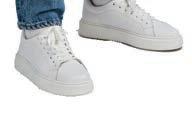
At 26, Hugo’s health had improved and he was preparing for deployment. But just two months after receiving the five-year all-clear for testicular cancer, persistent bowel issues led him to see
✓Blood in your poo or rectal bleeding
✓Change in bowel habits
✓Change in shape or appearance of your poo
✓Frequent gas pain, cramps
✓Feeling of fullness or bloating in the bowel or rectum
✓Unexplained anaemia, causing tiredness, weakness or weight loss
✓Feeling the bowel has not emptied completely
✓Pain or a lump in the anus or rectum
✓Abdominal pain or swelling
Source: Bowel Cancer Australia
a doctor — a decision that probably saved his life.
A colonoscopy revealed aggressive bowel cancer, unrelated to his previous diagnosis.
“I remember sitting at the specialist’s office and that’s the first time I really felt scared,” Hugo says. His doctors acted quickly, scheduling surgery to remove a portion of his bowel.
However, complications unfolded, leading to further treatments, including radiation, immunotherapy and ultimately colon removal to prevent the cancer from spreading.
Despite the many hardships, life also brought unexpected joy. Hugo was promoted to Australian Army Major, married the love of his life Amber and in 2024, they welcomed a son.
“I think the silver lining in this whole experience is that
I was proactive with my (bowel) health. I’m one of the lucky ones where I had a fighting chance to beat this thing.”
“Bowel cancer is now the biggest cancer killer for people aged 25 to 44,” Hugo says.
He points out young adults often neglect regular checkups and underestimate lifestyle factors affecting their health.
But he is on a mission to turn it around. He founded the 25 Stay Alive charity to help change the way young people approach their health by making prevention, early detection and open conversations normal.
“I tell people, ‘Even if you feel fine, get that check-up’. We service our cars regularly even when they’re running well. Why wouldn’t we do the same for our bodies?”
As an ambassador and speaker for the non-profit Gotcha4Life Foundation, Hugo advocates for mental resilience and the power of strong support networks. He encourages people to prioritise their physical and mental health, check in with loved ones and take proactive steps with their doctors.
With his military background, Hugo knows first hand how reluctant young men can be to talk about their health.
“Guys aren’t sitting around with their mates saying, ‘Hey, I’ve got a lump on my testicle’. But that has to change,” he says.
“I make a point of normalising these discussions. Whether it’s mental health, bowel issues or something as simple as self-checks, I want to take the awkwardness out of it.
“Because early detection saves lives.”
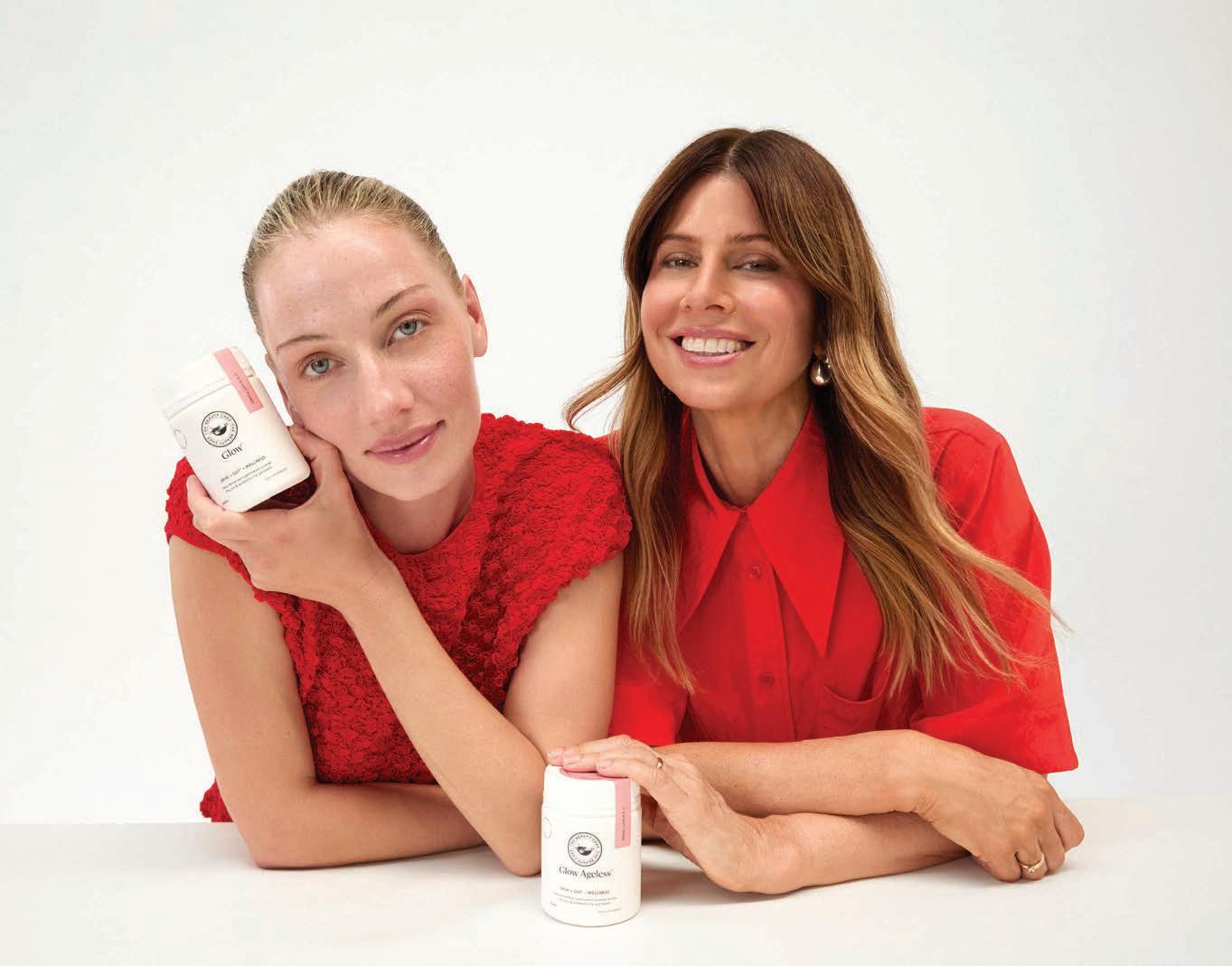


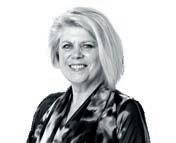
DR SALLY COCKBURN
General practitioner
I’ve worked in clinical medicine for more than 40 years and the same old myths come up again and again. I hope the following will at least clear up a few winter health myths
#1
My grandmother always told me not to go outside with wet hair (or skimpy clothes) as I’d catch ‘a chill’. WRONG
While a high fever may cause you to shiver, a cold or flu is caused by a viral infection, not wet hair or cold weather. You become infected by being exposed to other people with the virus. In winter, people tend to spend more time together, so seasonal viruses tend to spread more easily. I wonder if Nanna was more interested in your modesty re the fashion advice?
#2
Taking extra vitamin C will prevent me catching a cold. SORRY, NO
While vitamin C is important for good immune function there is no evidence that extra doses over and above a good diet will actually prevent you getting infected after exposure to someone with a cold or flu. However, some research shows vitamin C may speed up recovery slightly (maybe by 13 hours). The best way to avoid catching a cold or flu is to stay away from people who have a respiratory infection. Washing your hands (or using hand sanitiser) after contact with others and before eating is important.
#3
I don’t need a flu vaccine because I had one last year. YES, YOU DO
An annual flu vaccine is recommended. The influenza virus changes and every year the Australian vaccine is made up of the most likely viruses to a ect us based on the experience of the northern hemisphere. Even if the vaccine contains the same viruses as last year, it is thought that the immunity the vaccine provides probably wanes after three to four months.
MYTH #4
I got the flu from the flu immunisation. NO WAY
The flu vaccination cannot cause you to get the flu as it is an inactivated virus. You may get local redness or itching or even some mild aches and slight fever, which is a normal reaction to the vaccine ‘teaching’ the immune system what to look out for.
#5
Hang on, I was immunised but got the flu anyway, so it doesn’t work. YEAH-NAH, IT’S ABOUT TIMING
If you did get the flu (ie tested positive), you were either
already infected around the time you had the vaccine (it takes up to two weeks to take e ect) or you came in contact with a strain that wasn’t in the vaccine.
#6
Can I have antibiotics for my cold/flu? NOT USUALLY
Antibiotics, as such, only kill bacteria — and colds and flu are caused by viruses. So, the short answer is they won’t work. Then again, some people may develop a secondary bacterial infection as a consequence of a nasty virus, in which case antibiotics may be indicated. The symptoms of many respiratory viruses can be similar, and you may not be able to tell what you have. You can buy home swab tests that may diagnose Covid and flu (and even RSV — respiratory syncytial virus). If you are a vulnerable person health-wise, this is worth doing as you may be eligible for antivirals that work against some viruses such as Covid and influenza. Unfortunately, we don’t have one for RSV in adults — yet. But there is an RSV vaccine. Antivirals reduce the severity of the infection, shorten the time you are sick and may well keep you out of hospital. Talk to your GP.










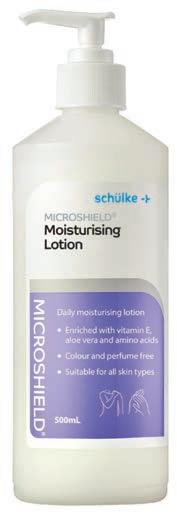












In the past few decades, native ingredients have been embraced by fine-dining establishments across the country for their unique flavour profiles, which enhance and elevate gourmet dishes. But you don’t need to have culinary training to explore the potential
of these ingredients — they can simply be integrated into your home kitchen. Blending Elder Bruno Dann’s deep knowledge of bushfoods with Tahlia Mandie’s passion for celebrating the flavours, the following recipes showcase native ingredients that are accessible to all.

Wattleseed has been a traditional staple food for Aboriginal people for thousands of years. It was often ground to a flour for damper. With its mix of roasted coffee, chocolate and hazelnut flavour and aroma, today wattleseed is primarily used in breads, muffins, desserts, muesli and pancake batter. Wattleseed essence is used to flavour sauces and even beer and ales. Unless specifically stated, we always use wattleseed that’s been roasted and ground. Like coffee, if it isn’t roasted it’s quite bitter.
Grow at home: No.
Buy: Roasted (whole) or dried (powder).
The pepperberry tree is also known as mountain pepper and native pepper. Both the berries (pepperberry) and the leaves (pepperleaf) of this tree are delicious bushfoods. They impart hot, spicy and aromatic flavours to dishes. The berries, whole or powdered, are a great alternative to ‘regular’ pepper; while the leaf is usually powdered to use in flavouring food. Grow at home: You will need both male and female plants for pollination. Only the female produces fruit. Buy: Fresh or dried (whole or as a powder).
Gubinge, or kakadu plum, also known as bush plum, billygoat plum and salty plum, depending upon location, is a natural wild harvested fruit grown in the Top End of Australia from the Kimberley to Darwin. Recognised as a gift from the Dreaming, gubinge has been an important bushfood for Aboriginal people in northern Australia for millennia. Traditionally, both the fruit and seed are eaten raw, and the sap roasted and the bark boiled to use for treating skin conditions and sores; it can also be drunk as a tea for colds and flu. While gubinge can be eaten fresh, these days it is primarily used in jams, preserves and sauces, as well as in sports drinks and beauty products including cleansers, body lotions, hand cream and lip balm. The fruit contains the highest recorded level of natural vitamin C content globally, and also displays superior antioxidant properties.
Grow at home: No. Given the cultural significance of this plant to Elder Bruno and many Aboriginal people, this is not to be grown at home. Buy: Frozen or dried (powder).

MAKES 1 LOAF
• 500g wholemeal or white self-raising flour, plus extra for dusting
• 1 tsp salt
• 1 tbsp gubinge (kakadu plum) powder
• 3 tbsp ground wattleseed
• 60g butter, cold
• 1 cup (250 ml) milk
Preheat the oven to 180C and grease a baking tray. Mix the flour, salt, gubinge (kakadu plum) powder and wattleseed in a large bowl. Add the butter and rub it into the flour mixture with your fingers until the

mixture resembles fine crumbs. Using a blunt knife, stir in the milk to make a soft dough; it should not be too sticky. Turn the dough out on to a floured work surface and knead into a ball. Place the dough on the baking tray and put it in the oven or directly on hot coals. Bake for approximately 40 minutes or until the outside is slightly golden and the base sounds hollow when you tap it. Let the bread cool a little before slicing or tearing into chunks.




“I MET TAHLIA ABOUT EIGHT YEARS AGO AND SHE WAS SO ENTHUSIASTIC AND GENUINELY LOVED EVERYTHING TO DO WITH THE AUSTRALIAN ABORIGINAL CULTURES, BUSHFOODS AND THE BUSH.”
NYUL NYUL ELDER
SERVES 2
• 2 tbsp soy sauce
• native ingredients of your choice; this could include wattleseed, desert lime or lemon myrtle
• 1 small garlic clove, minced
• ½ tsp minced ginger
• 2 x 150g salmon fillets
• ½ tsp cooking oil
TO SERVE
• steamed mixed vegetables, such as broccolini and Dutch carrots
• bush dukkah (see recipe below)

• desert lime powder
BUSH DUKKAH
• ½ cup macadamia
nuts
• 1⁄4 cup sesame seeds
• 1 tbsp wattleseed
• 1 tbsp lemon myrtle powder
• ½ tsp pepperberry powder
• ½ tsp dried whole pepperleaf
• 1 tsp salt
• 3⁄4 tsp cumin seeds
• ½ tsp fennel seeds
Preheat oven to 180C. In a bowl, make a teriyaki sauce with the soy sauce, a pinch of native ingredients, the garlic and ginger. It should have a salty-sweet flavour. Set aside. Place salmon fillets on a lightly oiled, foil-lined baking tray, skin-side down.
Using a pastry brush, paint the fillets with the sauce, setting aside a little of the sauce for serving, and bake for 10-20 minutes. Serve the salmon with the steamed veg and drizzle with the remaining sauce. Top with bush dukkah and desert lime. Note: If you like, grill the salmon on the barbecue instead of baking it.
For the bush dukkah, put all ingredients, except cumin and fennel seeds, into a food processor. In a mortar and pestle, grind cumin and fennel seeds to a powder and then add to food processor. Process mixture for about 20 seconds until the nuts resemble coarse sand (do not process too long or you could end up with spicy nut butter).
Store in an airtight container in fridge for up to 1 week.

6-8 AS A SIDE DISH
• 6 firm tomatoes; use a variety of tomatoes including heirloom and black Russian
• 3 tbsp olive oil infused with native pepper (pepperberry)
• 300g burrata cheese
• 1 tbsp balsamic glaze (available from greengrocer or supermarket)
• 5-6 fresh bush basil leaves
• 1 tsp sea salt
• saltbush powder, to taste
• pepperberry powder, to taste
Slice the tomatoes approximately 1cm thick and delicately place them on a plate, overlapping them and mixing the types of tomatoes. Drizzle with 1 tablespoon of the oil.
When ready to serve, remove the burrata from its container and gently tear it into large pieces, arranging it over the tomatoes.
Drizzle the remaining oil and the balsamic glaze over the tomatoes and burrata. Sprinkle with the sea salt, saltbush and pepperberry, and finish with the fresh bush basil leaves.
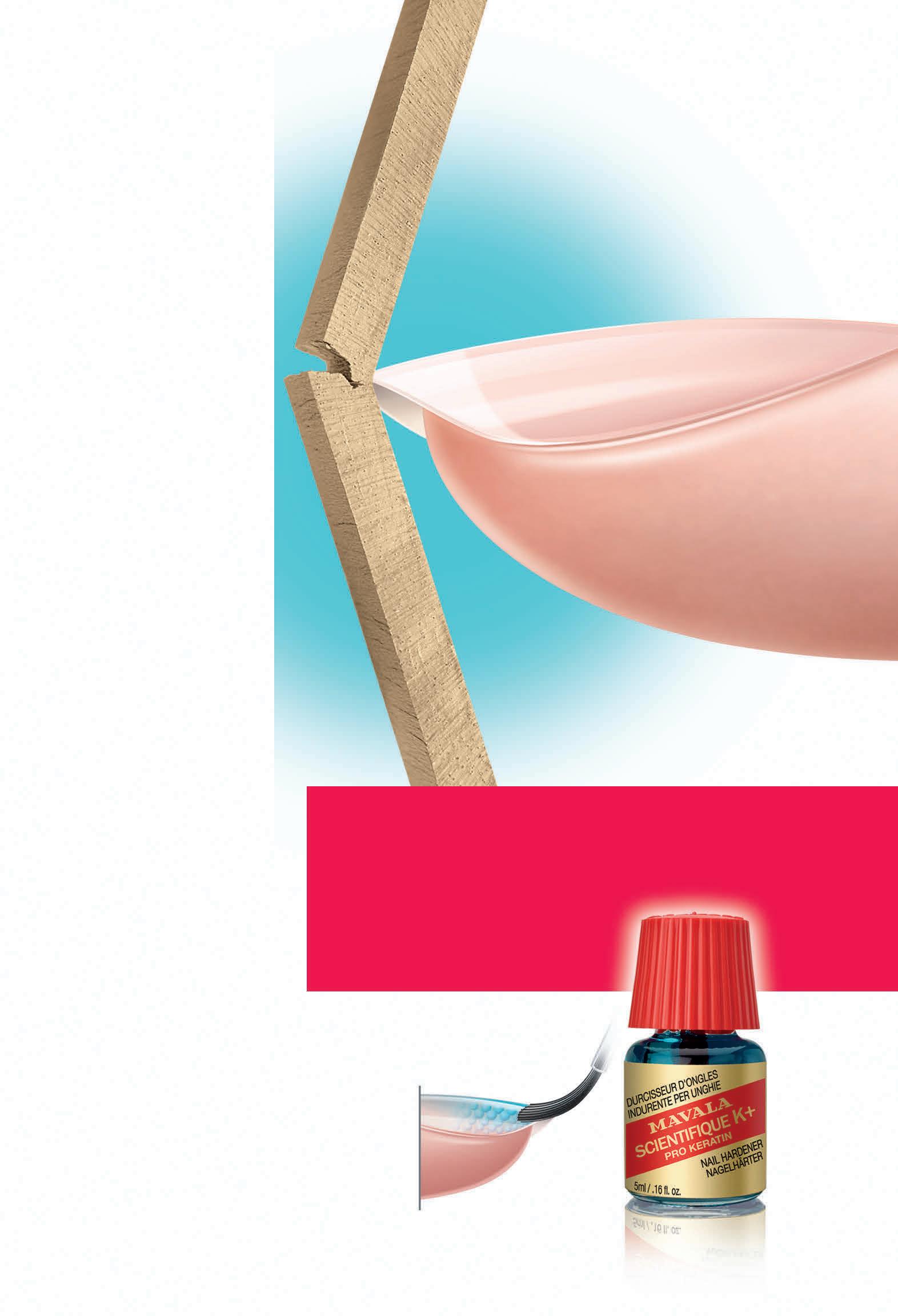





Words Bianca Carmona
For years, Michelle Bridges has empowered Australians through health and fitness. Now, she’s tackling a different kind of transformation — one that affects energy, mood, libido and relationships.
Perimenopause usually starts in a woman’s 40s and lasts about four to six years, according to Jean Hailes for Women’s Health.
Yet many dismiss the shifts in their body and emotions as just part of ageing.
Perimenopause, which can begin as early as 35, is often overlooked or misdiagnosed.
Michelle first noticed trouble sleeping, an aching hip and tinnitus.
“I also had a little bit of anxiety, which I’ve never had before,” Michelle says.
Waking up due to temperature changes and joint pain left her exhausted.
“The knock-on effect was ridiculous. I didn’t feel like training, which is very unlike me. If I had been in a relationship, I don’t think there would have been much sexy time. When you’re sleep-deprived, you’re barely functioning.”
Initially misdiagnosed and offered antidepressants, she urges women to recognise symptoms such as sleep disturbance, anxiety and brain fog as possible signs of perimenopause.
Michelle advocates a holistic approach at this time of life, including lifestyle, nutrition, exercise and sleep.
She stresses the importance of finding a GP who understands hormonal health,
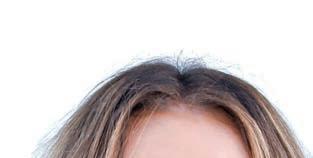

and making an informed choice about hormone replacement therapy.
“Become the CEO of your own life,” she says. “Look at valid medical research and find what works for you.”
When it comes to exercise, Michelle recommends strength training.
She says one of the most important principles of strength training is progressive overload (gradually increasing your weights every couple of weeks or as you feel stronger).
“You need to keep your muscles challenged, which is key to maintaining muscle mass and supporting bone density,” she says.
She also recommends HIIT training (high-intensity interval training) to improve cardiovascular health and boost metabolism.
Perimenopause impacts more than just the individual — it affects relationships, both romantic and professional.
Mood swings, fatigue and body changes can ripple out to partners, children and colleagues.
Michelle emphasises open communication. “Talk to your partner about what’s going on, and do it when you’re calm, not while throwing a tea towel,” she says with a laugh.
Dr Margaret Redelman explains that female desire is influenced by multiple factors, not just hormones. Sexual literacy, expectations, health, stress, relationship dynamics, body image and more all play a role.
“Also, by the time perimenopause begins, libido may have already shifted due to declining testosterone, long-term relationship dynamics and life,” Dr Redelman says.
Many couples avoid discussing intimacy issues due to a lack of comfort with expressing emotional and sexual needs, leading to resentment.
“Talking might not fix libido but it improves the relationship, which gives a positive platform for addressing sexuality,” Dr Redelman says. “Even if sex doesn’t change, feeling heard strengthens connections.”
Long-term partners often settle into a routine where sex is pleasant but predictable and not very erotic.
Rekindling desire requires conscious effort from both partners and is often personally confronting and scary, Dr Redelman says.
“This stage of life is often already difficult with children becoming independent, career stress and even social changes like feeling invisible in society,” she notes. “If your partner’s libido remains unchanged, it may not be easy for them
Stay
Fitness helps sexual confidence
Focus on emotional wellbeing
Review your sexual script
Ditch the routine and try different environments or adjusting expectations
Talk about it
A sex therapist can provide fresh perspectives

to empathise with the shifts you are experiencing.”
She says improving the situation can require effort.
“Unfortunately, improving sexuality doesn’t come in a pill and there’s no magic wand.”
Even with medications such as MHT (menopausal hormone therapy) and testosterone, personal effort and often a change in attitude and sexual scripts are required, she explains.
“The first question to ask yourself is, ‘Do you actually want change for yourself, or are you doing this for your partner either out of love, guilt or fear?’ True sustained motivation comes from within and for oneself.”
For many women, perimenopause can be a time to redefine what intimacy means.
And the physiological changes can be an opportunity to start a new chapter in a couple’s sex life.
Dr Redelman highlights that sex doesn’t have to revolve around penetration or orgasm.
“Lovemaking can be about connection, validation of specialness and femininity. Many women enjoy being caressed and feeling valued rather than chasing a performance-based goal,” she says.
Touch is of fundamental importance to mental wellness and often the only time adults get real body touch is during lovemaking, she adds. The stresses of life and perimenopause can be managed better with touch and connection.
“Understanding that intimacy extends beyond intercourse can be truly liberating,” Dr Redelman says.
Michelle’s latest endeavour, The Perimenopause Method, is a 12-week program designed to equip women with knowledge and tools to navigate this life stage.
She also hosts the podcast We Have a Situation, which discusses perimenopause and menopause.
“This is knowledge we should have had all along,” Michelle says.
“Now that we do, we have the power to change the conversation for future generations.”

Ever felt a profound shift in your mood after spending time in nature? That sense of calm and clarity isn’t just in your head
Words Sarah Vercoe

If you’ve ever experienced awe, you know exactly what I mean — even if you can’t quite describe it. Maybe it was watching a sunset stretch across the sky or standing at the edge of a canyon, feeling both tiny and infinite. Those moments — where time slows and you’re lost in wonder — aren’t just
beautiful; they’re powerful. Associate Professor Ali Chauvenet, from Griffith University’s School of Environment and Science, says that awe acts like a reset button for the brain. “It’s all about mindfulness and mental restoration. When you’re immersed in something bigger than yourself, it helps you be fully present, pulling you out of stress and daily distractions.”
That’s why those natureinduced goosebumps leave us feeling more present and deeply connected. Nature Based Therapy founder Kit Kline also sees nature as a salve for the mind.

“Being in nature, especially when experiencing something awe-inspiring, helps regulate emotions and reduce anxiety. It fosters a sense of connection — not just with the world around us but with ourselves,” Kit says.
Whether it’s gazing at a mountain bathed in sunrise hues or standing under a sky glittering with stars, nature has a way of quieting the noise in our minds and restoring clarity. These moments do more than lift our spirits; they shape us.
“Strong emotions, especially positive ones, help create lasting memories,” Assoc Prof Chauvenet explains.
“That’s why people seek out travel experiences that take them outside their comfort zones. It builds resilience, selfesteem and self-belief. When you push past your boundaries and embrace something new, you start to think, ‘If I can do that, what else can I do?’”
If magic is real, it’s found in those rare pockets of the world that elicit awe — places that stir the soul, calm the mind and leave you forever changed.


If you’re craving that feeling — the kind that leaves you breathless, recharged and full of wonder — there are places around the world where awe comes naturally. From glowing seas to sky-high mountain peaks, these destinations have the power to transform, inspire and reconnect you with both the world and yourself.
1
Shimmer and shake — Cradle Mountain, Tas
Look up at night in Tasmania and you may catch one of nature’s most spectacular displays — an aurora. The Southern Lights, or Aurora Australis, light the sky in shimmering waves of green, violet and crimson, transforming the darkness into an otherworldly show. To experience it, head to Cradle Mountain, South Arm Peninsula or Satellite Island on a clear night and witness an unforgettable spectacle as the heavens erupt.
2
Liquid beauty — Jervis Bay, NSW
Imagine dipping your toes into the ocean and watching neon blue ripples spread around you, as if the water is alive with light. Jervis Bay’s glowing plankton, known as bioluminescent plankton, create a surreal nighttime spectacle that makes you feel as though you’ve stepped into a fairytale. The best time to witness this natural phenomenon is on warm, moonless summer nights, particularly when the water is calm.
“BEING IN NATURE, ESPECIALLY WHEN EXPERIENCING SOMETHING AWE-INSPIRING, HELPS REGULATE EMOTIONS AND REDUCE ANXIETY.”


Lakes the colour of fairy floss? Sounds like a dream, but WA’s pink lakes are the real deal. Scattered across the state, these shimmering waters range from soft blush to electric magenta, thanks to salt-loving algae and bacteria. Lake Hillier, on the edge of Middle Island, is famous for its striking bubble-gum pink, however heavy rains in recent years have softened its hue.
Hutt Lagoon, near Kalbarri, is one of the most vivid, shifting between soft pink and lilac, depending on the light. The best way to appreciate the lakes? A scenic flight, where you can see fairy flosscoloured pools juxtaposed against WA’s rugged coastline and cerulean seas.
Lady Elliot Island is one of the best places in the world to encounter manta rays, with crystal-clear waters and a thriving marine ecosystem. These gentle giants glide effortlessly through the water, their wide, wing-like fins moving with a hypnotic grace. Floating beside them in their underwater realm is a mesmerising, almost meditative experience — one that will leave you in awe of the ocean’s quiet beauty. While they can be seen year-round, their numbers peak in the cooler months, when they gather in greater numbers to feed and socialise.


Tucked away on the rugged coast of British Columbia, the Great Bear Rainforest is one of the most pristine and untouched wilderness areas in the world. This mist-shrouded forest is home to ancient cedars, winding rivers and a diverse array of wildlife — including the elusive white spirit bear, a rare subspecies of black bear found only in this region. Whether watching a bear fish for salmon in a stream, kayaking through fjords surrounded by lush greenery or listening to the calls of bald eagles, this is a place that humbles and inspires in equal measure — a reminder of the wild beauty that still exists in the world.

If mountains could blush, this would be it. At sunrise and sunset, the rugged peaks of the stunning Dolomites glow with soft pink, fiery orange and deep red hues — a breathtaking phenomenon known as the “enrosadira effect ” or “alpenglow”. This natural spectacle is caused by the unique composition of the Dolomites’ rock walls, which reflect light in a way that makes the mountains appear as if they are glowing from within.
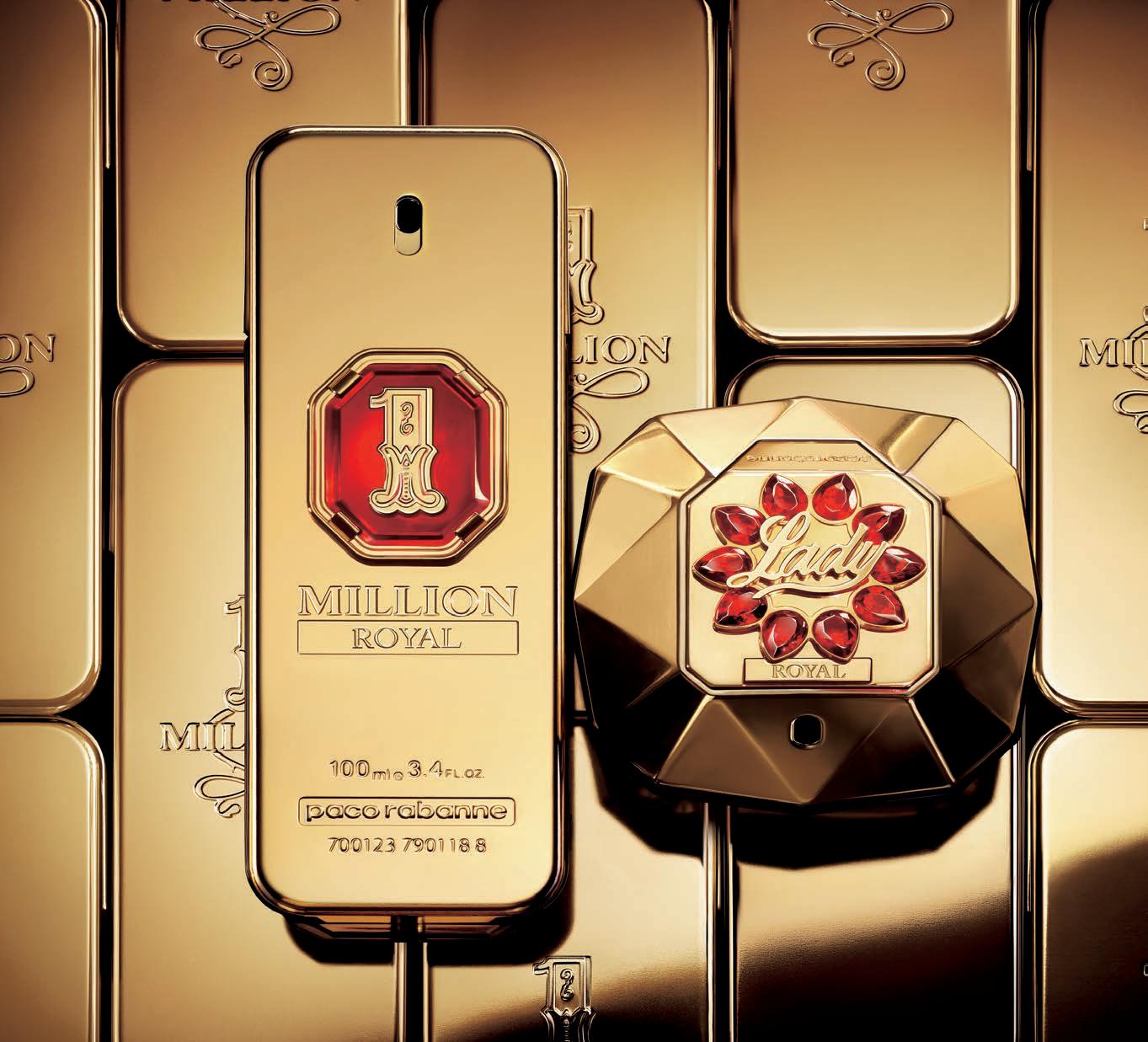


Compiled by Penny Harrison
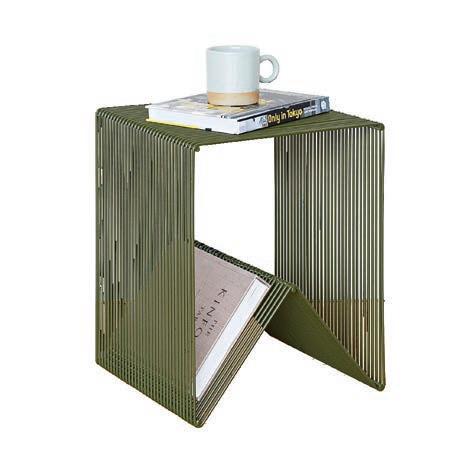


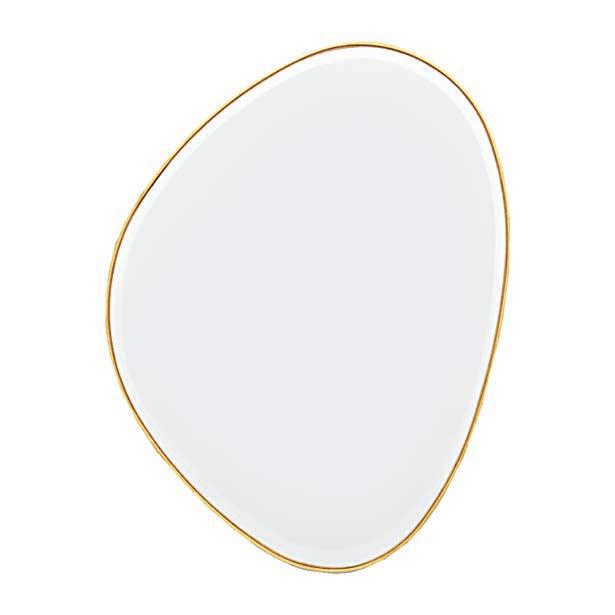

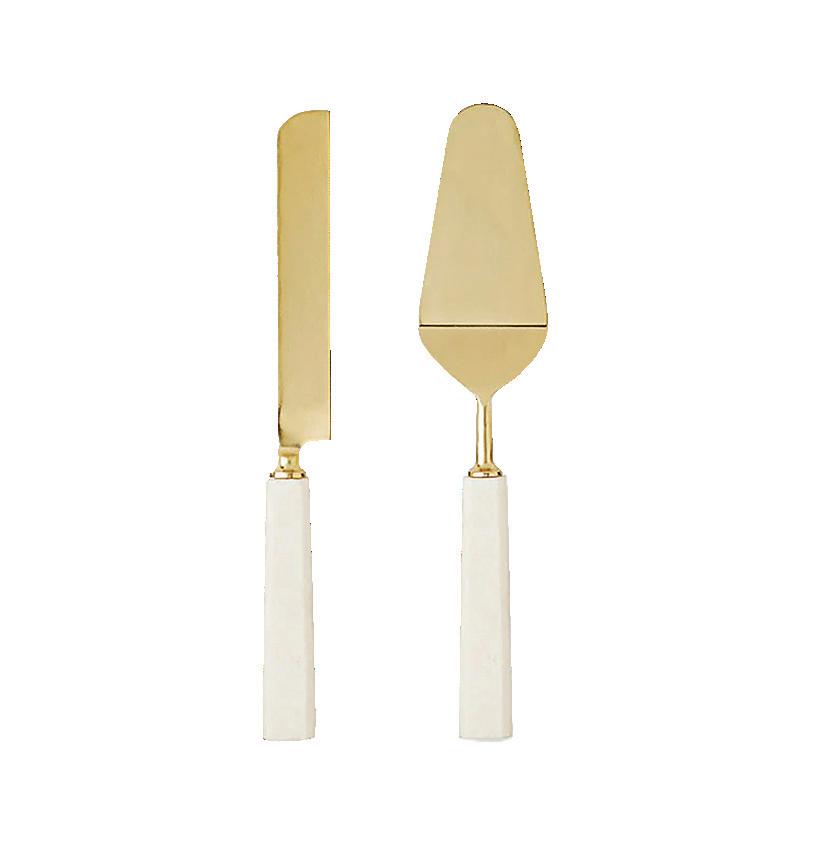

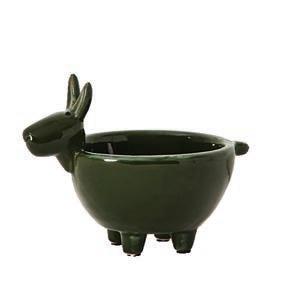
Warranbrooke Pebble mirror, $329, goodhuisco.com.au; Beaded Fountain candle holder, $129, blackblaze.com.au; Lucerne donkey bowl, $29.95, provincialhomeliving.com.au; Aries cake-server set, $54.95, madraslinkonline.com.au; Cooking Mindfully by Kait Welch, $44.99, panmacmillan.com.au; Bergen armchair, $799, livingbydesign.net.au; Willowby side table, $399, freedom.com.au; Emac & Lawton Toti pendant, $308, bestbuylighting.com.au
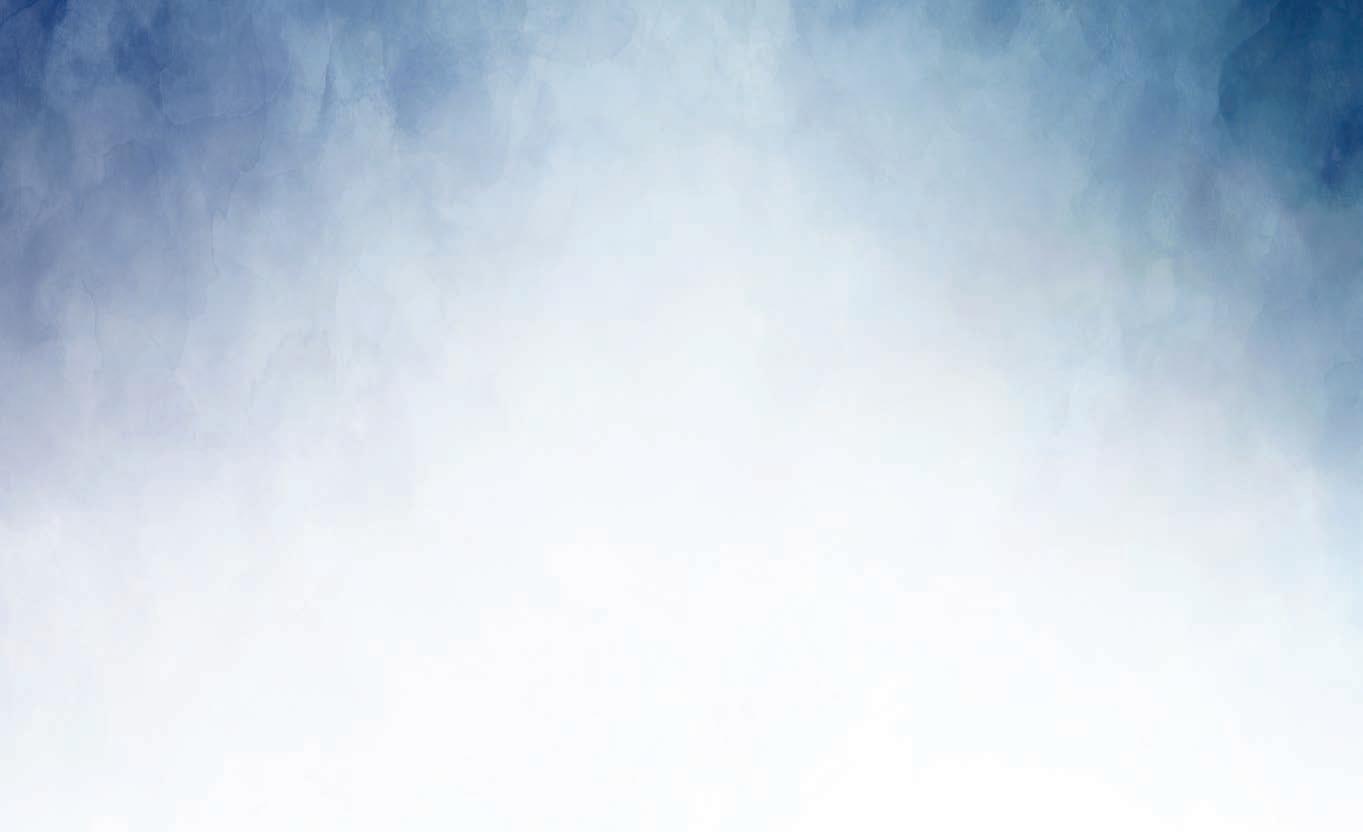



Kimberley Freeman (Hachette)
RRP $32.99
Many of us know the story of former prime minister Harold Holt — but what of his wife Dame Zara Holt? Kimberley fills in the gaps of Zara’s rich and captivating life, which features everything from loss and love, to her talent and presence in the fashion industry. The story starts with a simple tale of how Zara met Harold, before launching into a winding journey of marriages, overseas travel, clashing careers, family and infidelity. Life in the spotlight comes with its challenges, but nothing seems to keep them apart. That is, until Harold disappears while swimming off Victoria’s coast in 1967. Zara loses herself in the memories of their volatile relationship and is left to reason with the sudden loss of her husband. This insightful story transports readers to a past Australia, and captures the full spectrum of one woman’s passionate life.

Jane Caro (Allen & Unwin)
RRP $34.99
When a lyrebird mimics a woman’s scream in the remote Barrington Tops rainforest in NSW, ornithology student Jessica is alarmed. Having captured video of the native bird and its terrifying cry, she hands it to the police as she knows it can mean only one thing — it’s recreating something it has heard nearby. But with no missing person report or body found, the case goes cold. Twenty years later, a decomposed body is found in the same area and Senior Sergeant Megan Blaxland is brought back from retirement to investigate the case. She reunites with Jessica and they soon discover a murky trail involving human trafficking and organised crime that places their and their loved ones’ lives at risk. With plenty of plot twists to keep you guessing, Jane’s extensive research also brings to life a complex story that is both gripping and thoughtprovoking in equal parts.
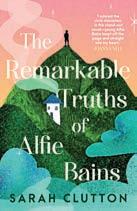
Sarah Clutton (Allen & Unwin)
RRP $34.99
Nine-year-old Alfie suspects his mother Emilia has been lying about his father for years, but when they return to Tasmania from Ireland, he starts discovering facts she would much prefer stayed hidden. As Alfie digs deeper, he uncovers painful memories and long-buried truths that force his family to confront their past. Drawing on her own childhood spent on a farm in Tassie, Sarah captures the natural beauty and close-knit charm (and challenges) of family drama and small-town living in vivid detail. Uplifting and heartfelt, this story balances feel-good moments with thoughtful explorations of more serious themes. Through Alfie’s eyes, the complexities of love, loss and forgiveness are woven together with the rich tapestry of Tasmania’s landscapes.
Jonathon Moran and Dr Jodie Lowinger (Wiley) RRP $34.95
Drawing on his own journey with mental health challenges, journalist Jonathon “JMo” Moran shares practical tools for managing life’s ups and downs, supported by the expertise of clinical psychologist Dr Lowinger. Through candid anecdotes, from encounters with celebrities to deep personal reflections, Jonathon illustrates how he built a toolkit to cope with trauma,
loss and everyday struggles. This brutally honest self-help book provides actionable coping strategies that address a wide range of issues, from depression and addiction to self-esteem and grief.
Mental As Anyone is a powerful reminder that while life can be tough, we all have the resources within ourselves to navigate the chaos and thrive.

Sophie Walker and Jodi Wilson (Murdoch Books)
RRP $39.99
The focus is on the mums in this guide to navigating the physical and psychological changes that come with adjusting to life with a newborn.
Tim Curtis (Macmillan)
RRP $39.99
Get a head start on equipping kids with the skills to handle life’s ups and downs with the latest research and tips from experts to help them grow into confident, capable adults.
Sarah Hayden (Murdoch Books) RRP $34.99
For those parenting a neurodivergent child, this book is full of practical tips and insights covering everything from diagnosis and family life to schooling, puberty, therapy and food.
Melbourne Winter Masterpieces: French Impressionism, until October 5
Step into a world of colour, light and captivating beauty at Melbourne’s NGV International as French Impressionism returns with more than
100 stunning works by the likes of Monet, Renoir, Degas, Manet, Cassatt, Sisley and more.
In partnership with the Museum of Fine Arts, Boston, the exhibition showcases beloved masterpieces and items never before seen in Australia, offering a fresh look at this revolutionary late-19th-century art movement.
ngv.vic.gov.au/ exhibition/frenchimpressionism


Hosts and partners in life
Cam and Ali Daddo explore the inner workings of relationships through candid chats with inspiring couples. Tune into heartfelt stories, dating tips and honest insights into love, connection, conflict and longevity.
Winter Wonderlights, Ballarat, Victoria, July 4-27
Experience a magical winter escape at Sovereign Hill, a living museum that is a replica of an 1850s gold rush town. Once the sun sets, the main street is transformed into a glowing winter wonderland, with vibrant projections lighting up the buildings and faux snow drifting through the air. Be swept up in the sights and sounds, with live music and plenty of opportunities to soak up all the magic. sovereignhill.com.au/ events/winter-wonderlights
Cairns Indigenous Art Fair 2025, July 10-13
Celebrate Queensland’s Aboriginal and Torres Strait Islander cultures with this dynamic fair. Set in the lush Cairns botanical precinct, this year’s event will
feature more than 600 visual artists and 150 performers taking part in a program that includes art, fashion, cultural demonstrations, artist talks, masterclasses, food and guided tours. Expect immersive experiences, bold creativity and powerful storytelling. ciaf.com.au
Illuminate Adelaide, July 2-20
Enjoy this dazzling annual festival that lights up South Australia’s capital city with boundary-pushing art, light, music and technology. As night falls, laneways, landmarks and hidden corners burst to life with vibrant installations and experiences. From awe-inspiring projections to experimental performances, the festival is a great excuse to stay up late, get curious and discover the unexpected. illuminateadelaide.com

Dive into the raw and real side of love, sex and relationships with dating coach Nicole Colantoni and her bold guests. Learn about unpacking trauma, dealing with conflict, types of attachment styles and breaking toxic patterns.
City2Surf, Sydney, August 10
This iconic event isn’t just a 14km run from Sydney’s CBD to Bondi — it’s a celebration of community, fun and giving back. Whether you’re chasing a personal best, conquering Heartbreak Hill, raising funds for charity or just in it for the medal (and the brunch after), this event is all about doing it your way. Dress up, team up and soak up the vibes. city2surf.com.au
Chocolate Winterfest, Latrobe, Tasmania, August 10
It’s the perfect season to indulge yourself. Join a wickedly delicious celebration of all things chocolate, from tastings and treats to quirky events, games and entertainment, at this tastebudtingling festival on Tasmania’s north coast. chocolatewinter fest.com.au

Hosted by relationship counsellor Laura Press, this engaging series shares practical tools and expert insights to help couples reconnect. From common intimacy hurdles to the biggest mistakes parents make, it’s all about building stronger relationships.

LOVE LIFE WITH MATTHEW HUSSEY
Bestselling author Matthew Hussey and his brother Stephen offer practical relationship advice and hard-won wisdom to help people navigate love, communication and the often confusing world of dating, for more meaningful connections.

Liptember
Pop a bright colour on your lips and start a conversation about women’s mental health. Liptember is a fundraising campaign encouraging people to wear lipstick throughout September as a fun way to raise awareness and vital funds for this important cause. Chemist Warehouse is a premier partner of the campaign. Money raised aids women’s mental health programs, support services, research and initiatives funded by the Liptember Foundation. liptember.com.au

CHIRPOMATIC — AUSTRALIAN BIRDS
This is the ultimate bird song recognition app, covering all states and territories. Identify 400-plus species, whether you’re in your back yard, city park or out bushwalking.

EUCLID: EUCALYPTS OF AUSTRALIA
This app identifies 934 species and subspecies of eucalypts across the country. With more than 12,000 images and an interactive key, it provides detailed information, even offline, for field use.
1 What part of the human body is examined with an ophthalmoscope?
2 On the shores of which Swiss lake is the Lindt Home of Chocolate and museum?
3 Who was the bass guitarist of British rock band Queen from 1971 until 1997?
4 Which character does Margot Robbie portray in the 2016 film Suicide Squad ?
5 What active volcano is Japan’s tallest peak?
6 What is the medical term for high blood pressure?
7 In which US city is the Chrysler Building, the Rockefeller Center and Radio City Music Hall?
8 In what year was the first Winter Olympic Games held?
9 Myocardial infarction is the medical term for what?
10 In what country did the comic strip Footrot Flats originate?
11 Who painted La Primavera and The Birth of Venus in the 1400s?

Australia’s first AI-powered weed identification app helps manage over 450 weed species. Developed by the CSIRO, it uses AI trained on more than 120,000 images to provide alerts and tips.
12 Which Australianborn actor portrays the leading role of buccaneer Geoffrey Thorpe in the 1940 film The Sea Hawk?
13 What sporting event is the Iditarod, first held in 1973?
14 What organ is affected by hepatitis?
15 Which vitamin is often known as the “sunshine vitamin” because it can be produced by the human body when exposed to sunlight?
16 What is the name of Kristoff’s loyal reindeer in the 2013 animated film Frozen?
17 The secret ballot voting system in elections was first introduced by which country Great Britain, the United States or Australia?
18 In Roman mythology, who is the god of fire?
19 What is the term given to the day with the least amount of daylight hours of the year?
20 In which century did the Industrial Revolution begin in Great Britain?
21 On which continent is the country of Suriname?
22 Which two wives of King Henry VIII of England were beheaded?
23 What creature is a piranha?
24 What is the surname of Australian singersongwriter Sia?
25 In which US state is Death Valley National Park mostly located?
Regardless of the season, sun protection should be a year-round practice. Innovative new formulations are helping make sun protection less of a chore
When it comes to daily practices that boost our wellbeing, habits such as getting a decent amount of sleep and staying hydrated are instilled in us. Yet, when it comes to sun protection, people tend to be more lax, especially in the cooler months.
Contrary to popular belief, cloudy conditions or being indoors don’t protect us from UV exposure as much as we would like to think, and that’s because UV rays are always present and can penetrate through windows and clouds. Such scenarios reinforce why sun protection should be encouraged as a daily habit all year round.
UV rays can’t be seen as visible light, or felt as heat, so many people think they can skip sun protection in winter or on colder, overcast days.
There can be significant UV levels on those days; especially UVA rays. That’s why it’s important to wear sunscreen daily — even in winter.
Beyond standard sun exposure outdoors, some winter activities such as skiing and snowboarding can subject people to far higher UV levels, yet the associated risks of sun damage are often overlooked. If you are heading to the slopes this winter, the higher altitude and snow reflection mean you may be exposed to up to double the UV levels. Applying and reapplying broad-spectrum SPF50+ sunscreen is important. Protecting yourself against harmful UV rays doesn’t have to be a complicated process.
La Roche-Posay’s new Anthelios Age Correct Tinted SPF50, a cream used to conceal dark spots, also has the added benefit of SPF. Featuring a tinted CC cream with broad-spectrum SPF50 protection, the newest launch from La Roche-Posay is formulated with dermatological actives including niacinamide and hyaluronic acid, which may help to minimise the appearance of fine lines and wrinkles.
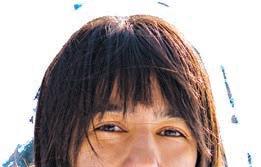

In addition to containing nourishing skincare ingredients, Anthelios Age Correct Tinted SPF50 also has 10 mineral pigments that provide natural looking coverage, making it a great all-rounder base product for those who want to factor in sun protection from the start of their day, or as part of their morning routine.
With a lightweight, nongreasy finish that is sensitive skin friendly, the new launch from La Roche-Posay is a solid option for winter. But if you’re after a non-tinted alternative, its cult classic Anthelios Invisible Fluid SPF50+* is another option.
The staple product has built a firm following for years thanks to its fragrance free, non-comedogenic formula and very high UVA/UVB protection, which has been tested on all phototypes. An added benefit for make-up wearers is its invisible finish, which allows beauty products to be applied seamlessly on top.
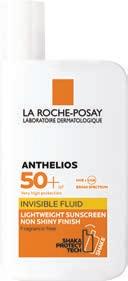

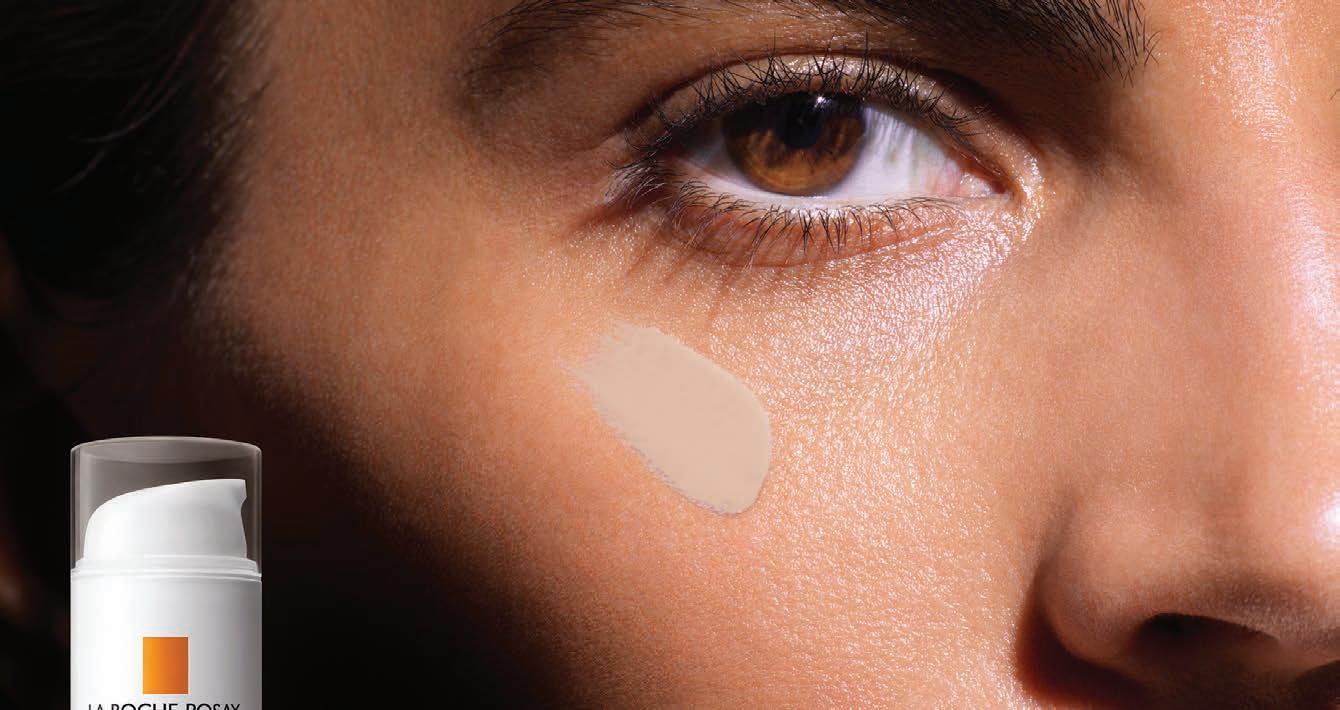
UV RAYS CAN’T BE SEEN AS VISIBLE LIGHT, OR FELT AS HEAT, SO MANY PEOPLE THINK THEY CAN SKIP SUN PROTECTION IN WINTER.
*Always read the label and follow the directions for use. Wear protective clothing, hats and eyewear when exposed to the sun. Prolonged sun exposure should be avoided. Reapply frequently.
